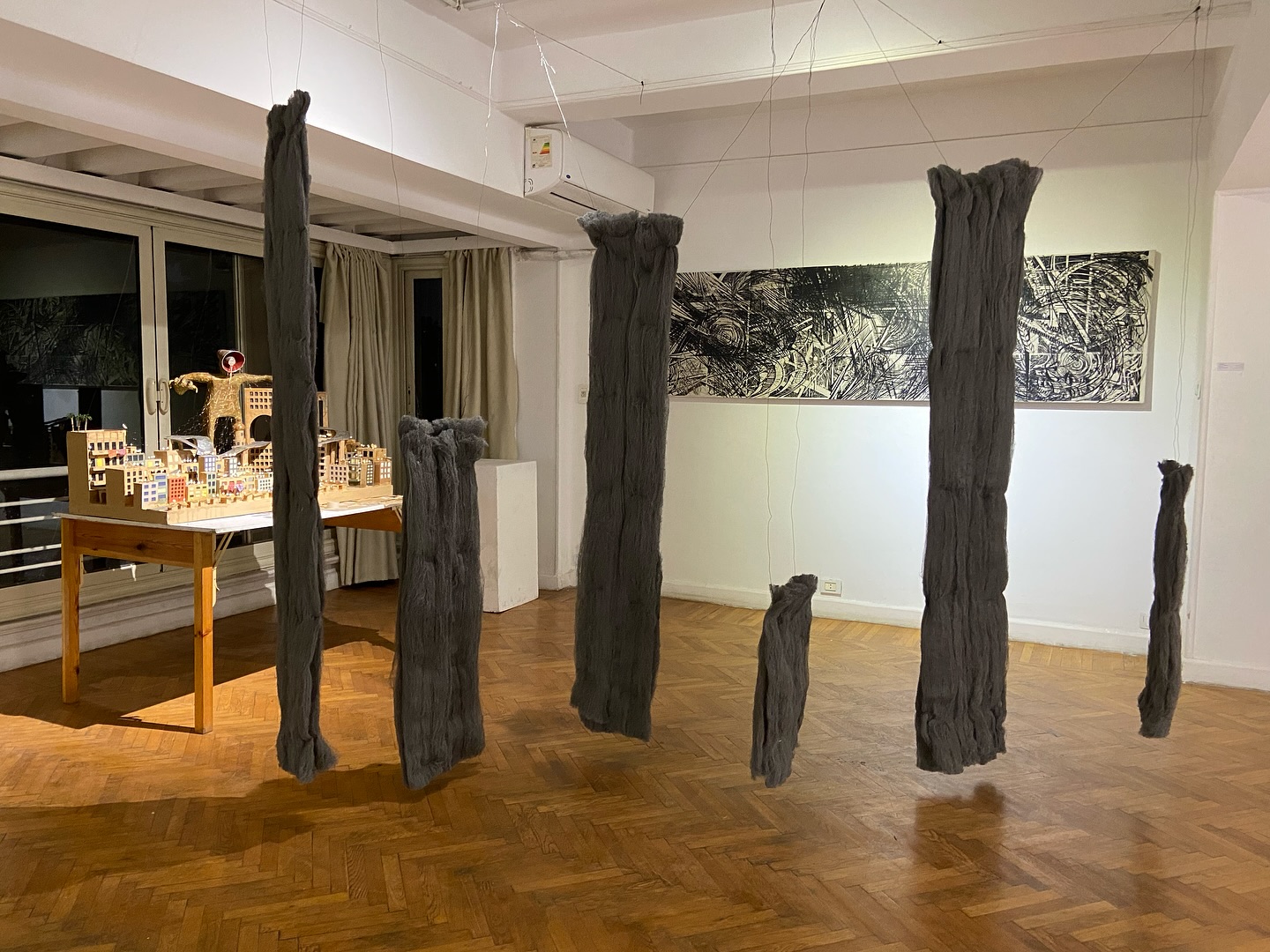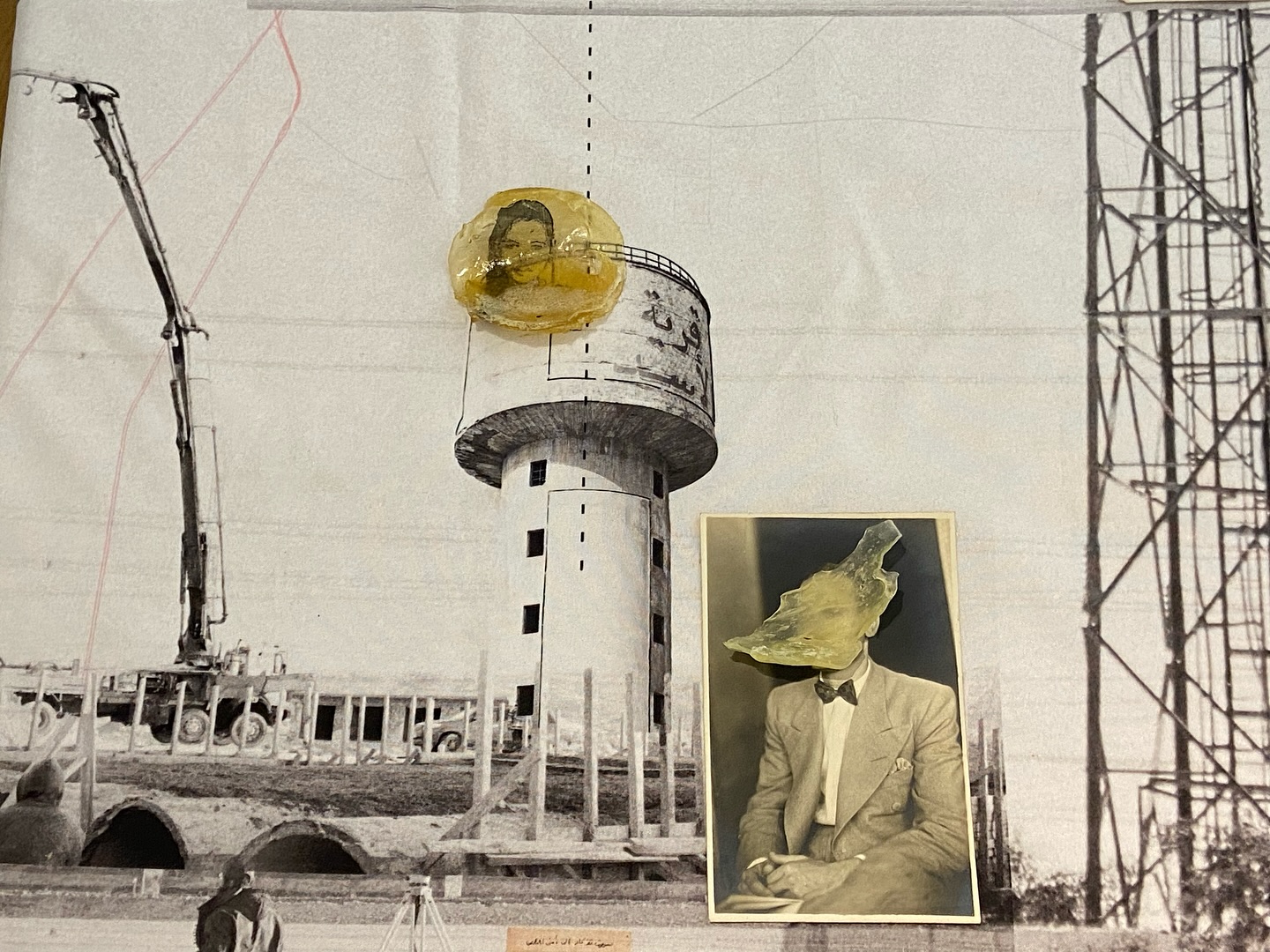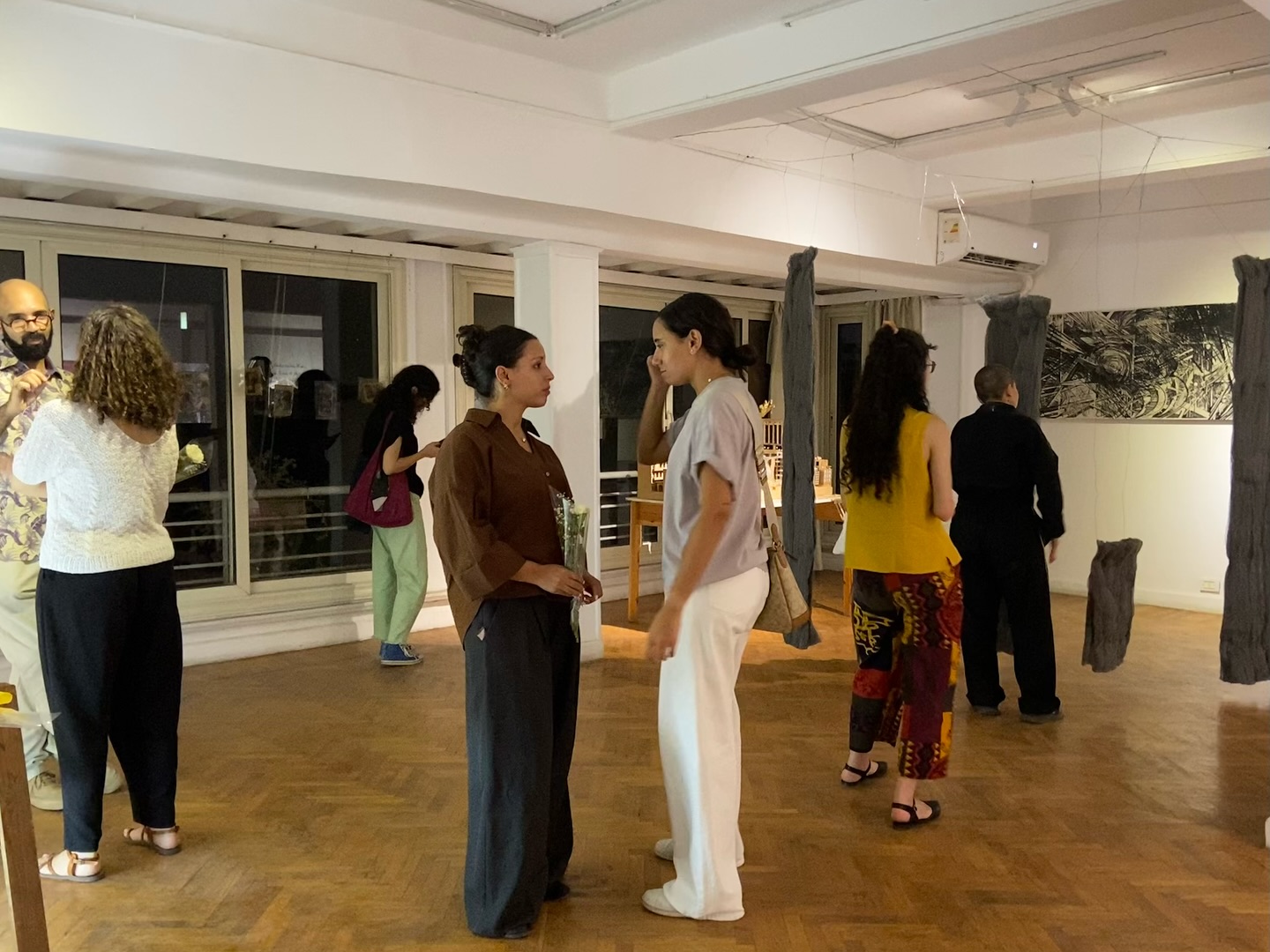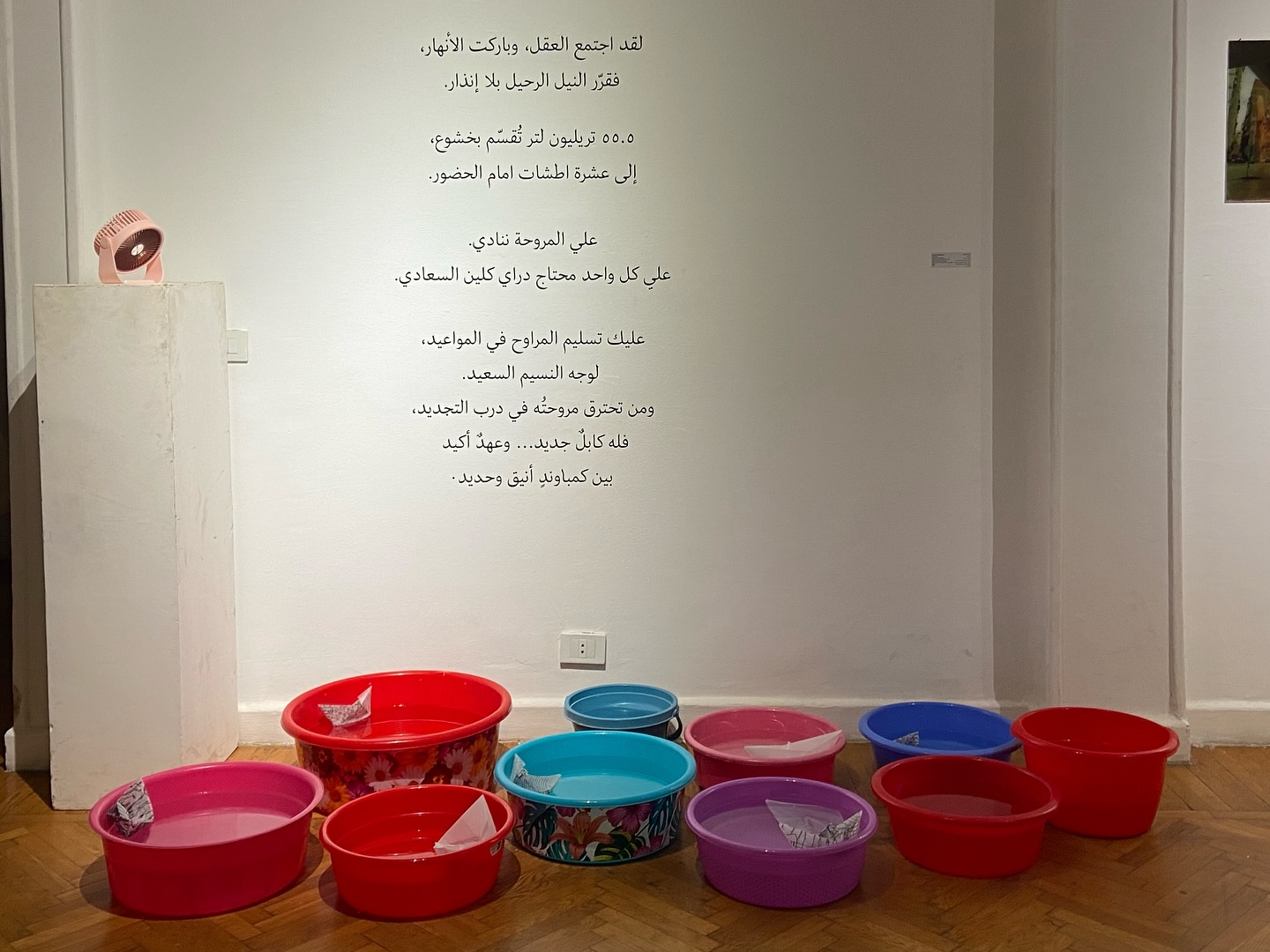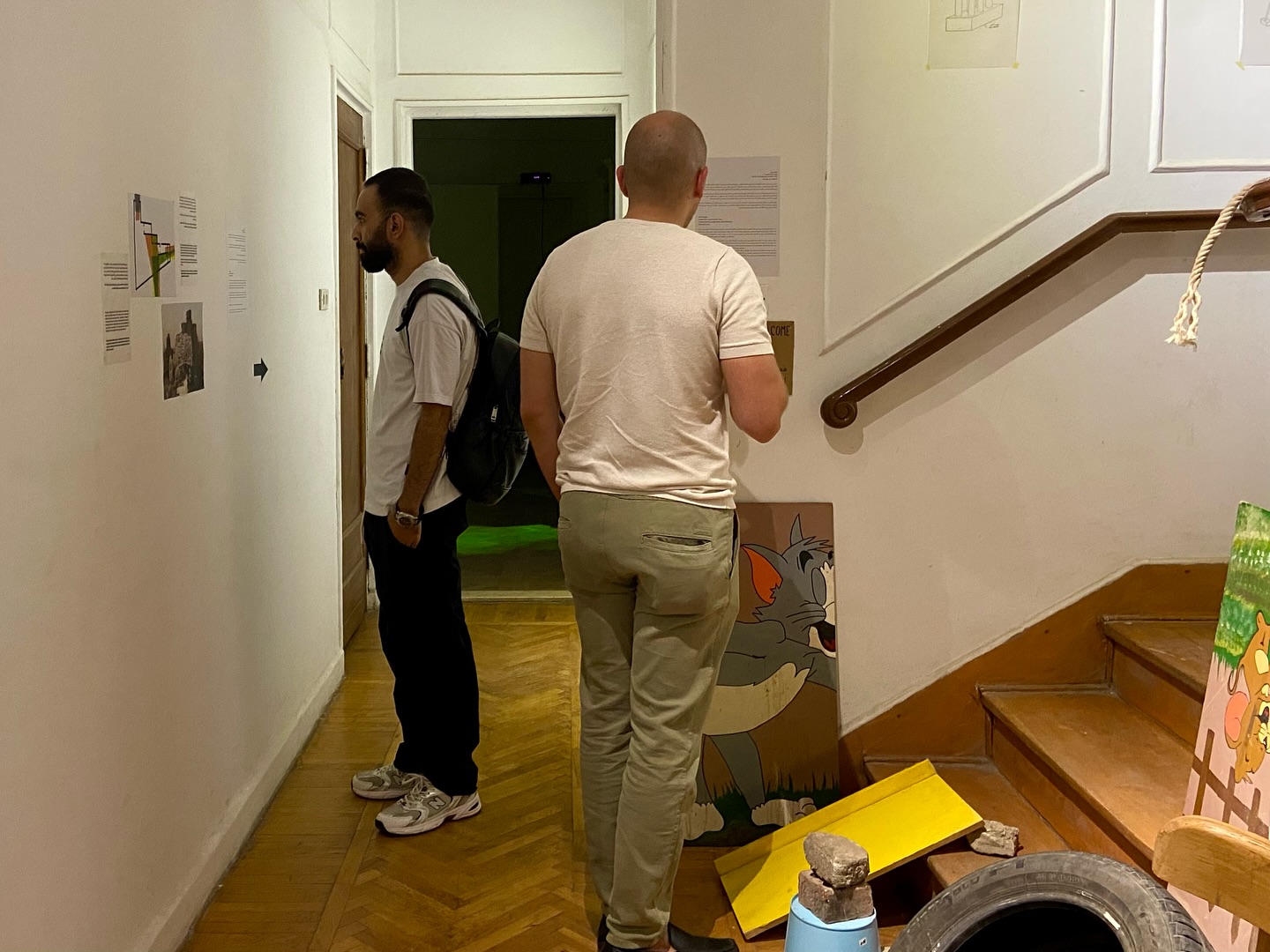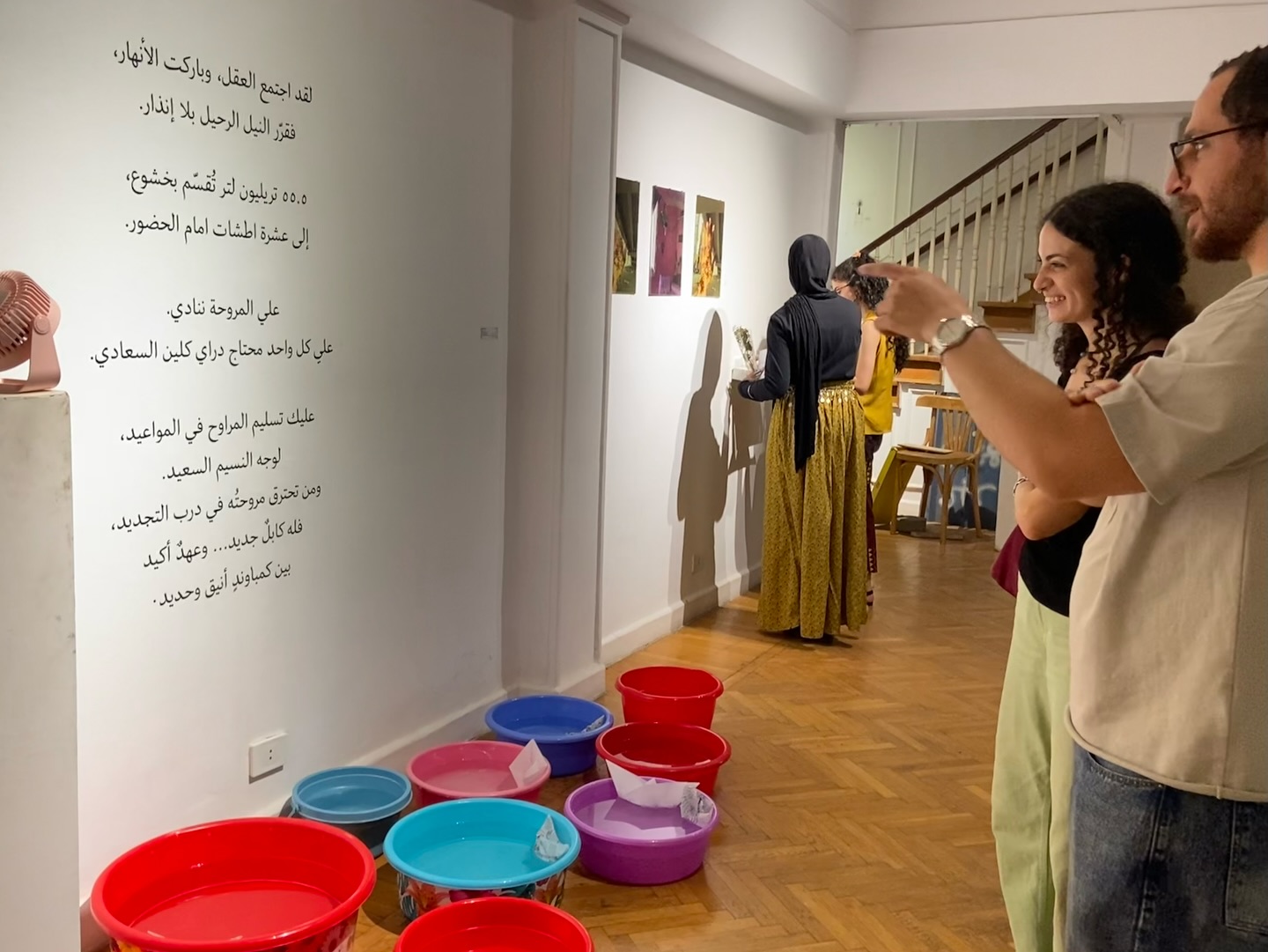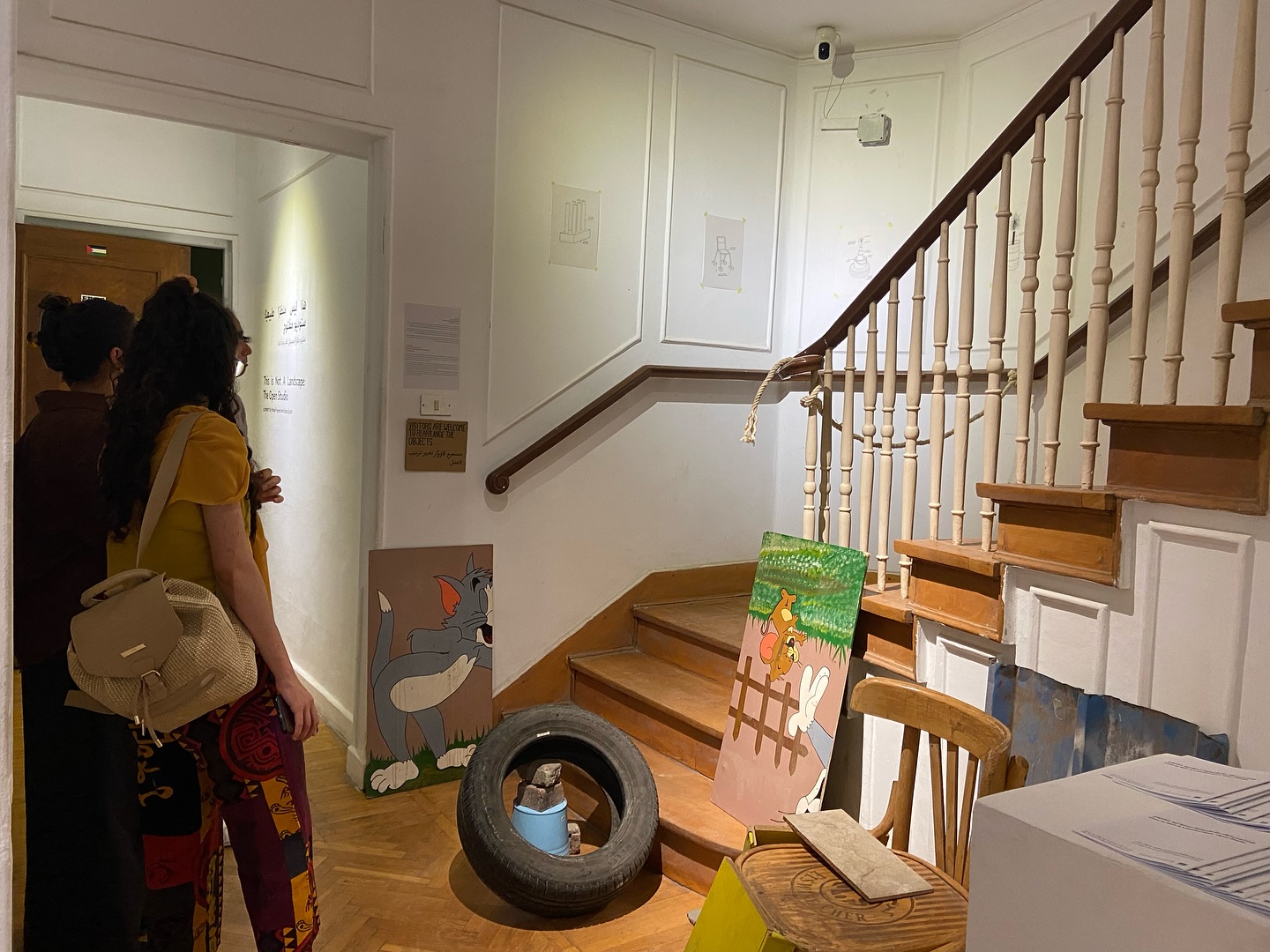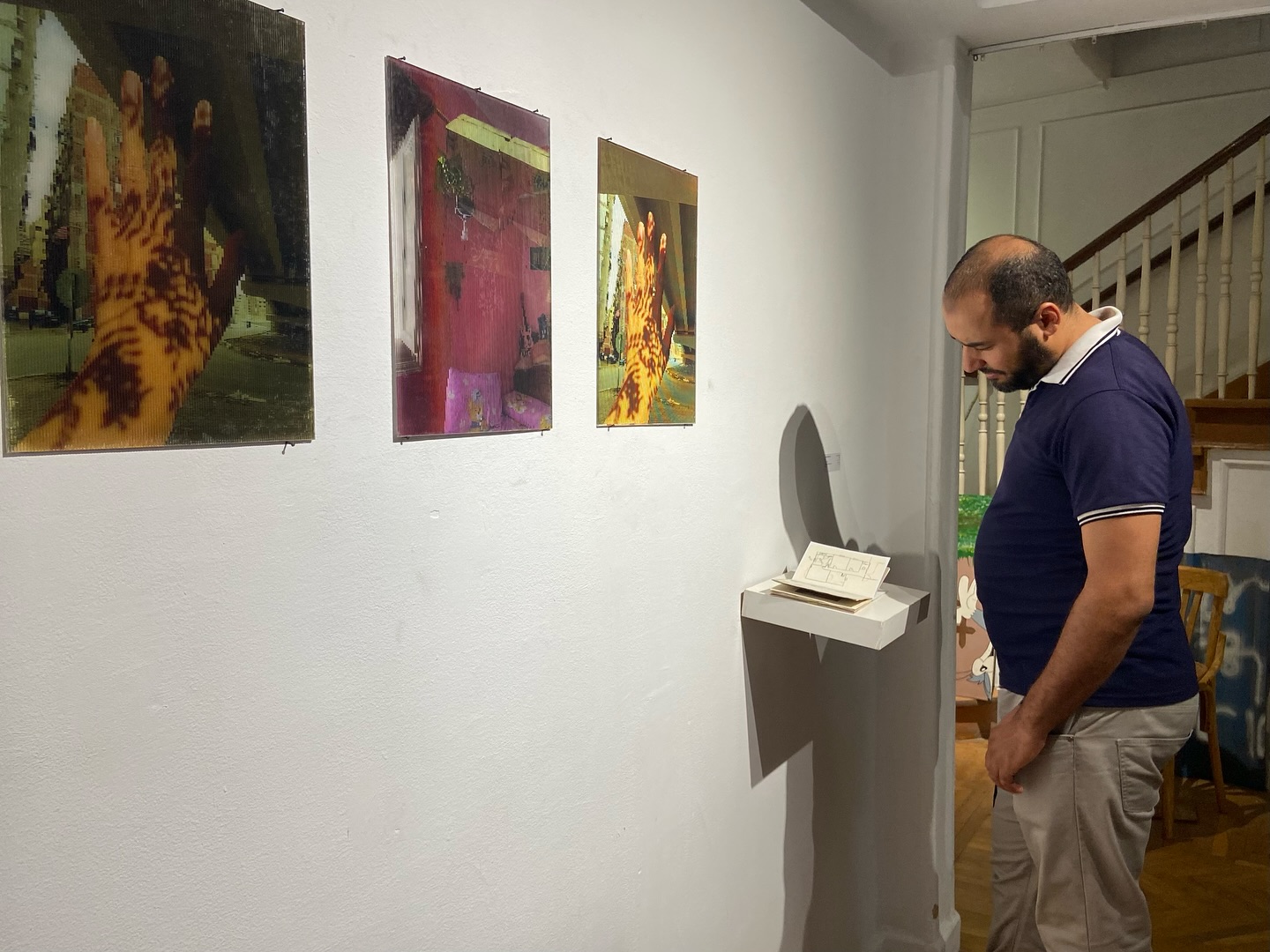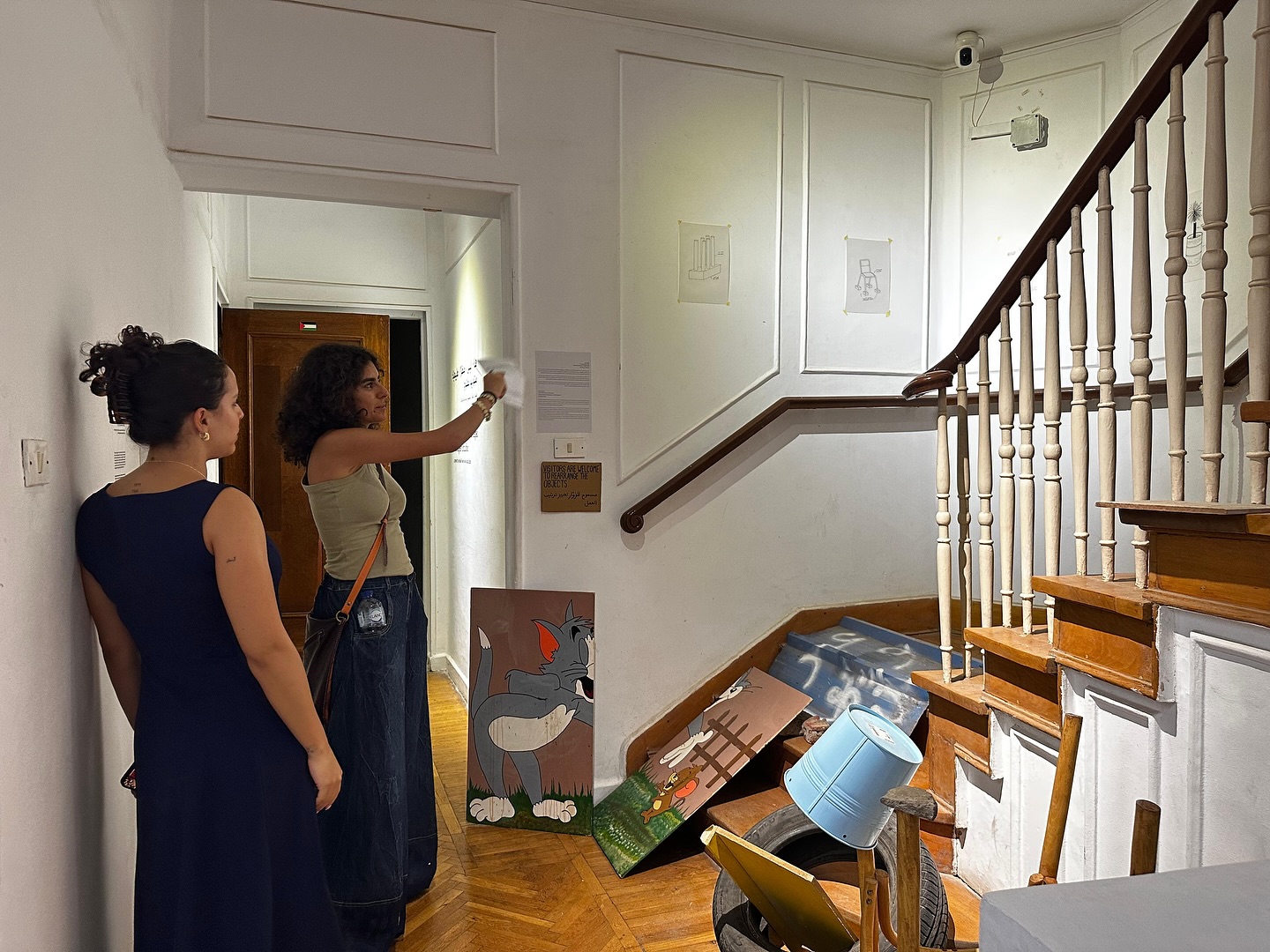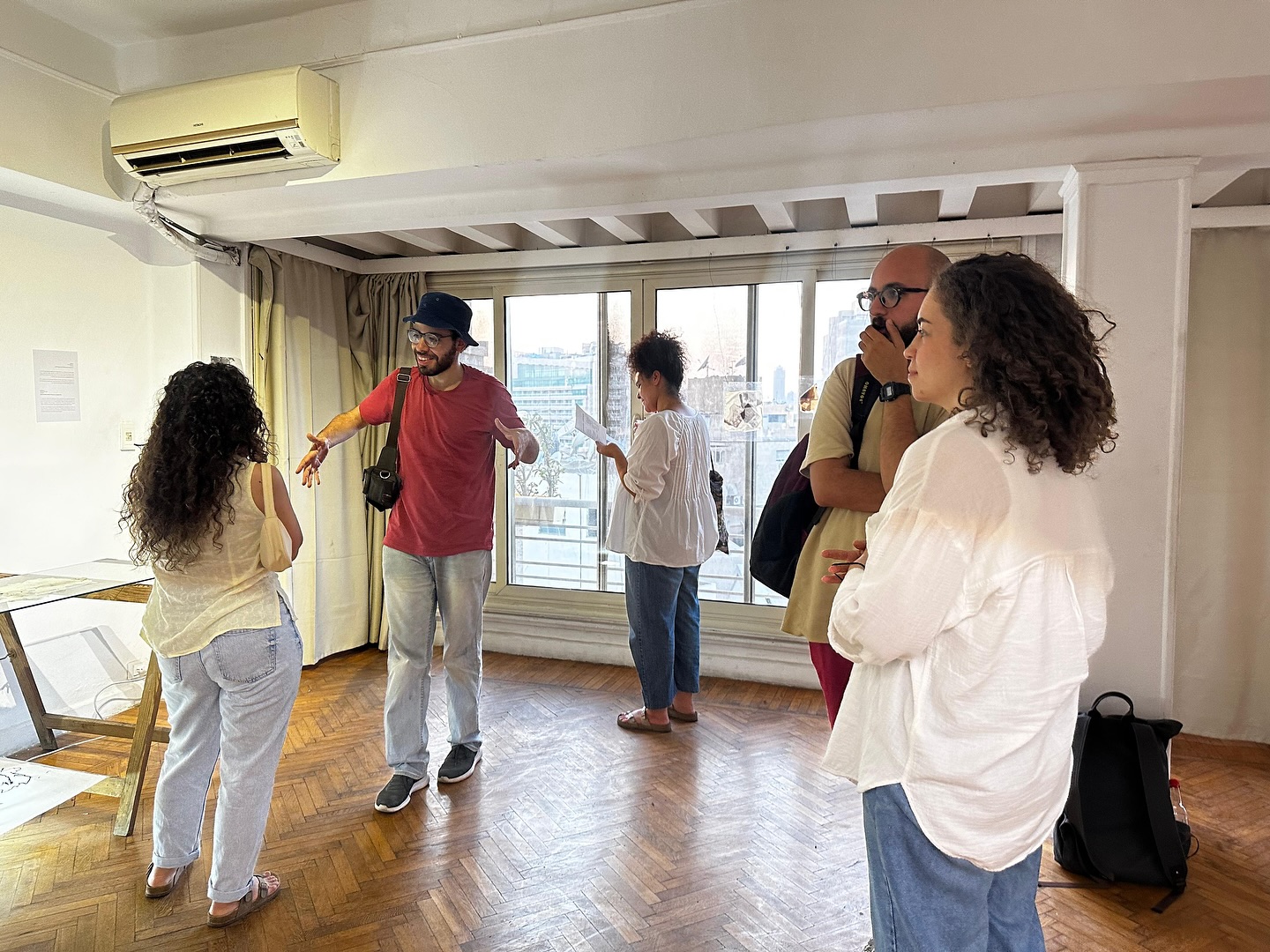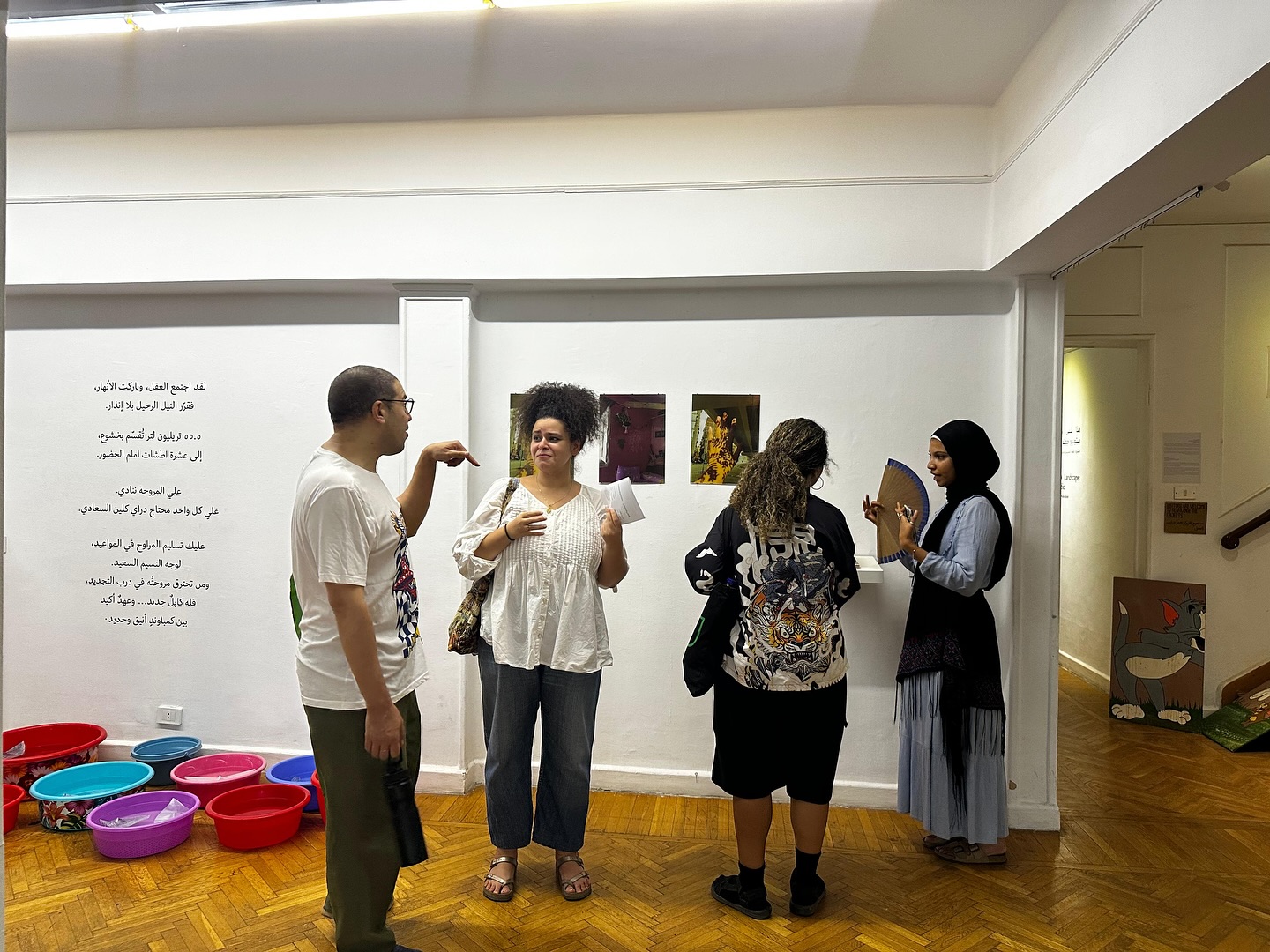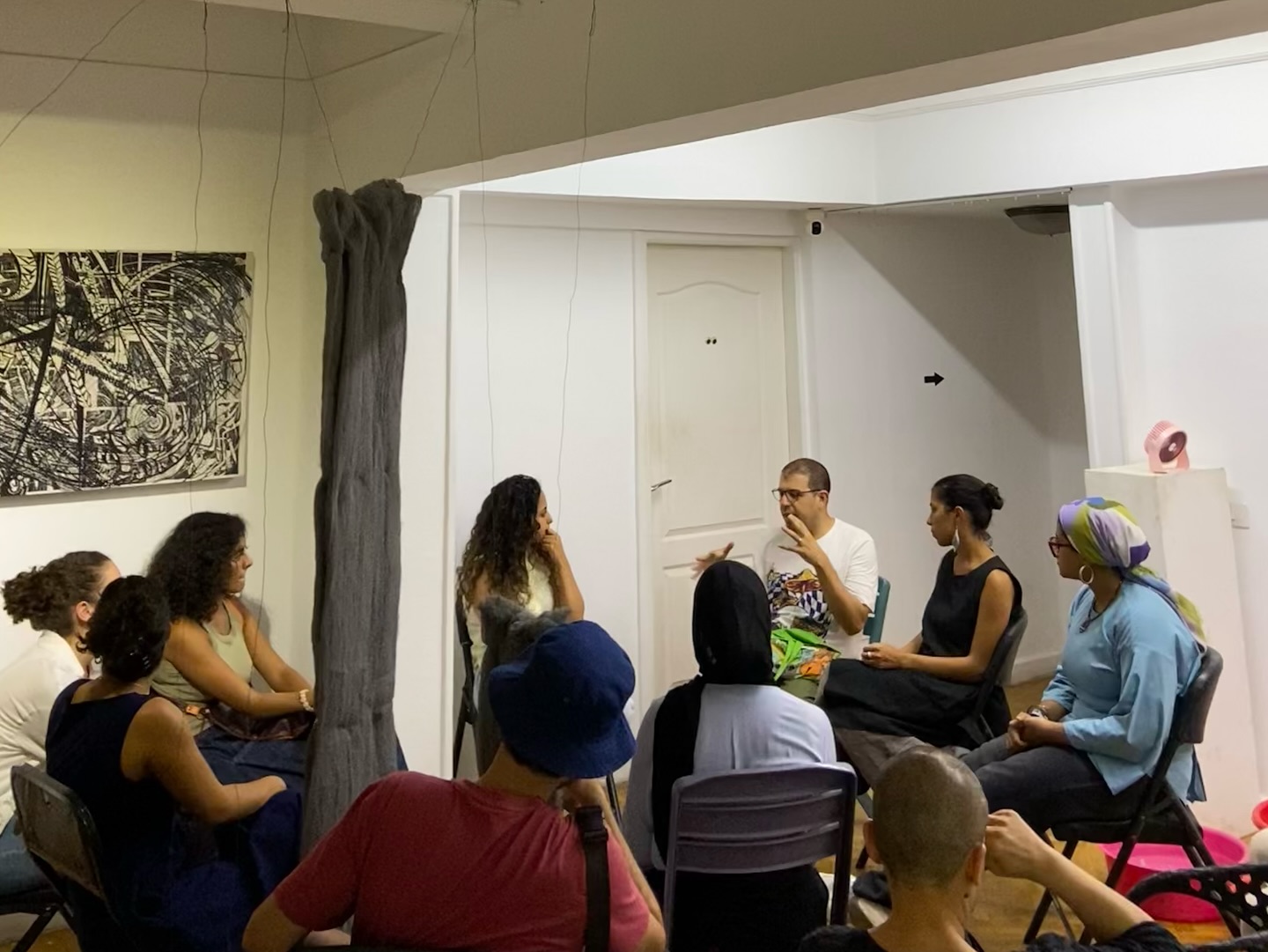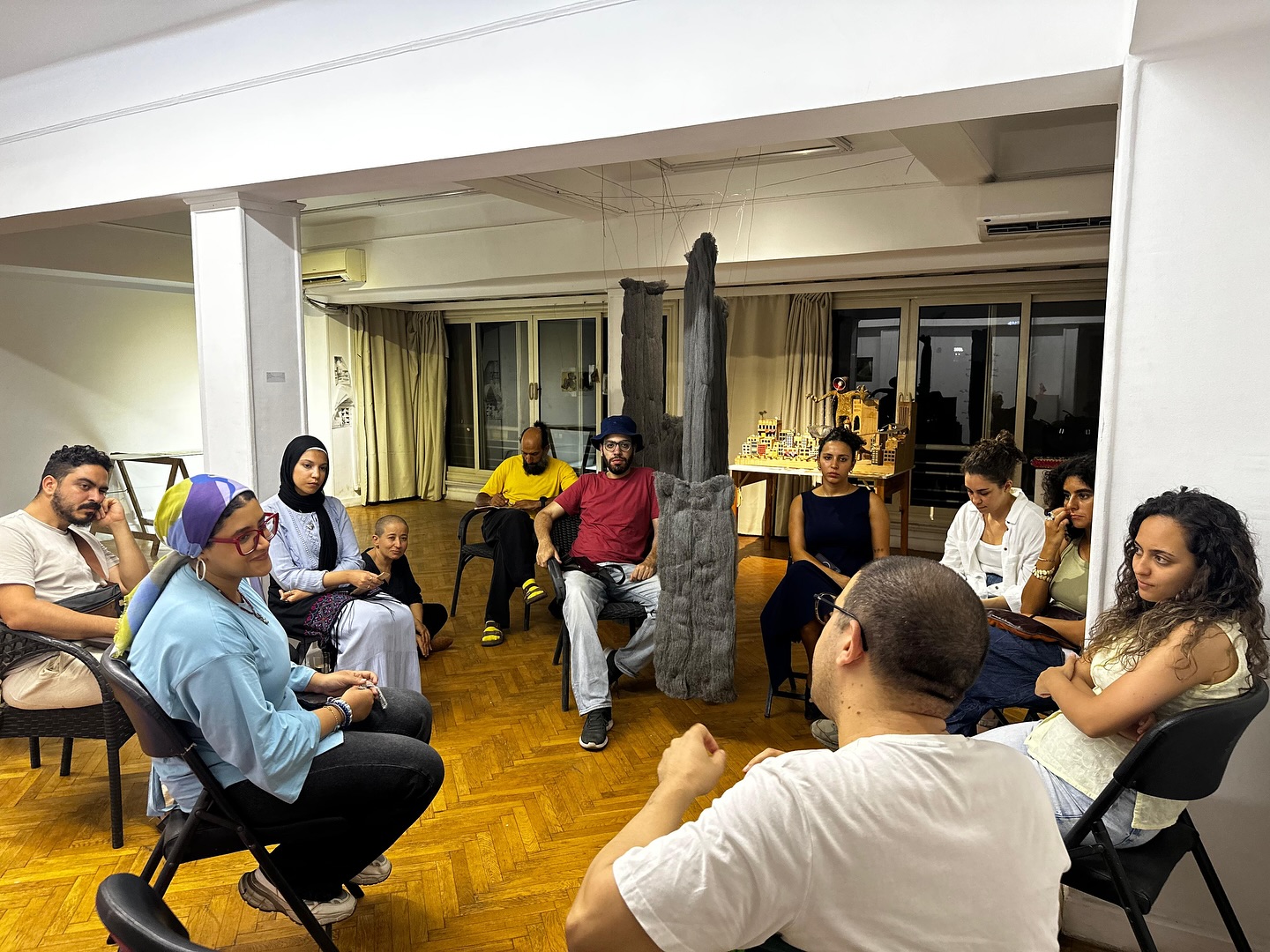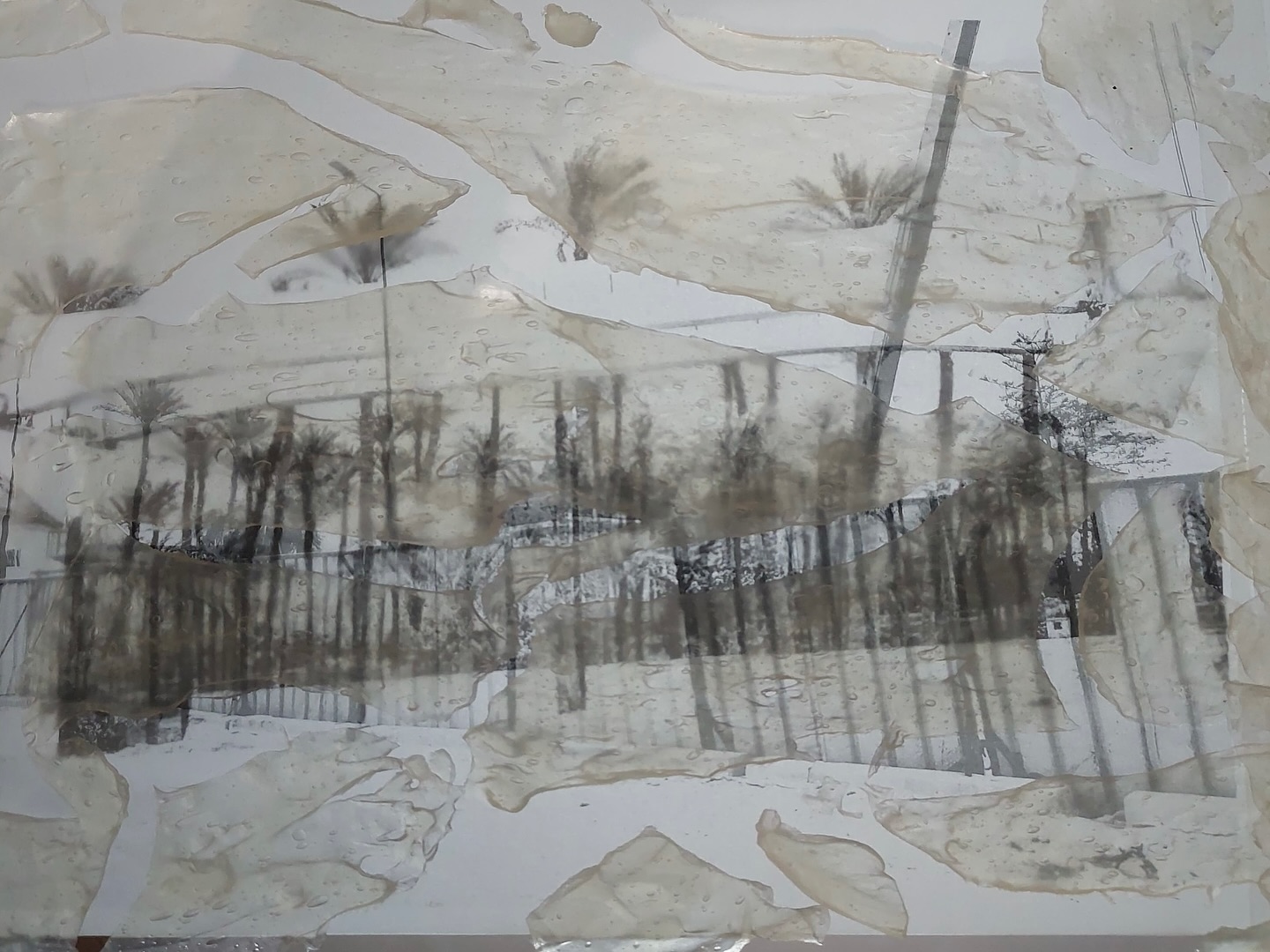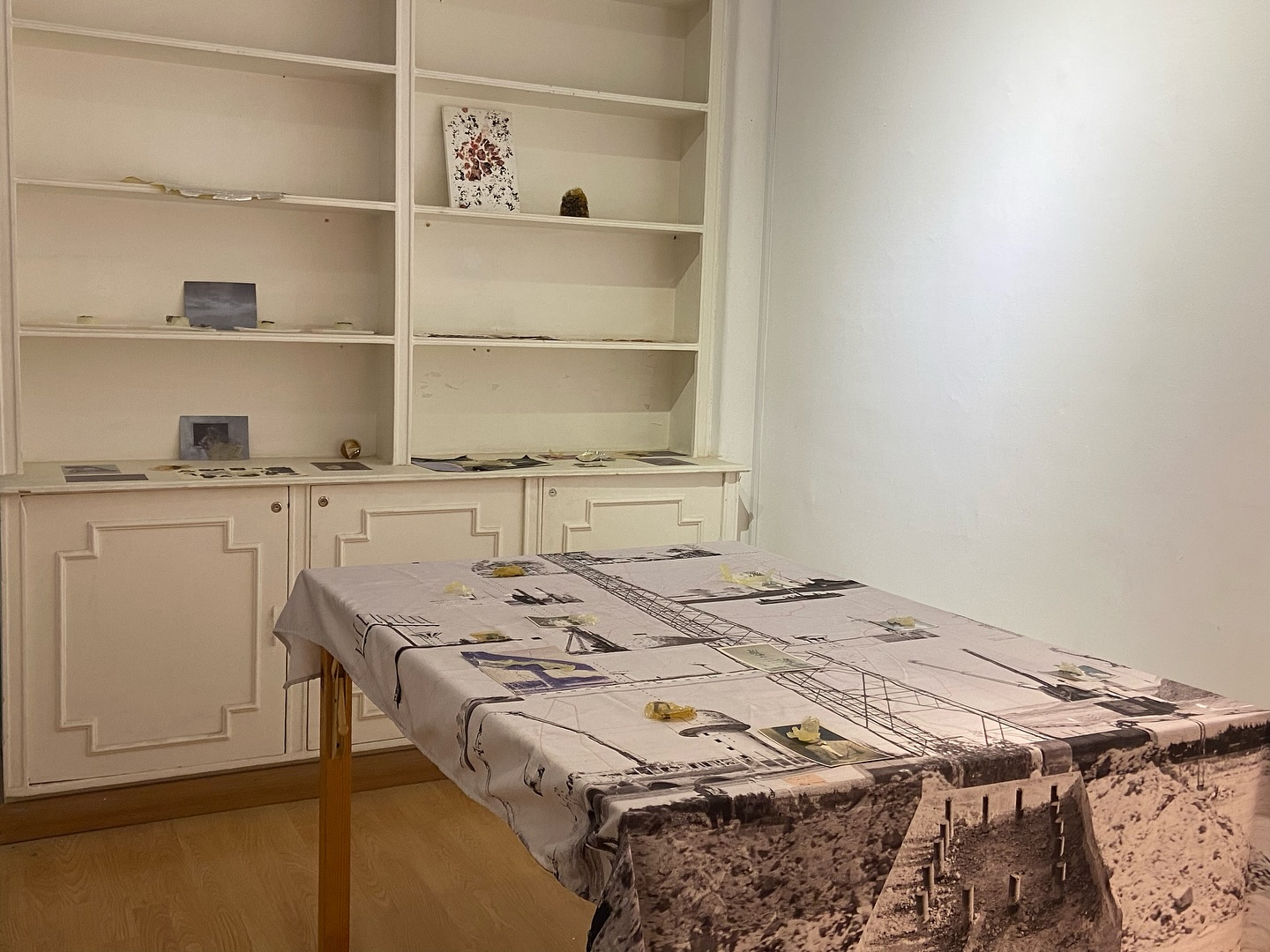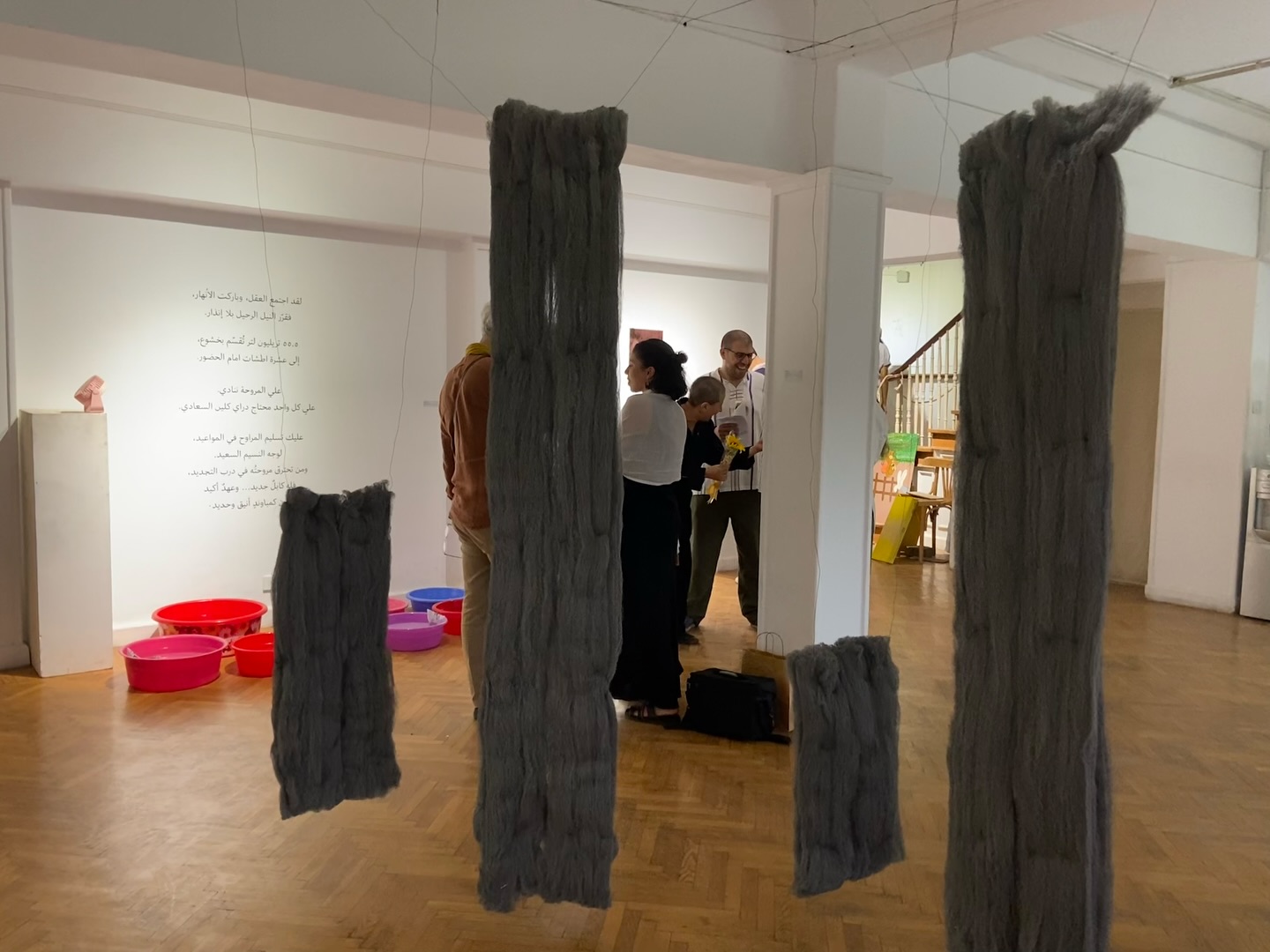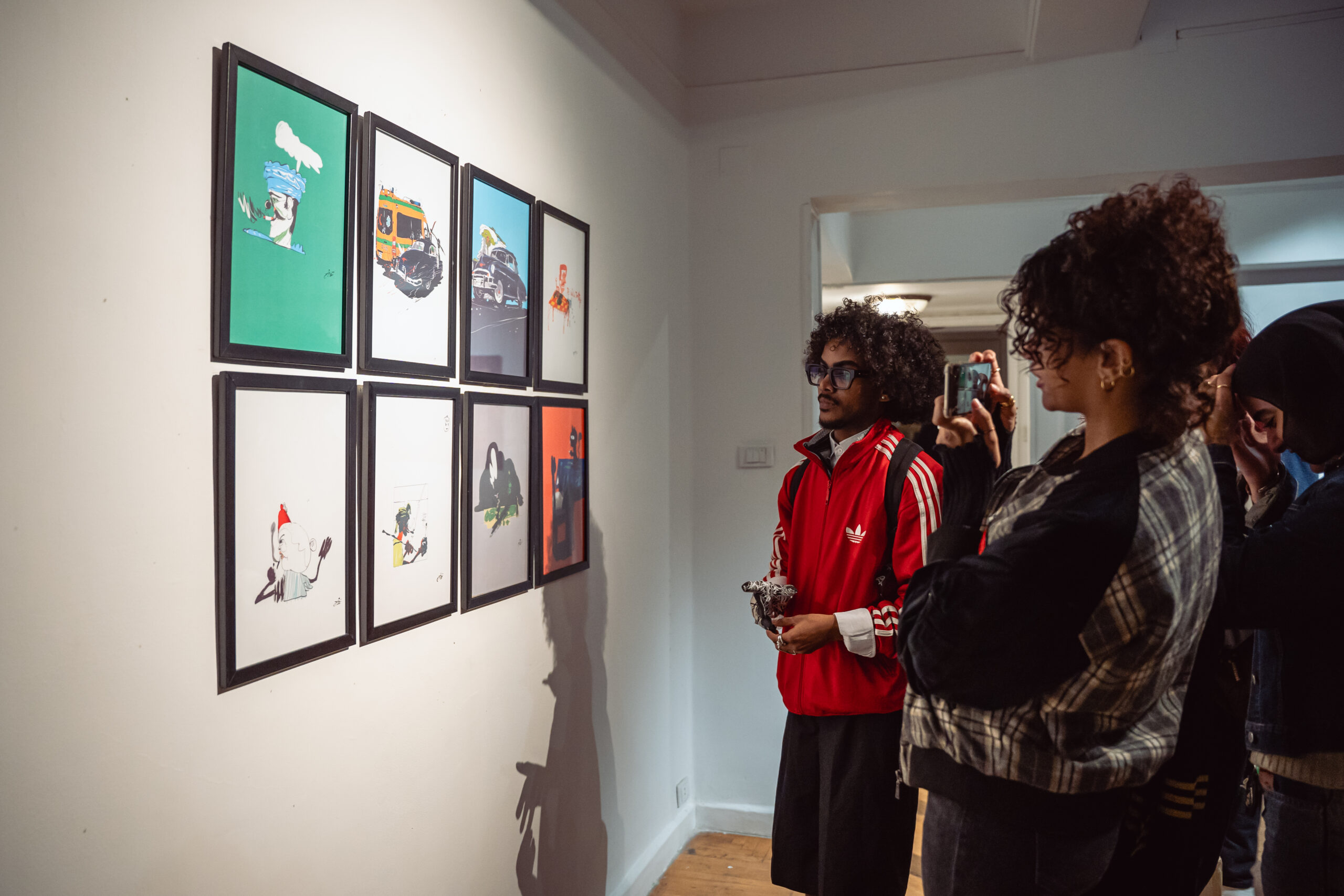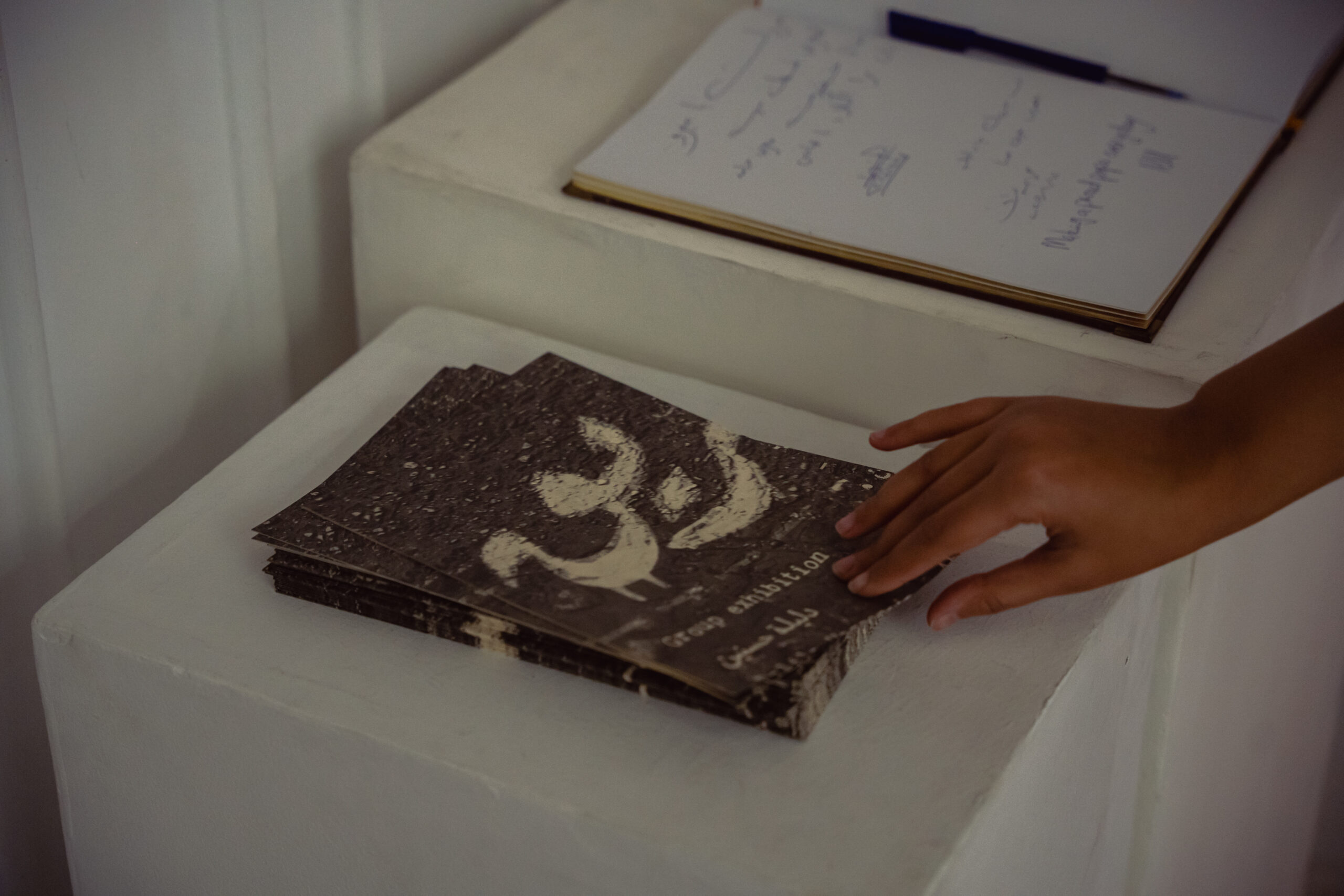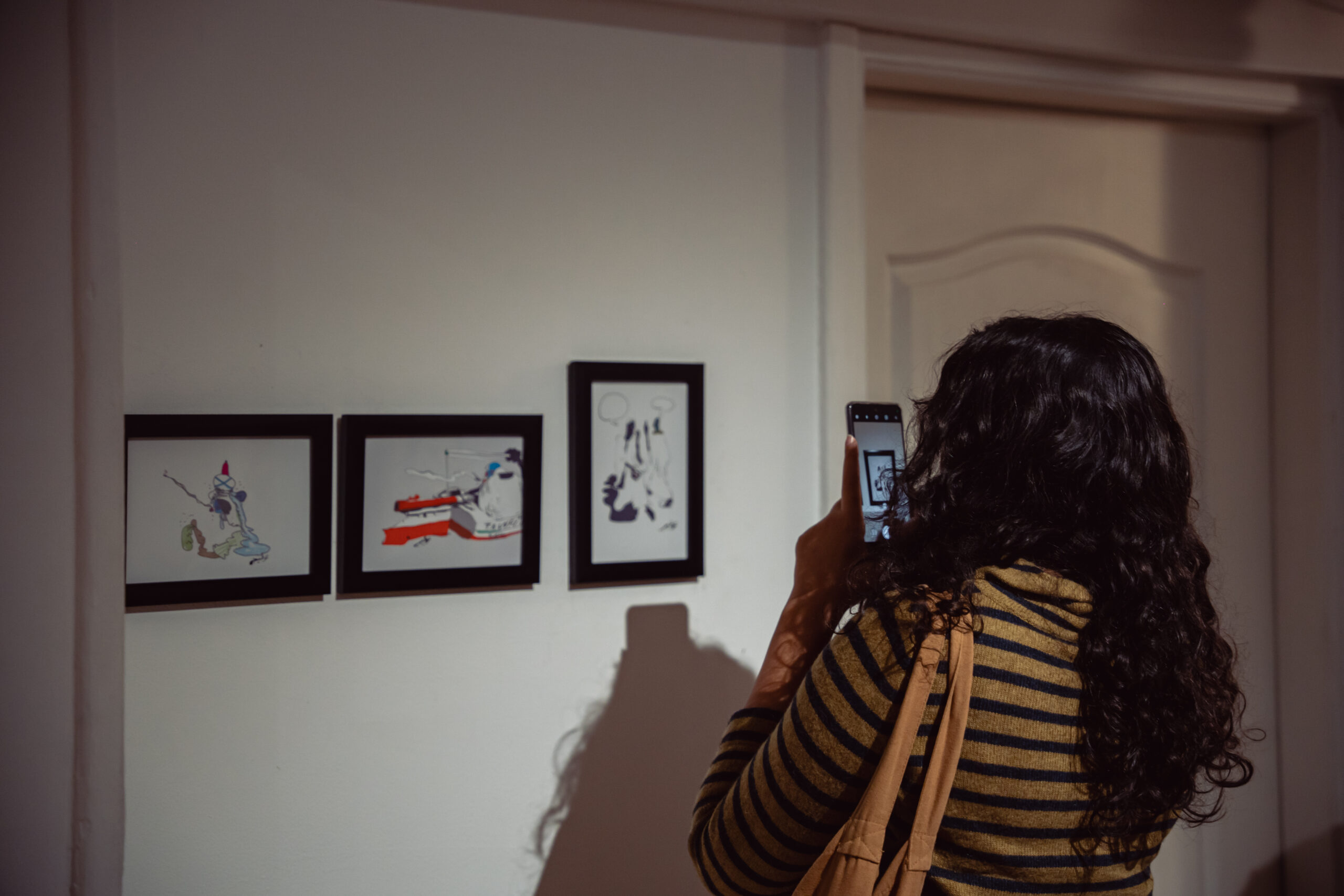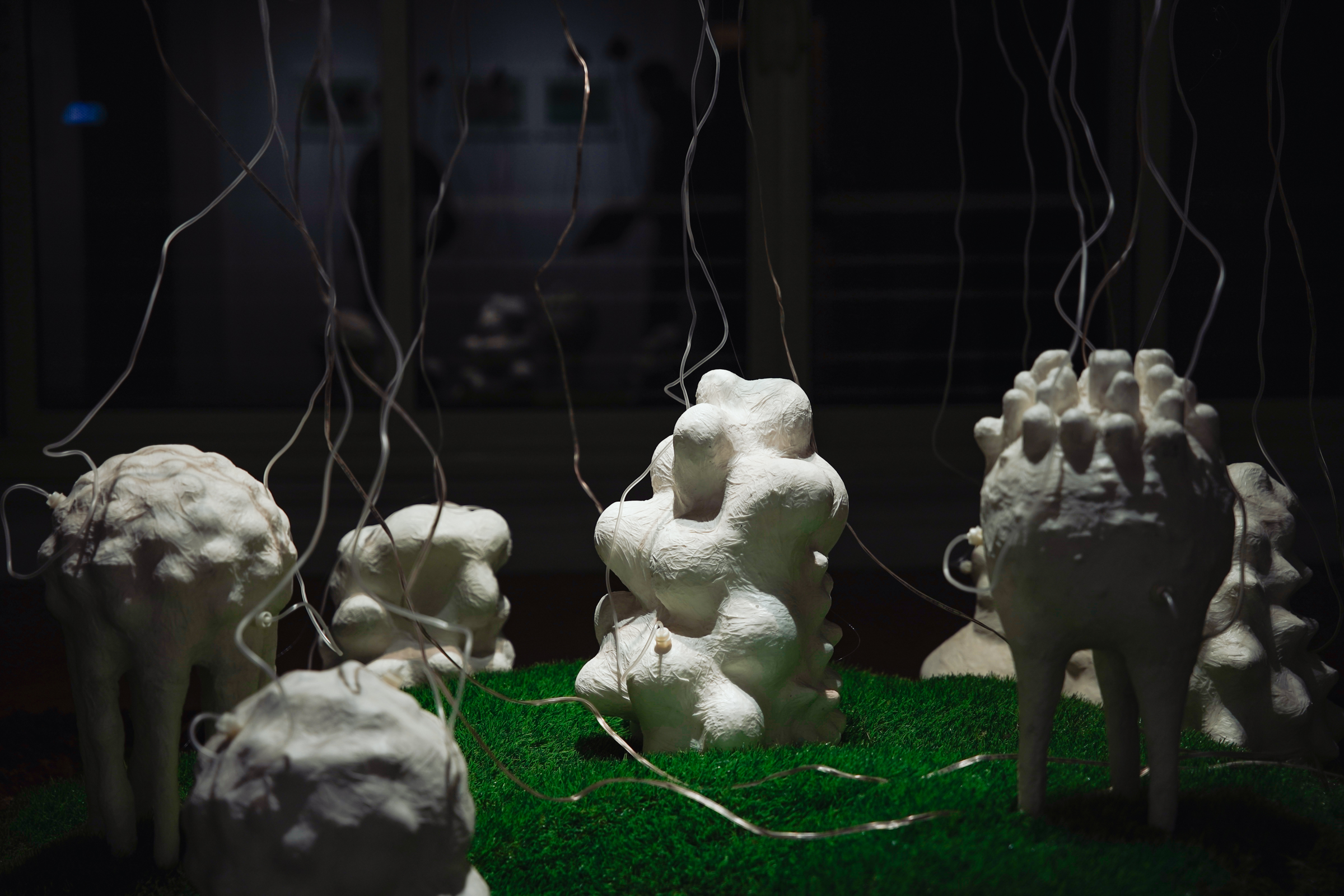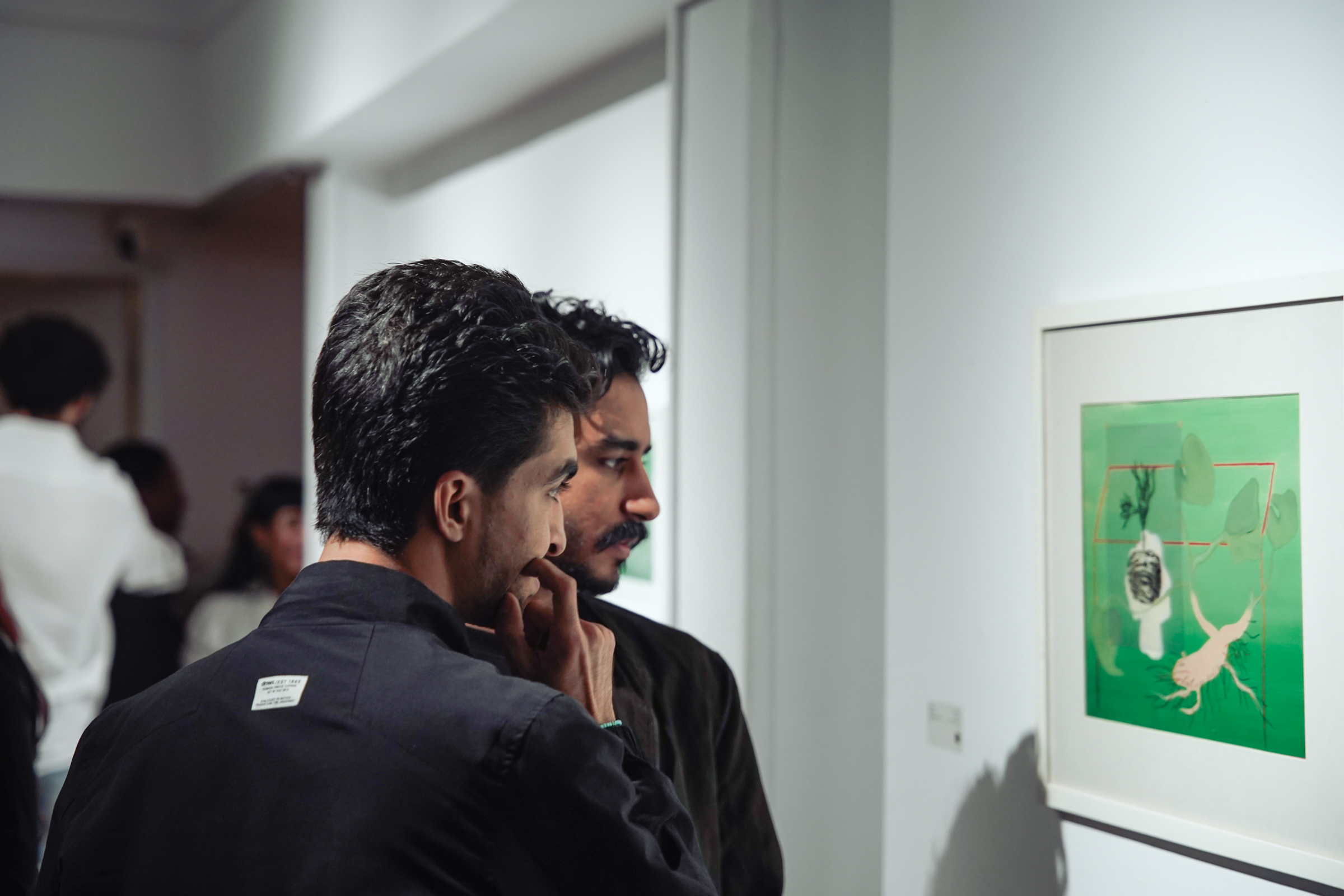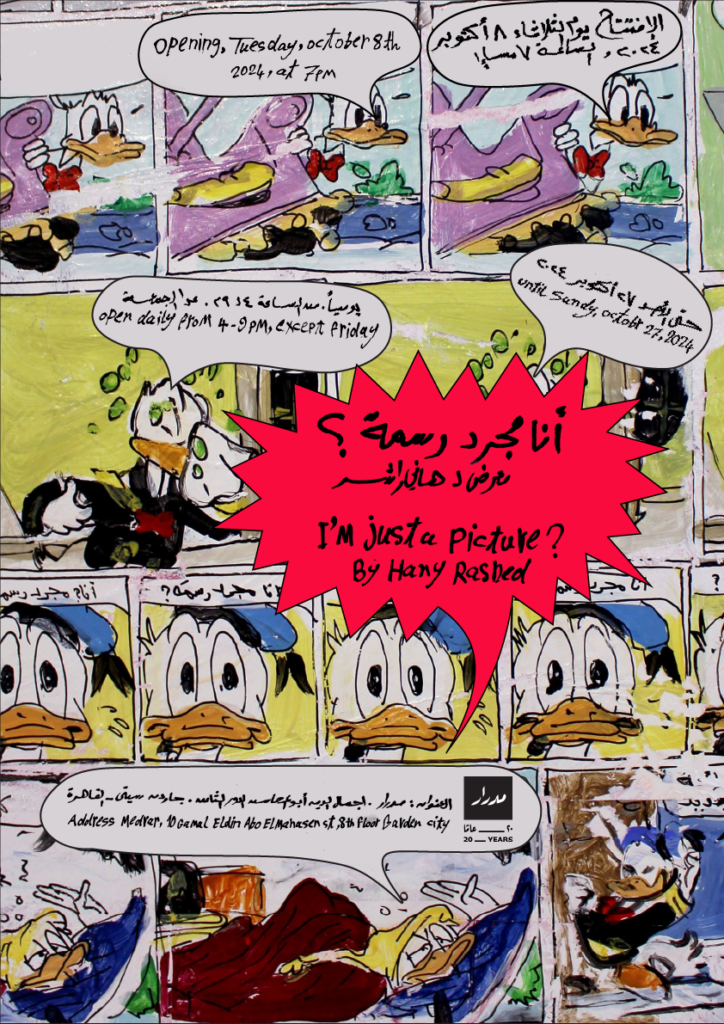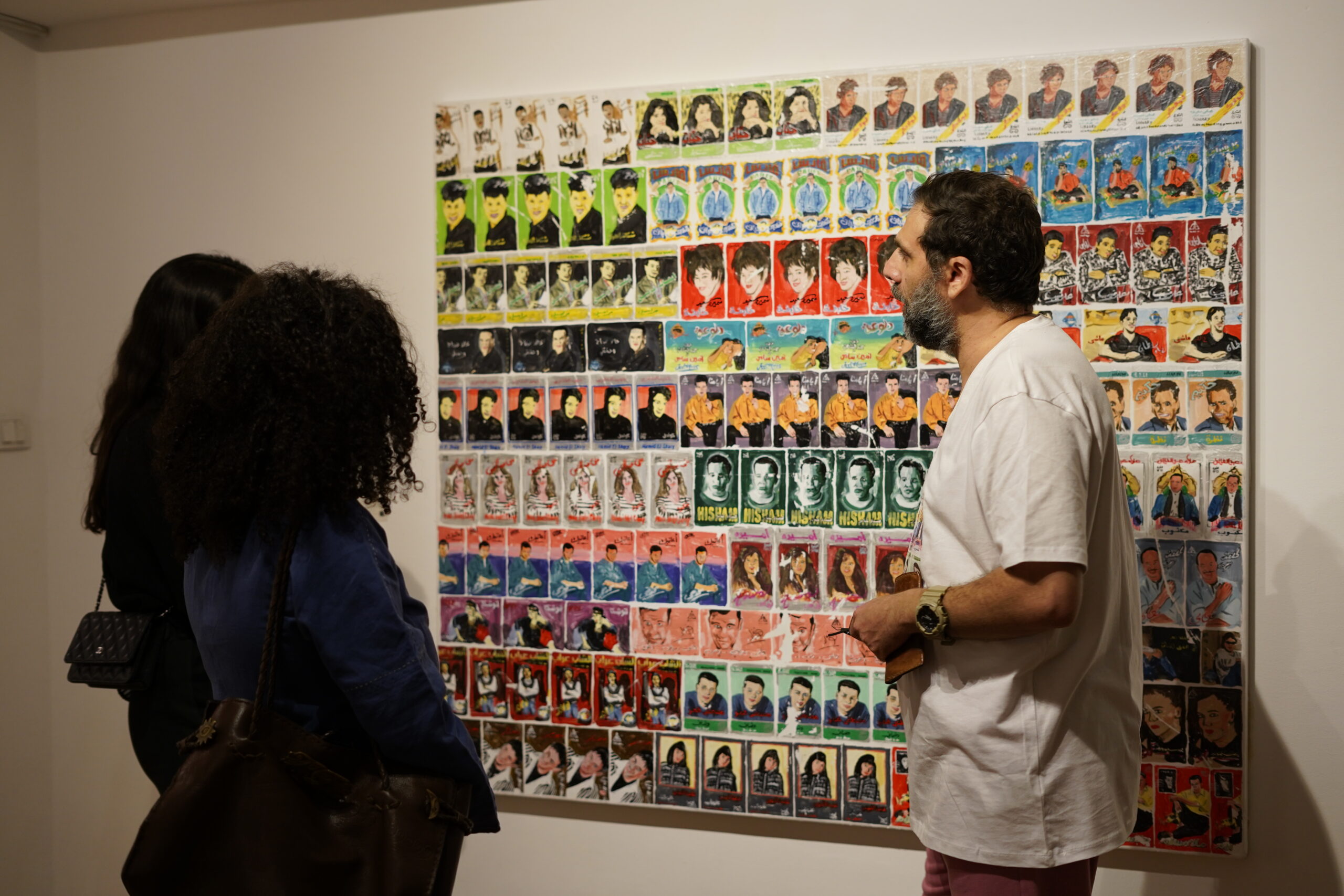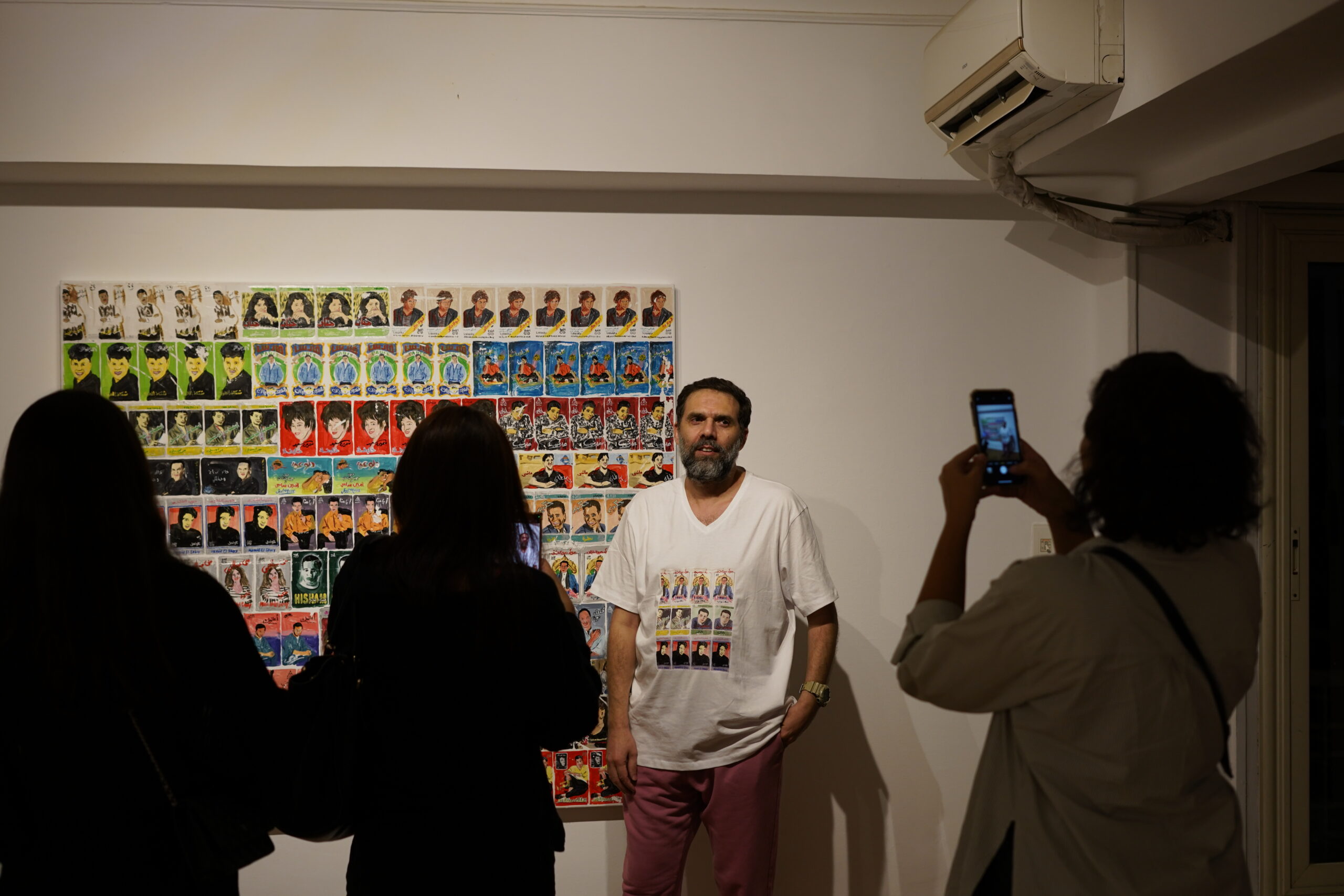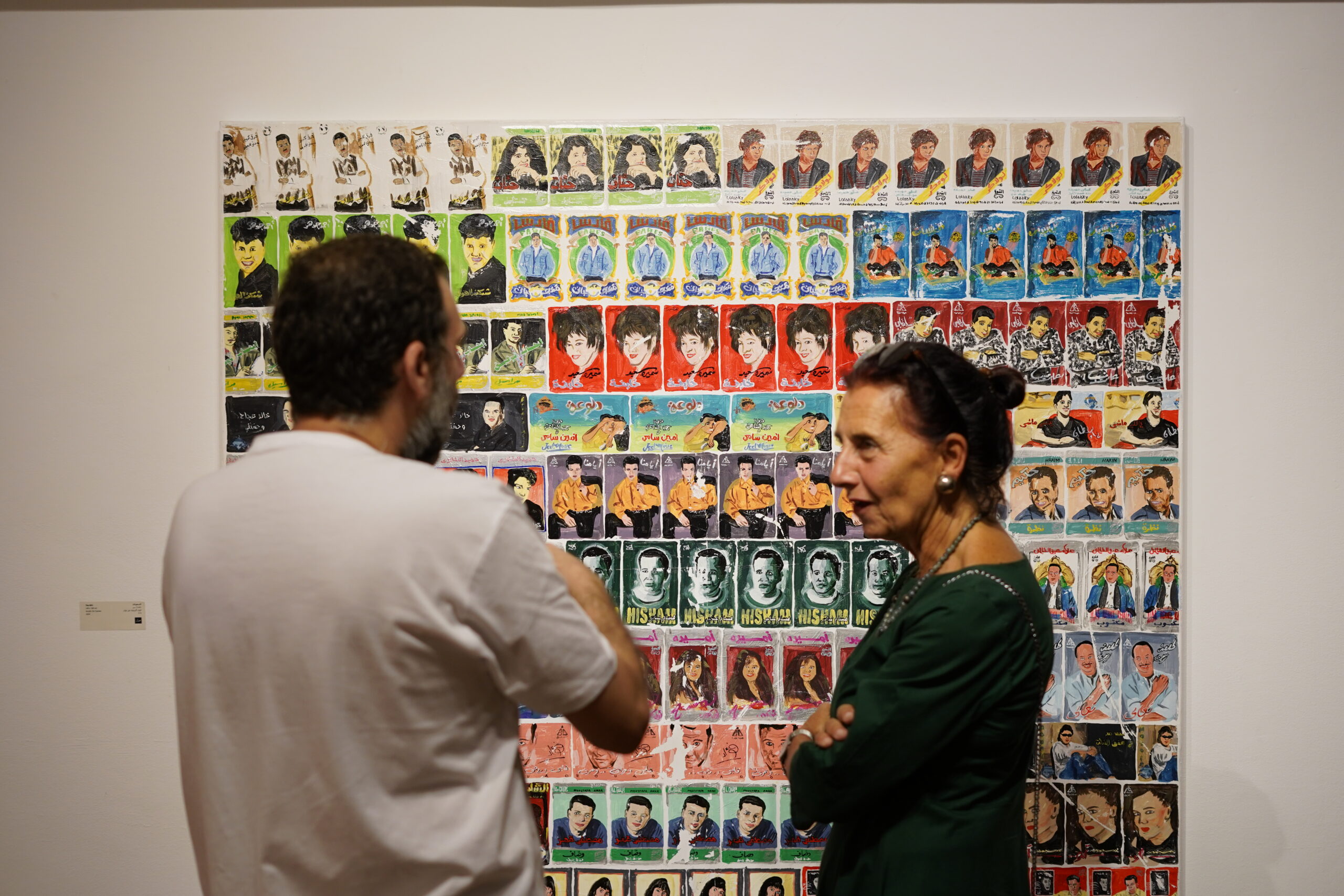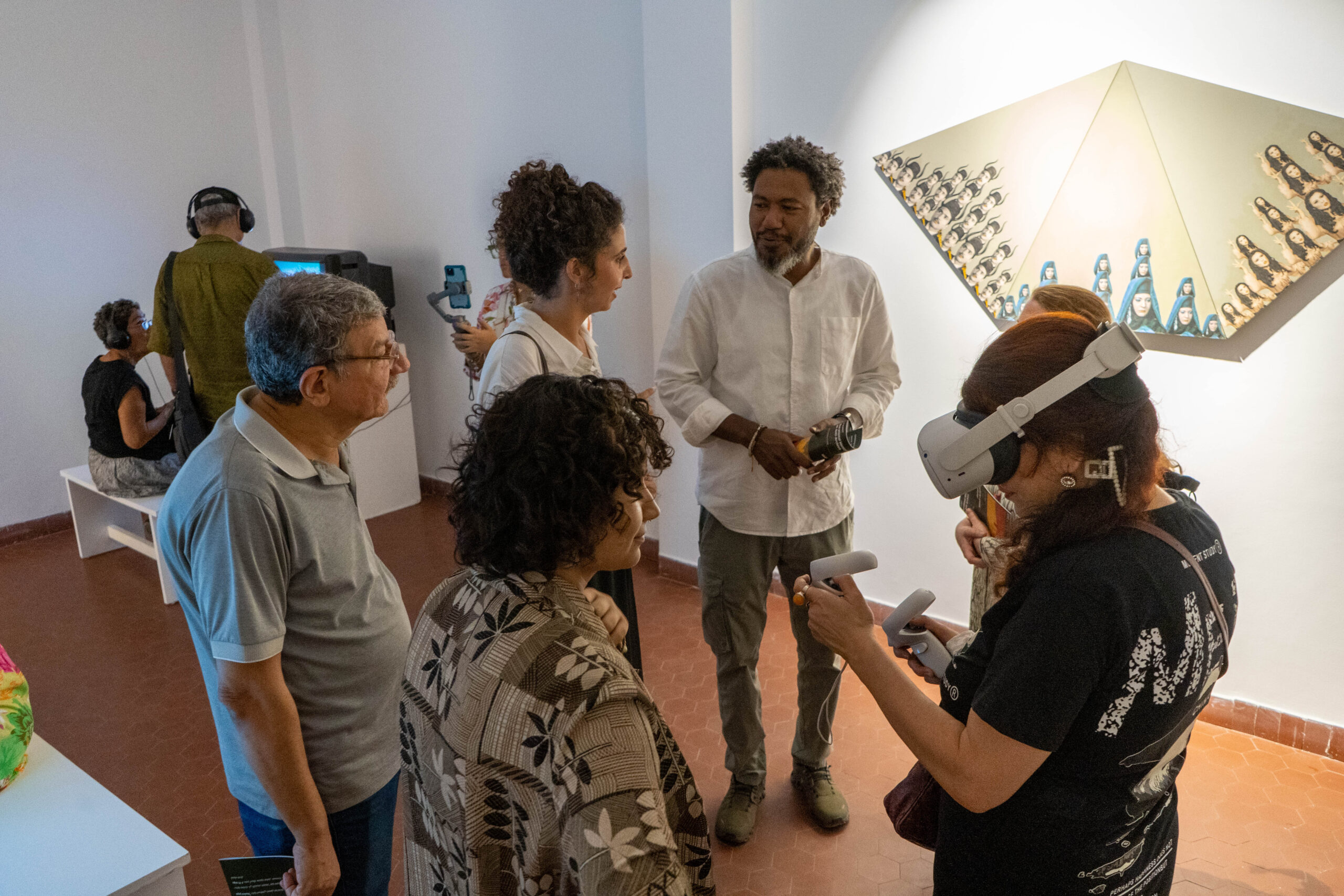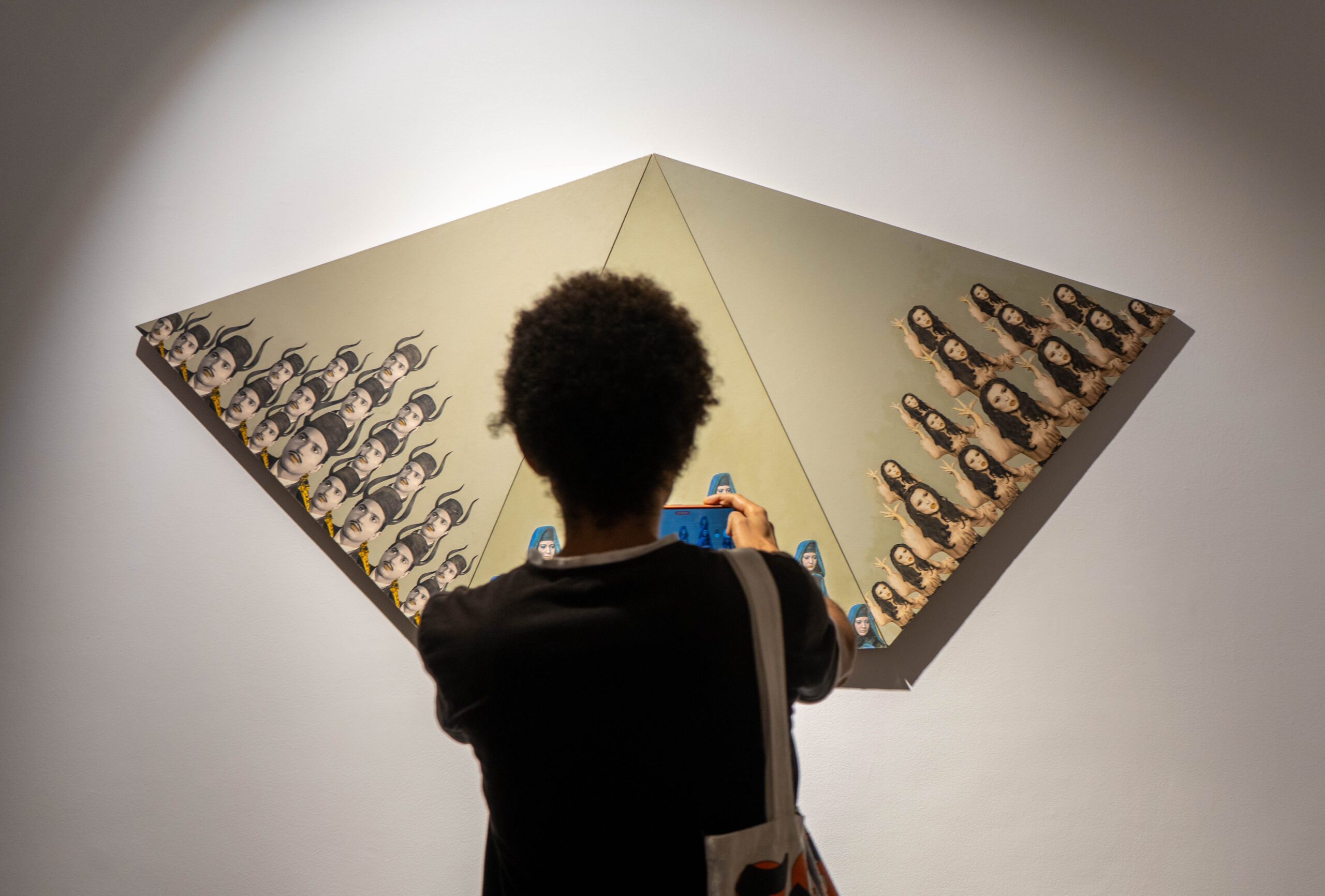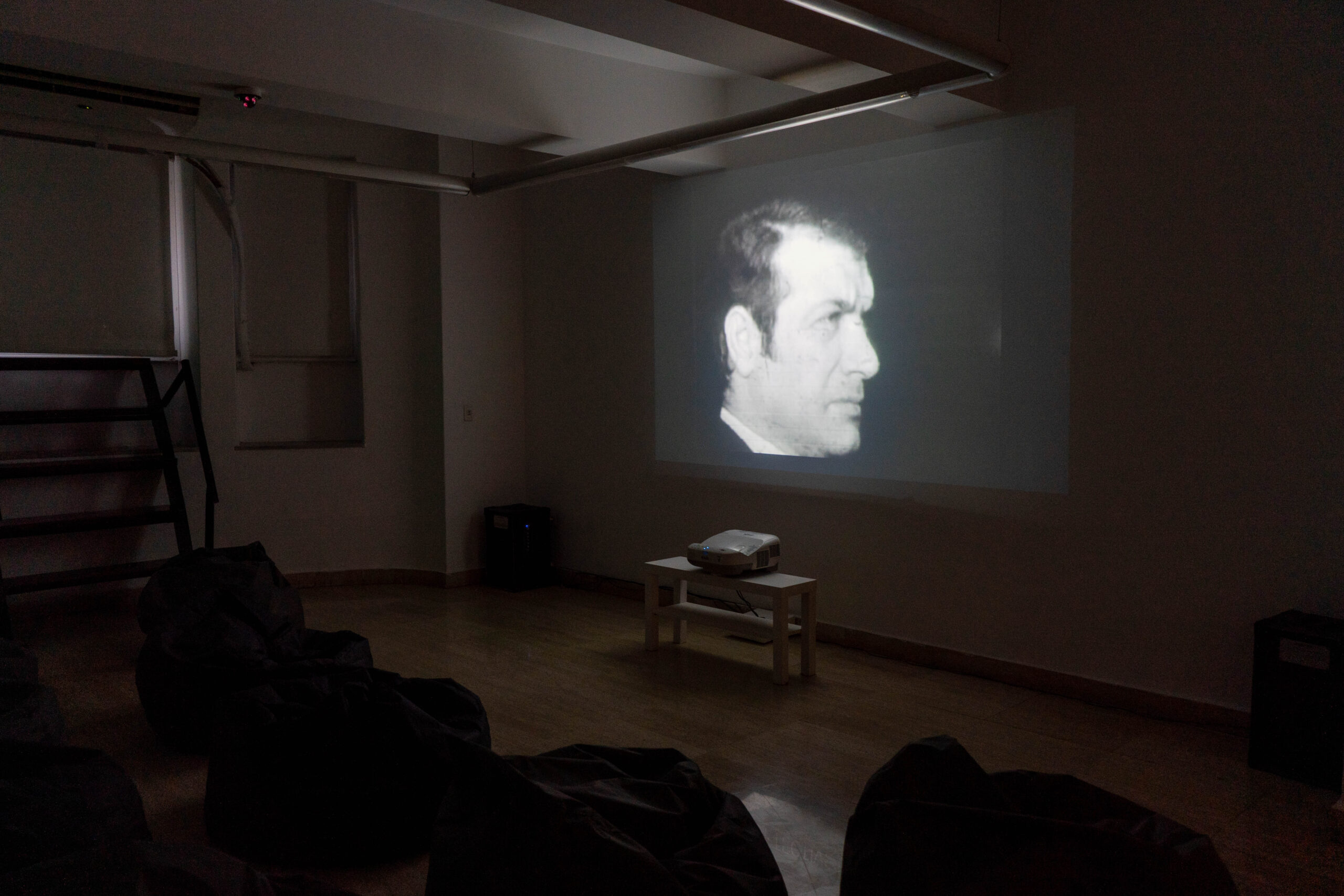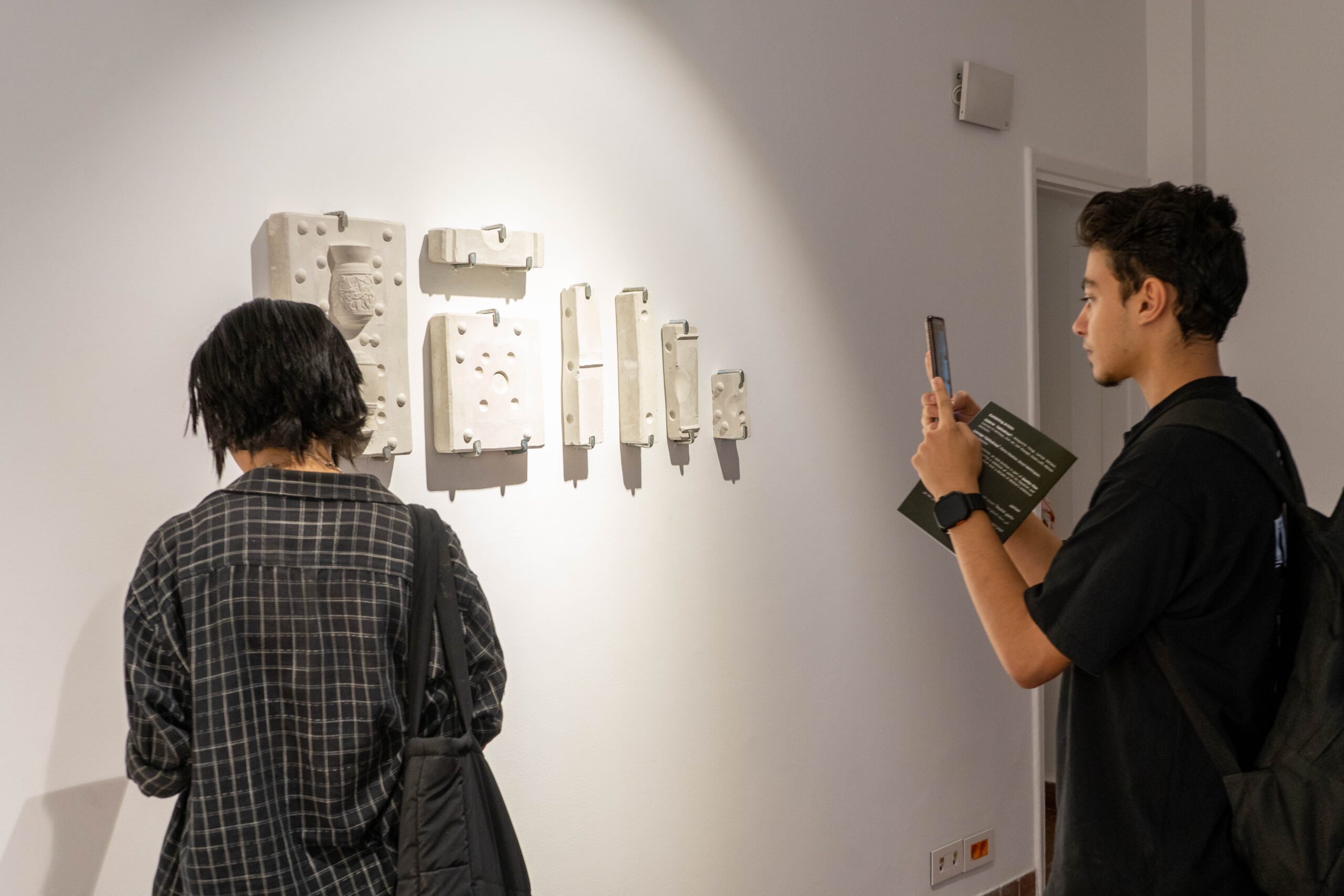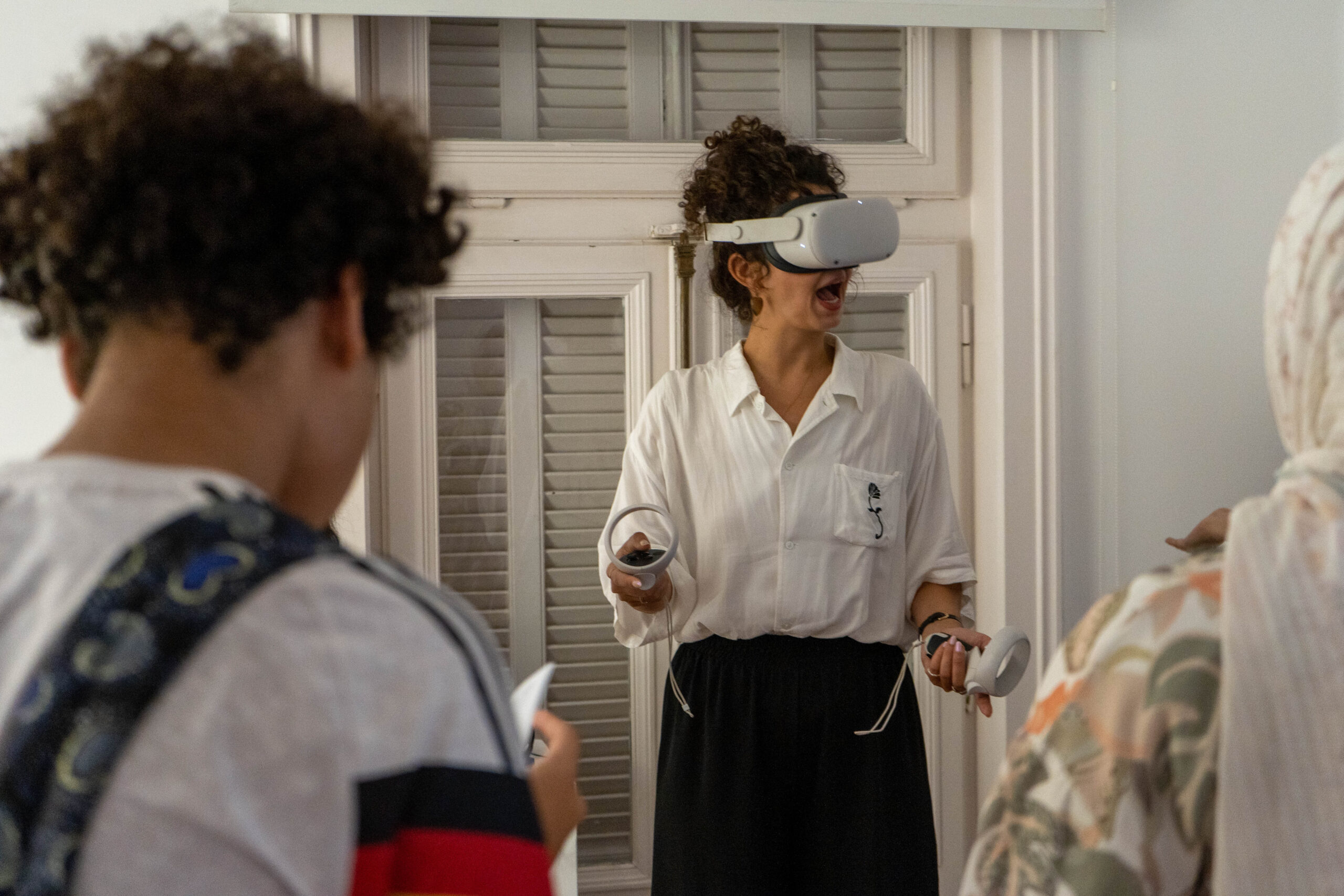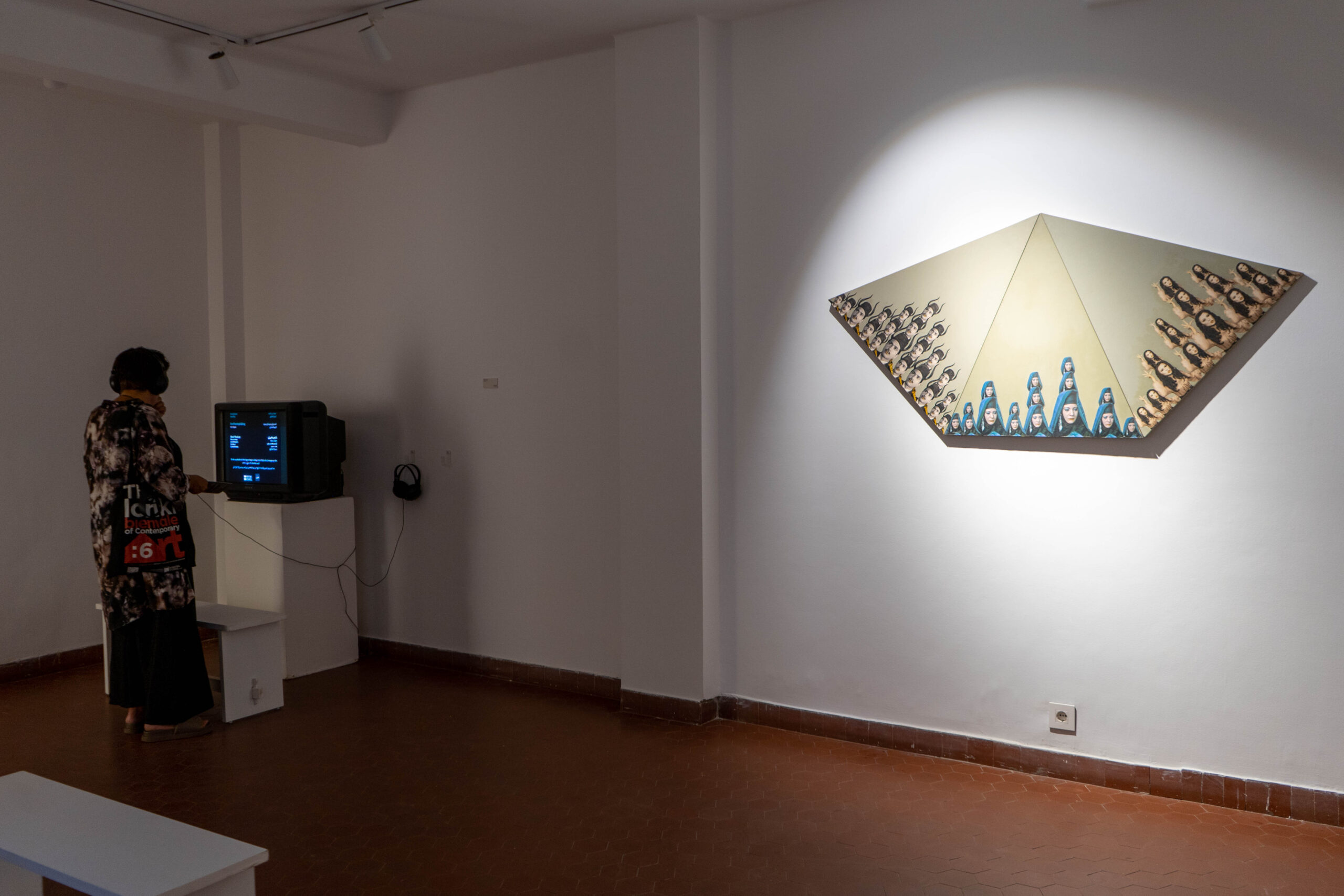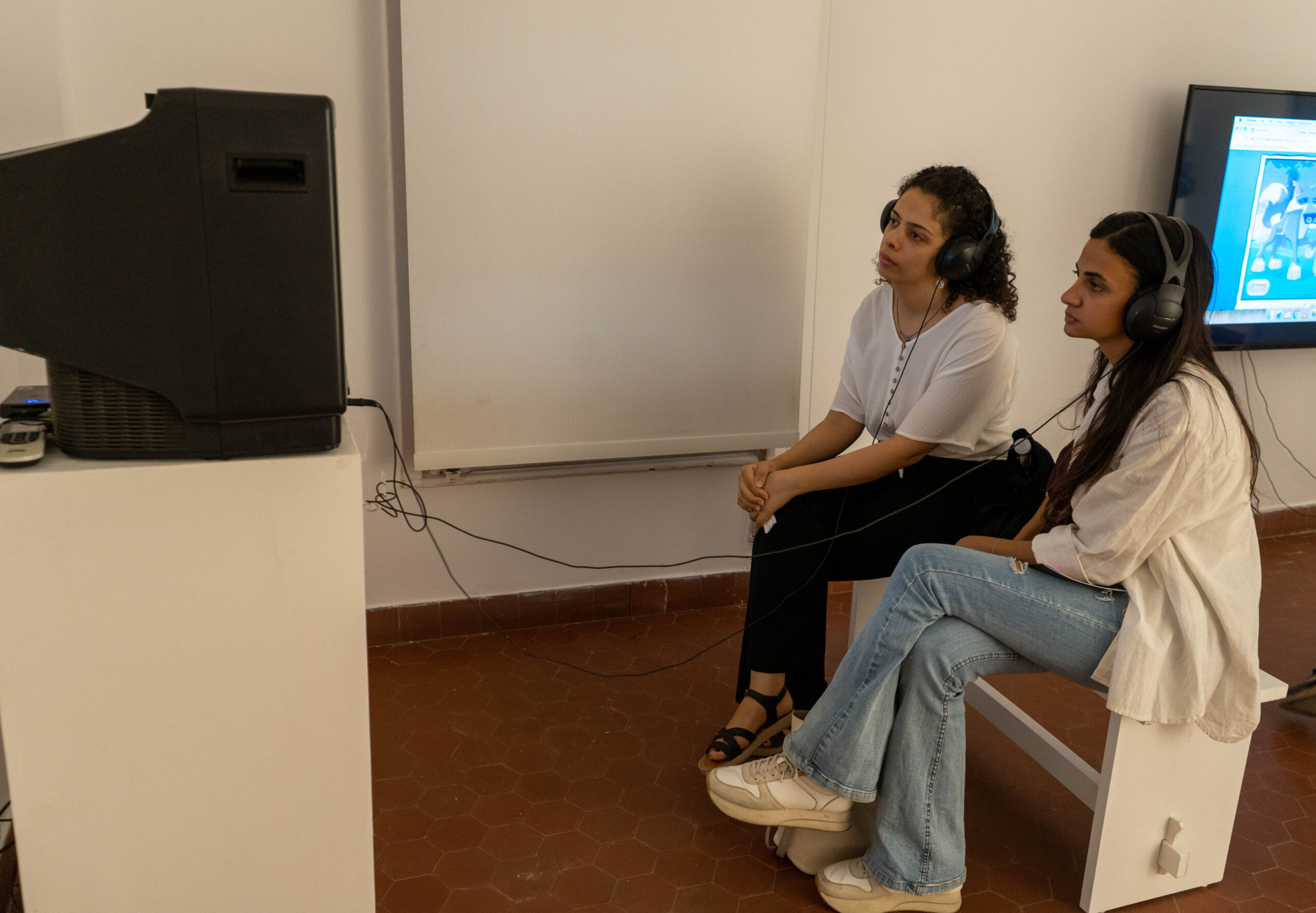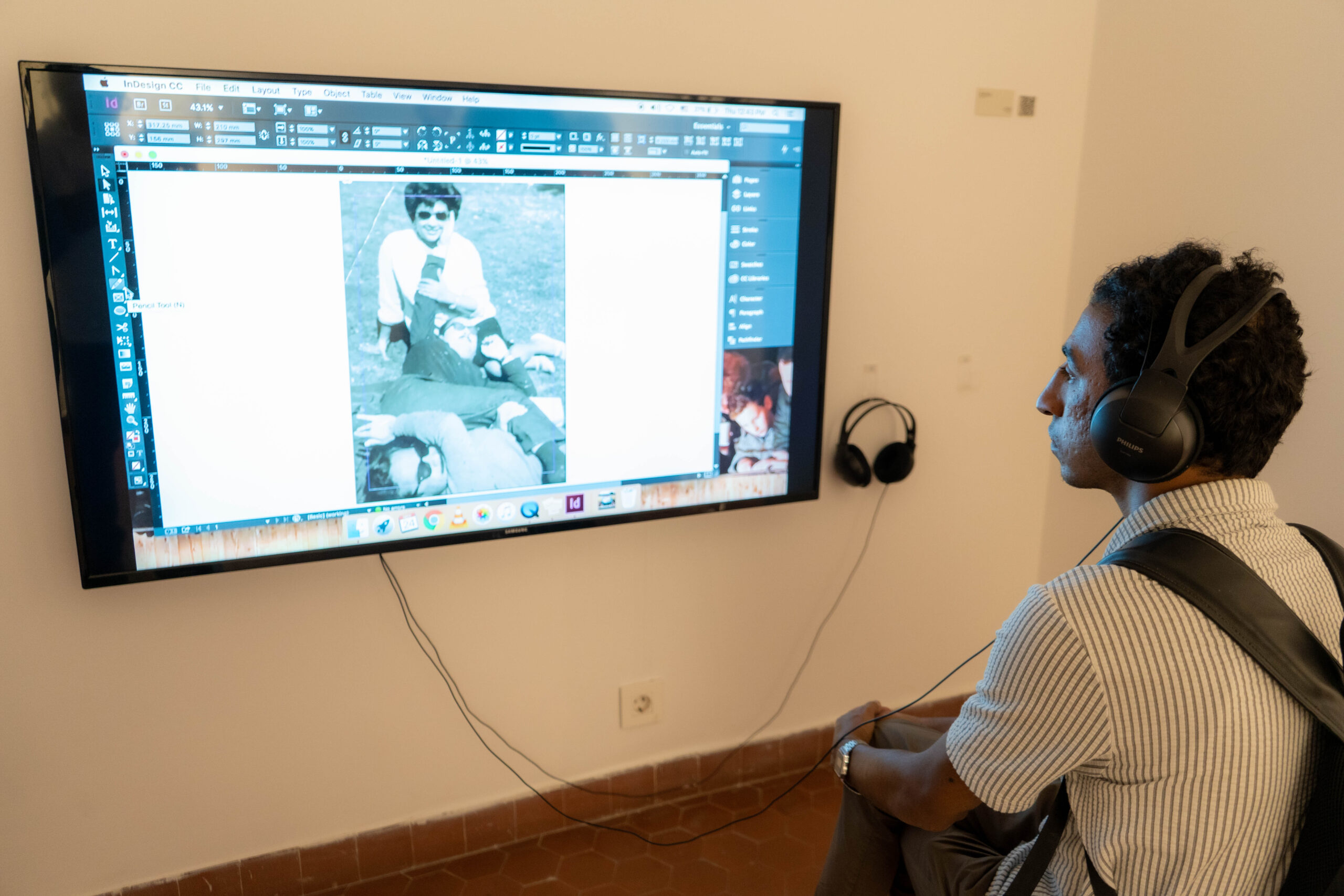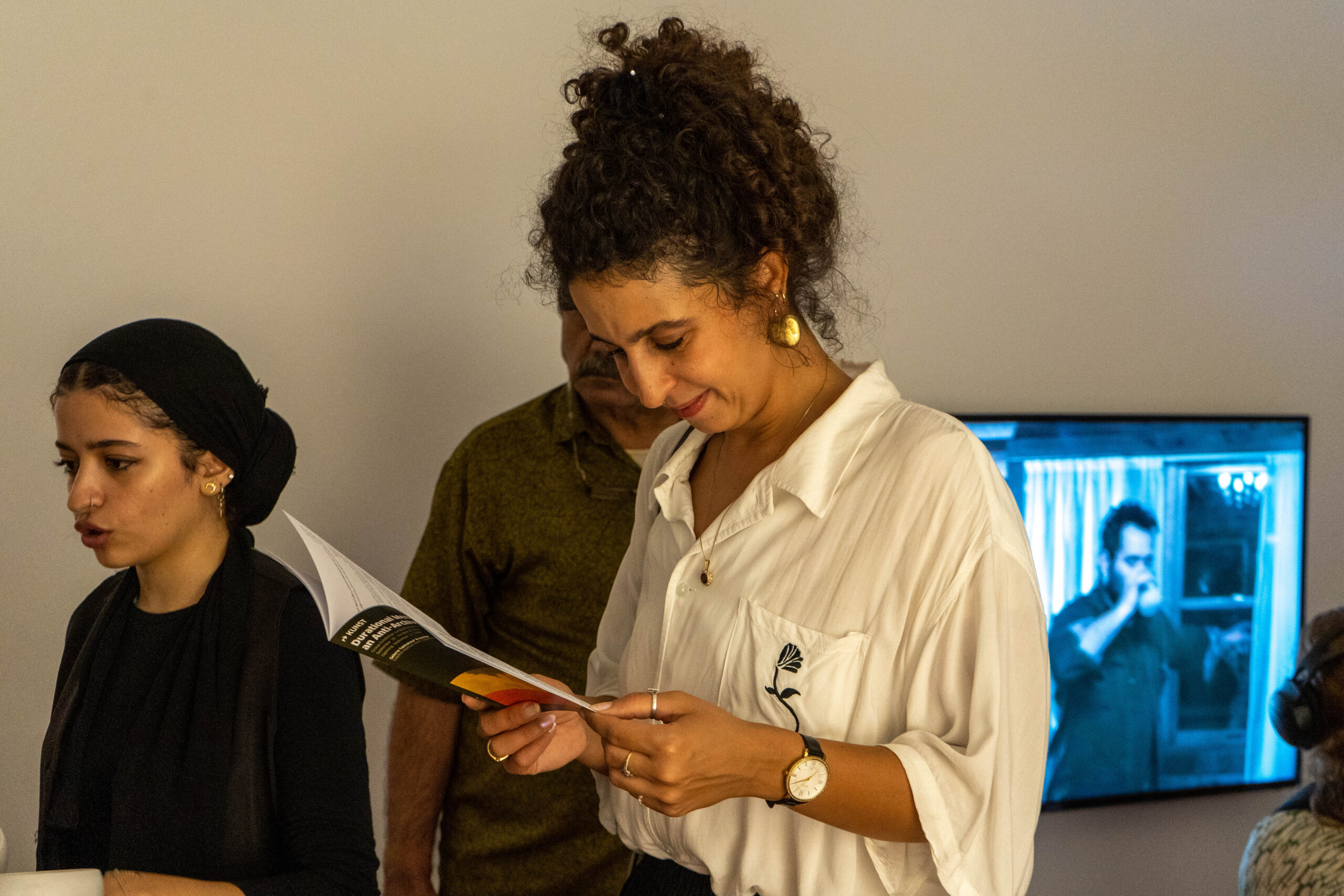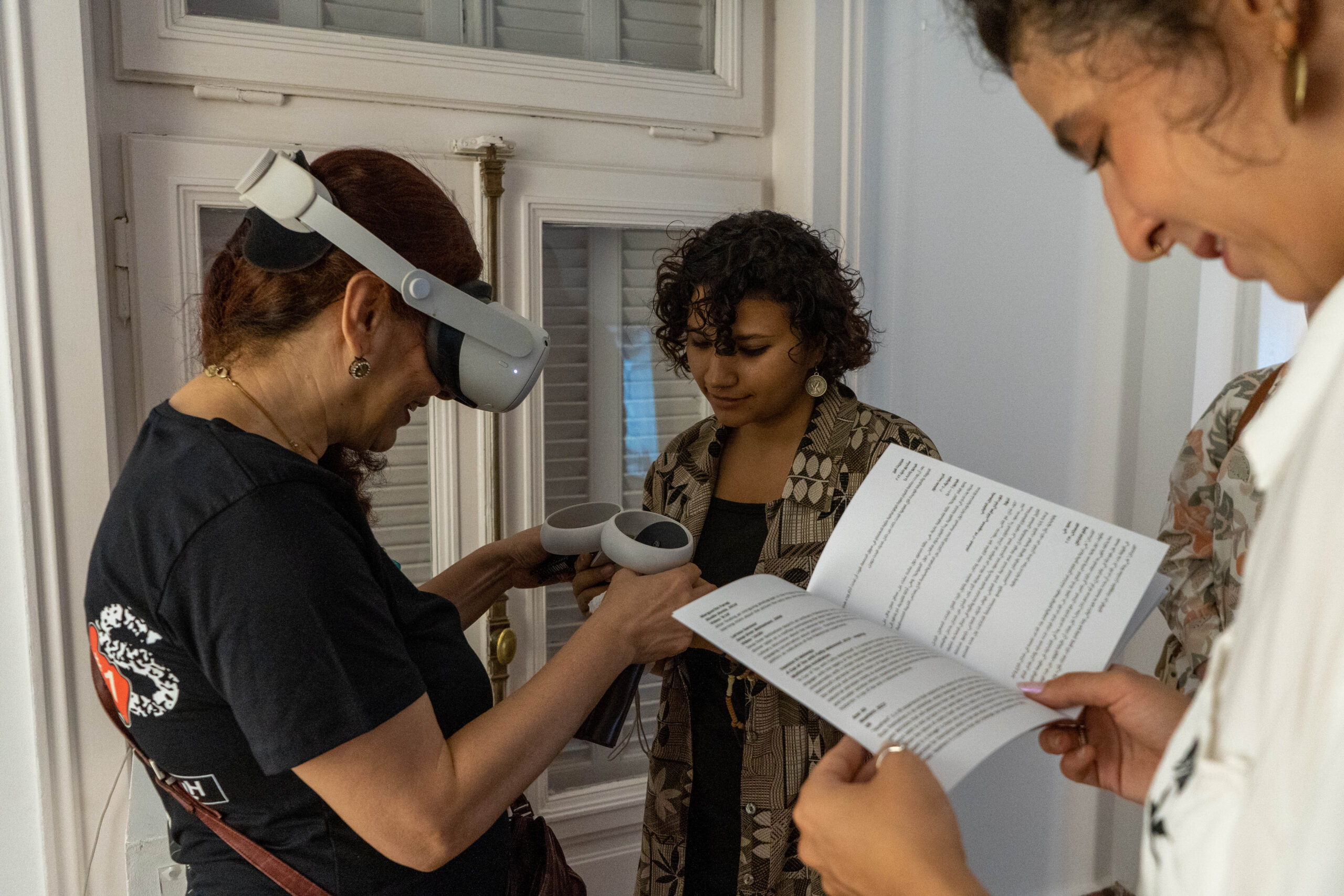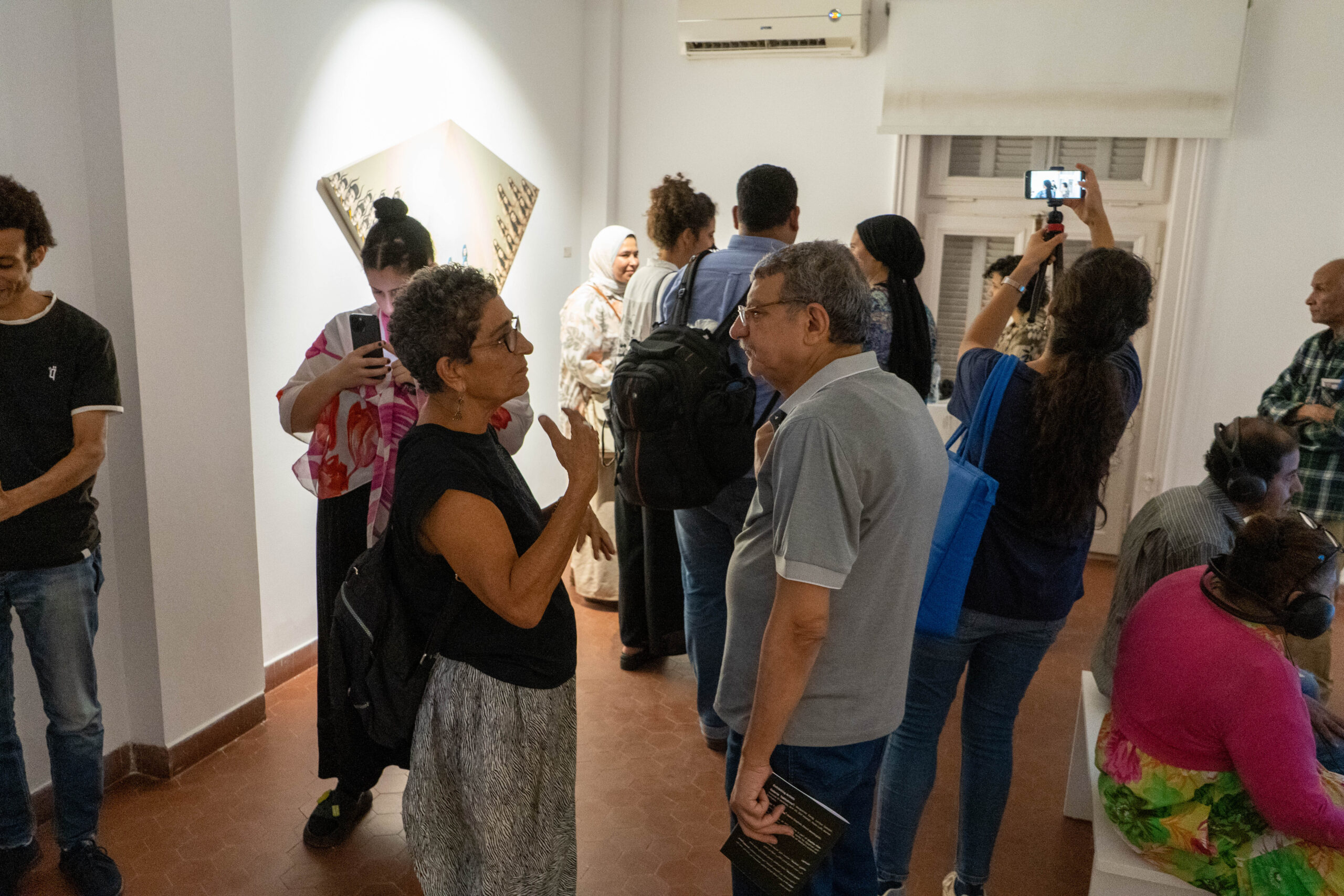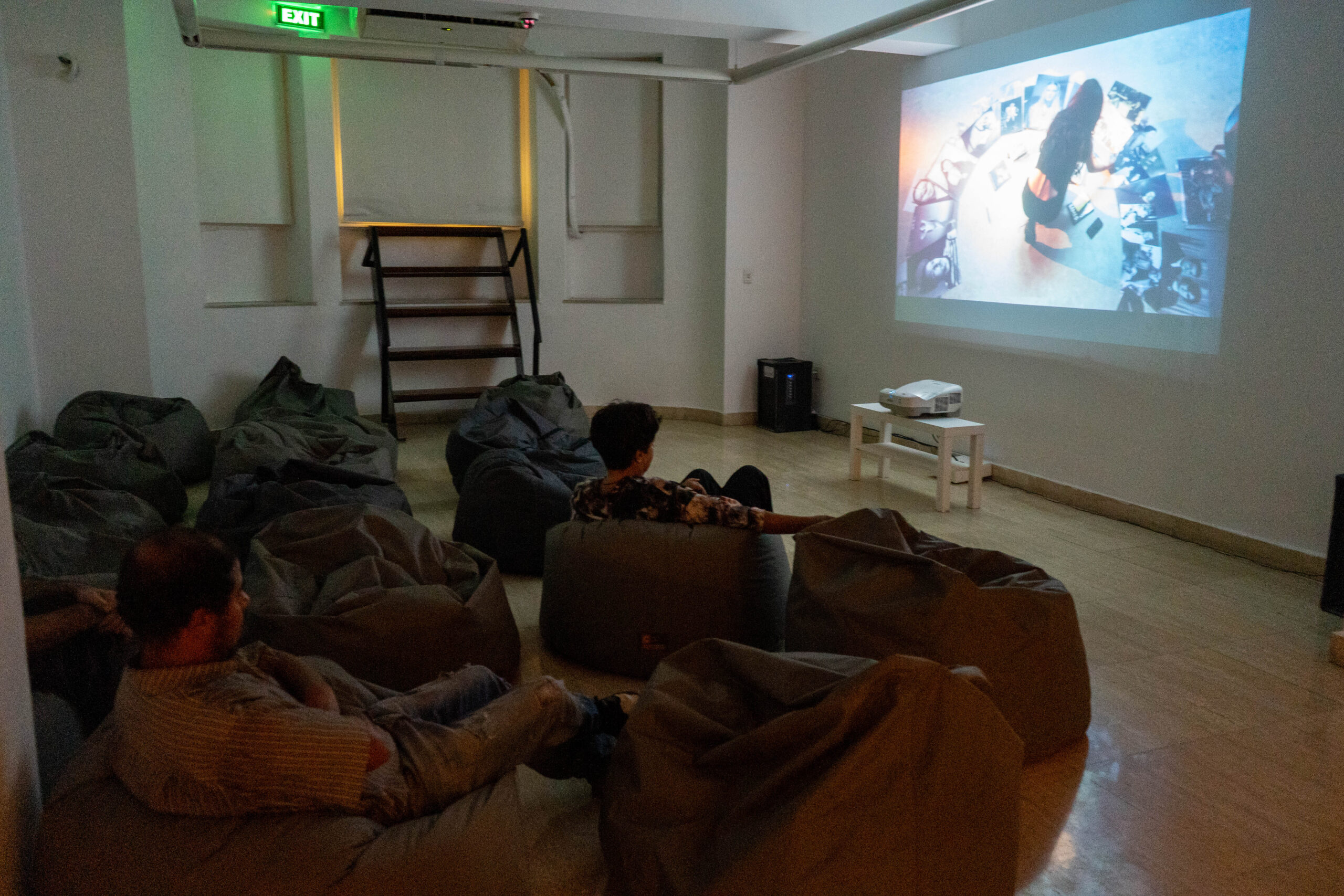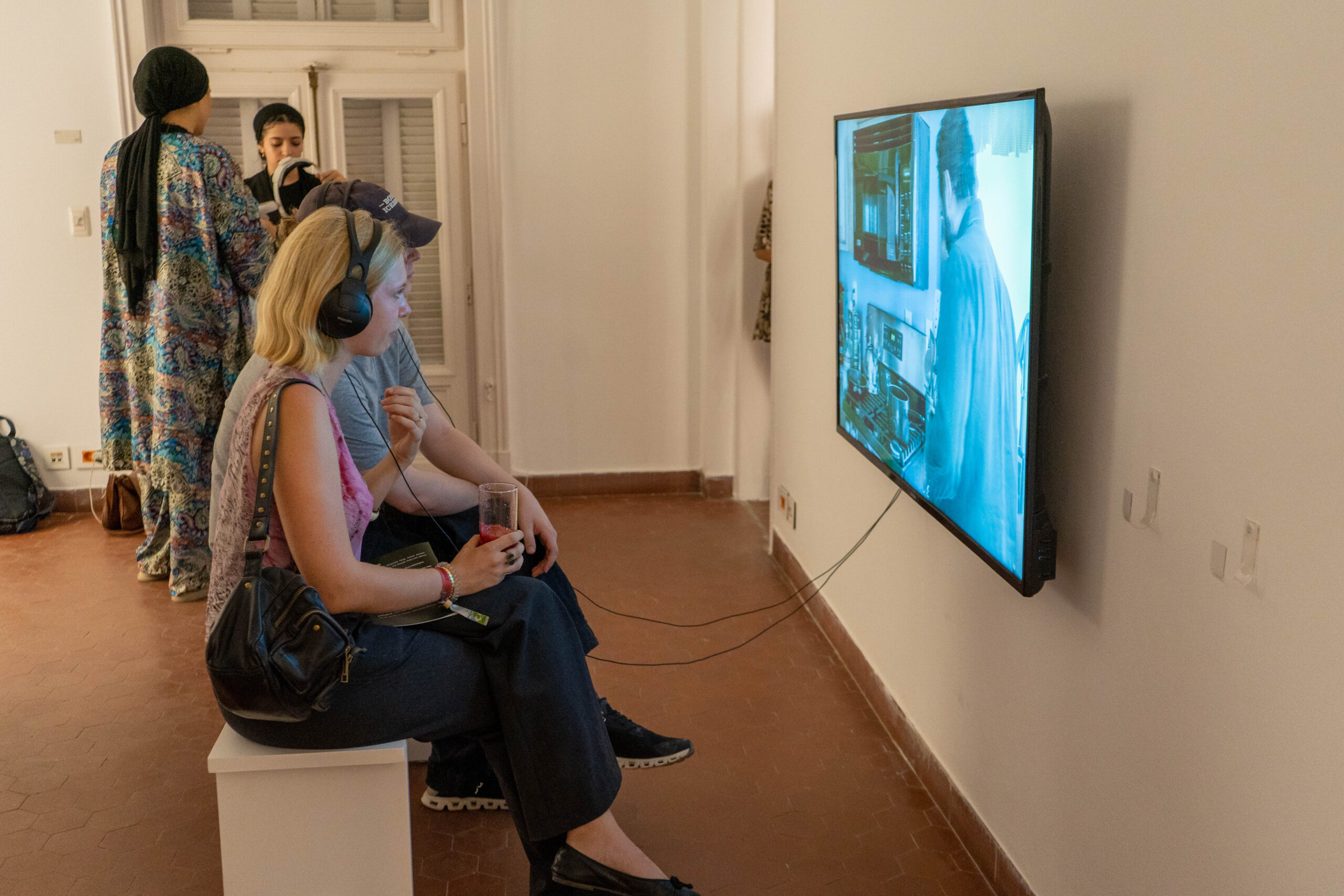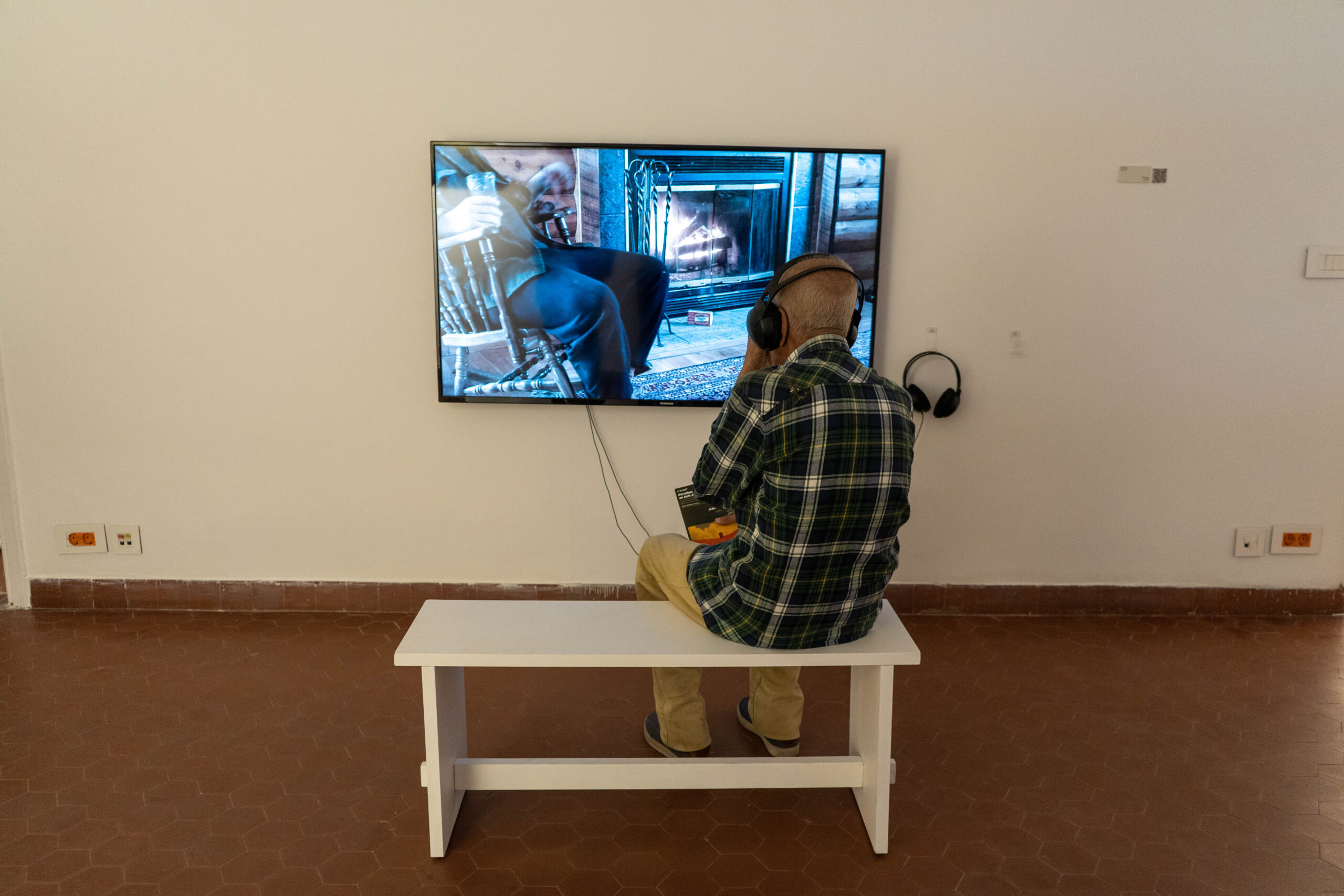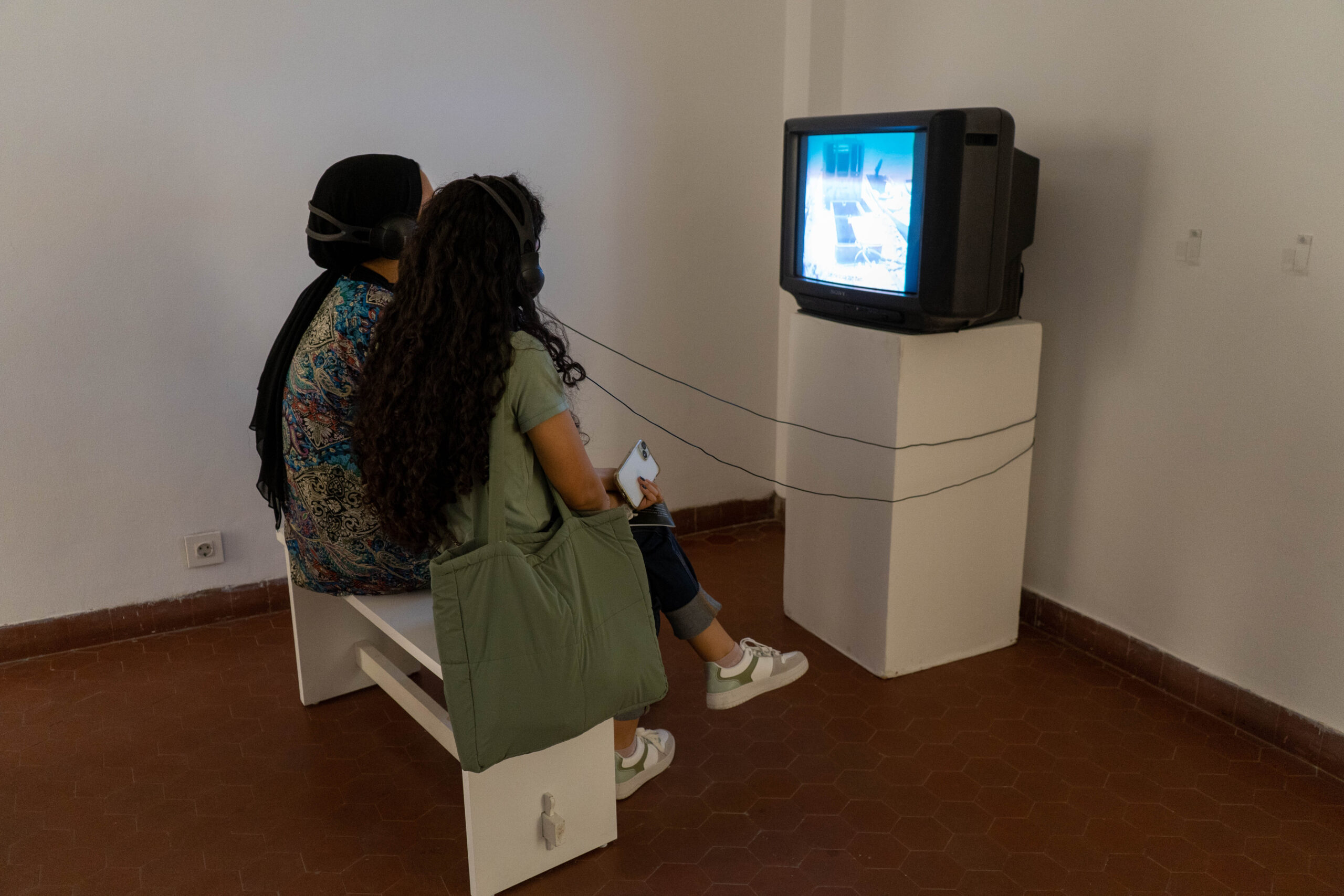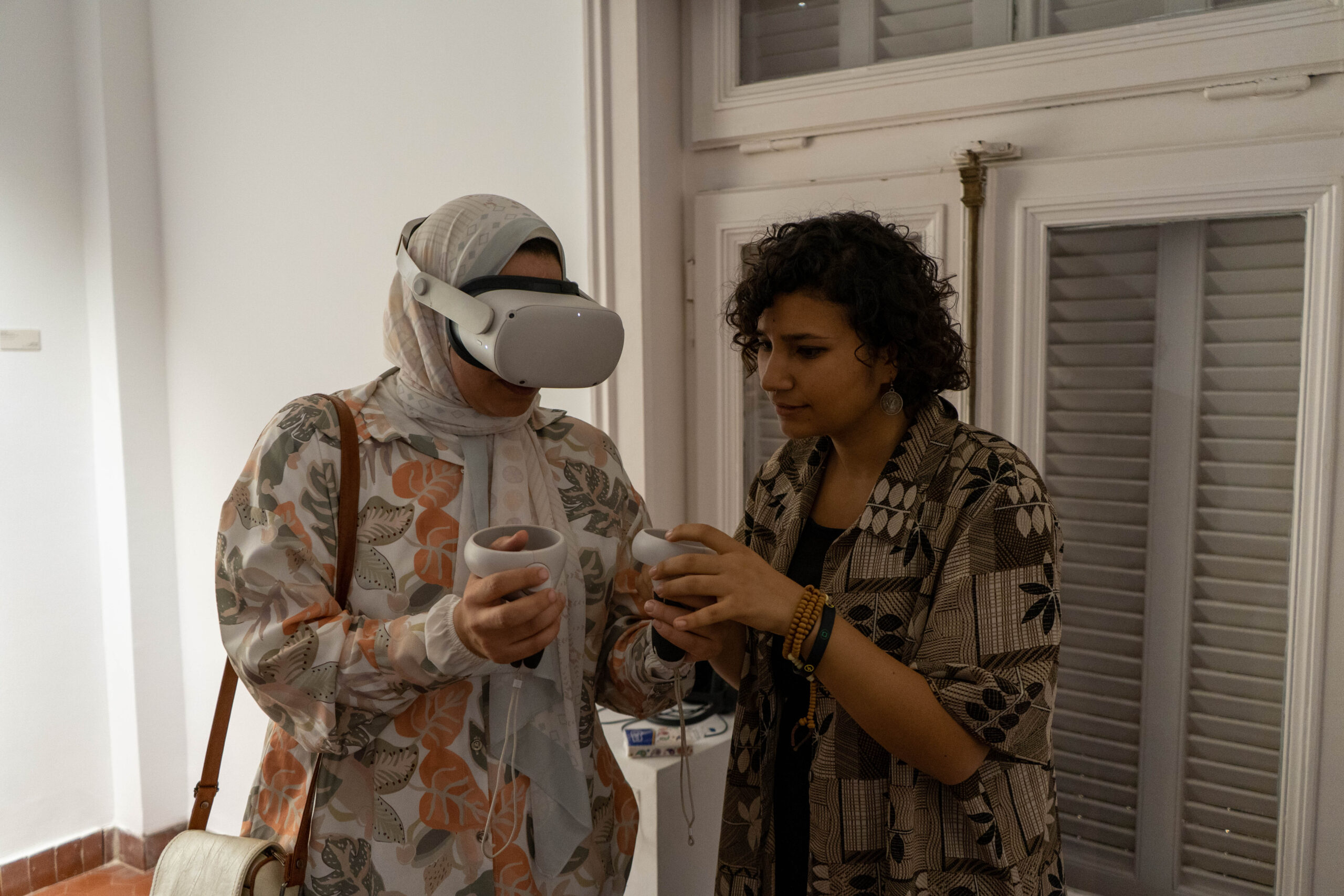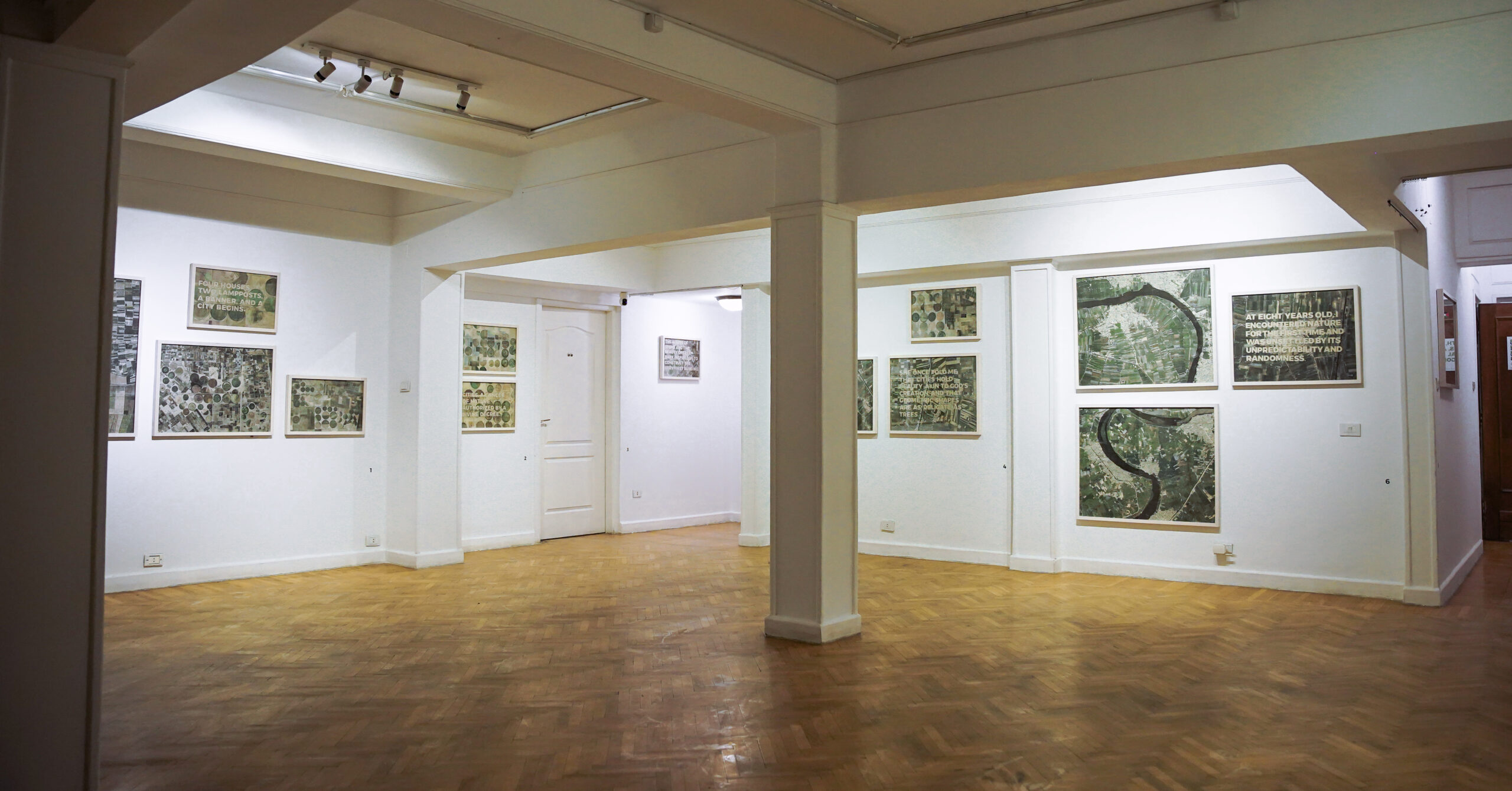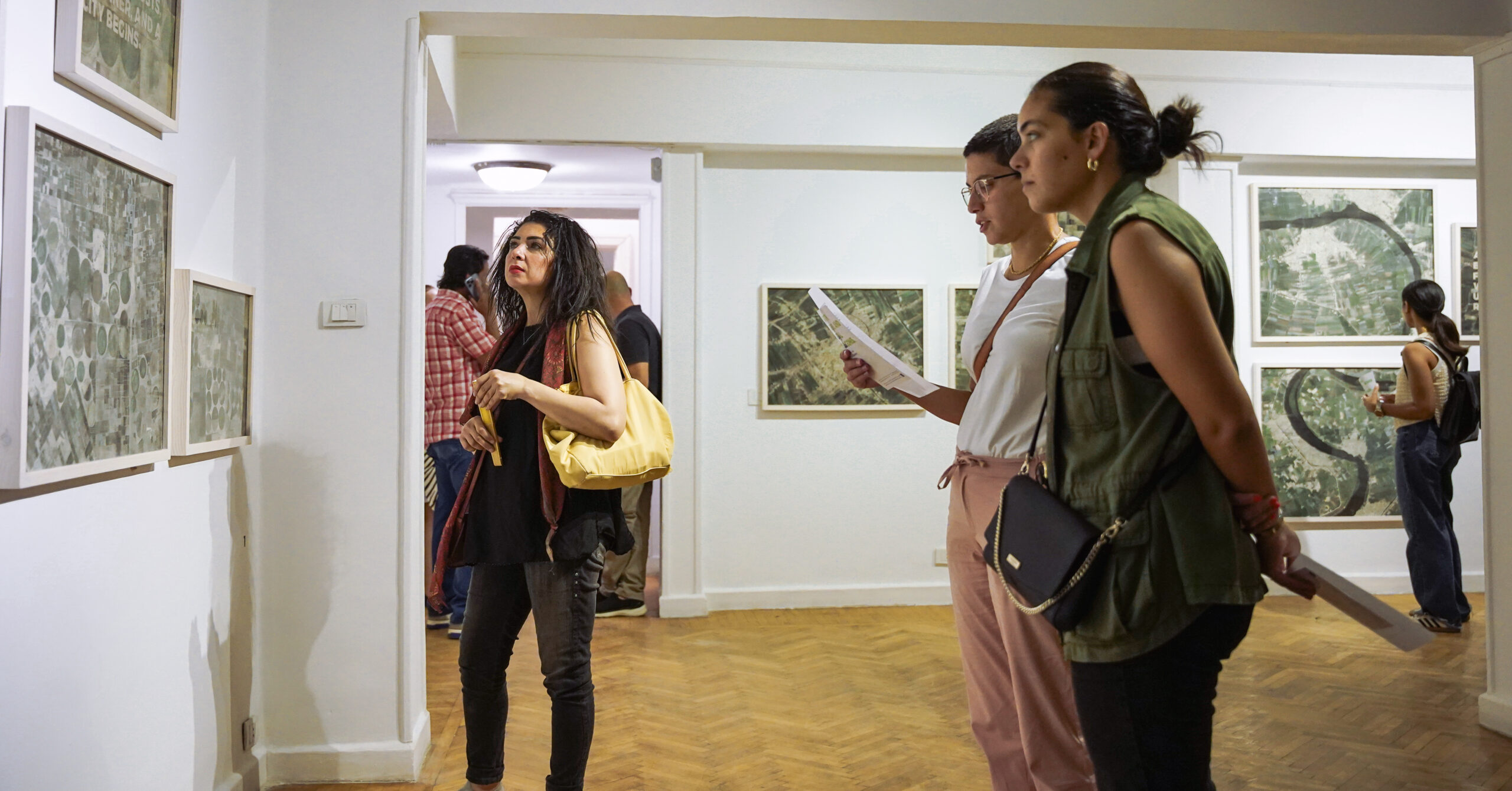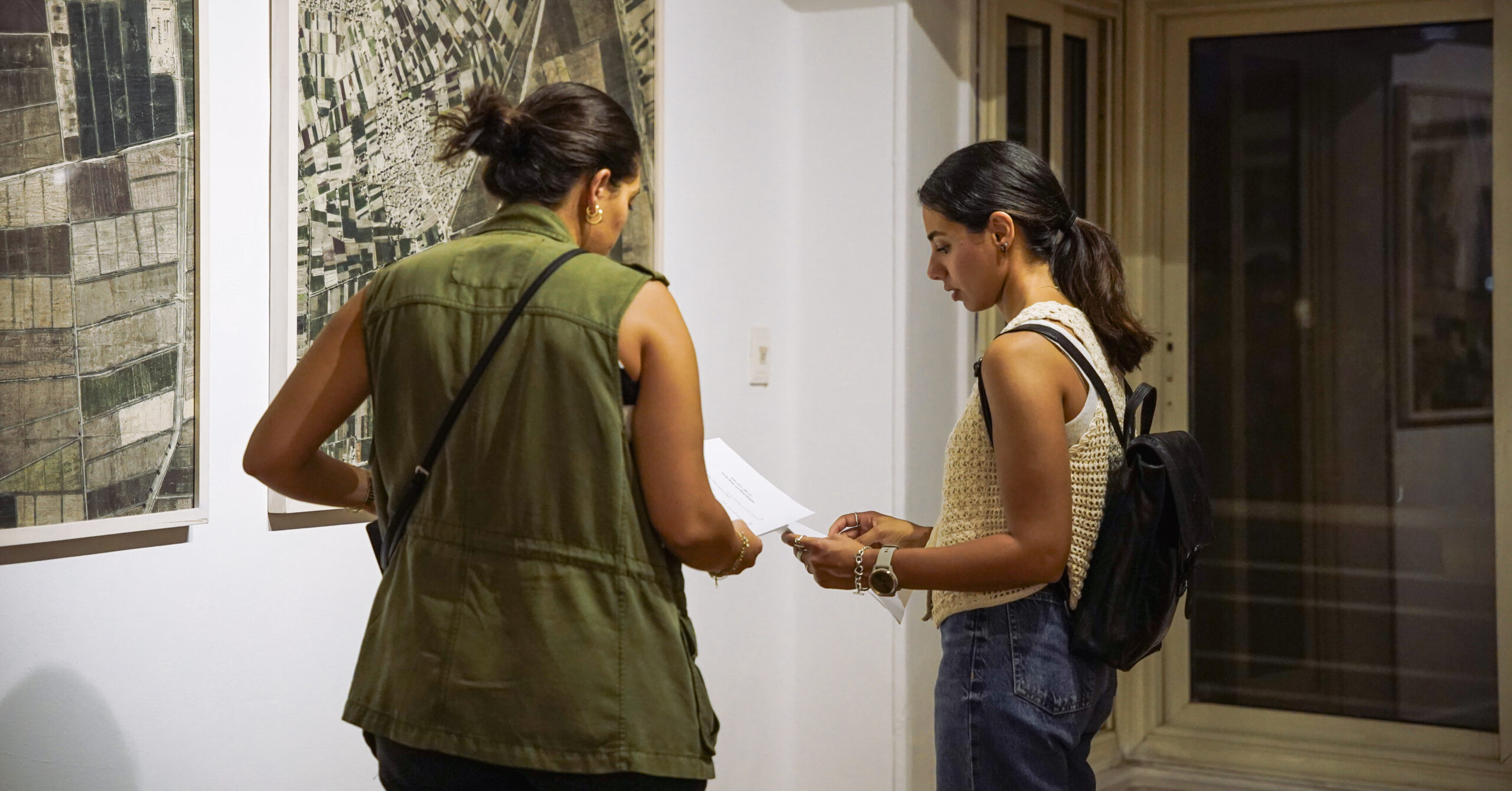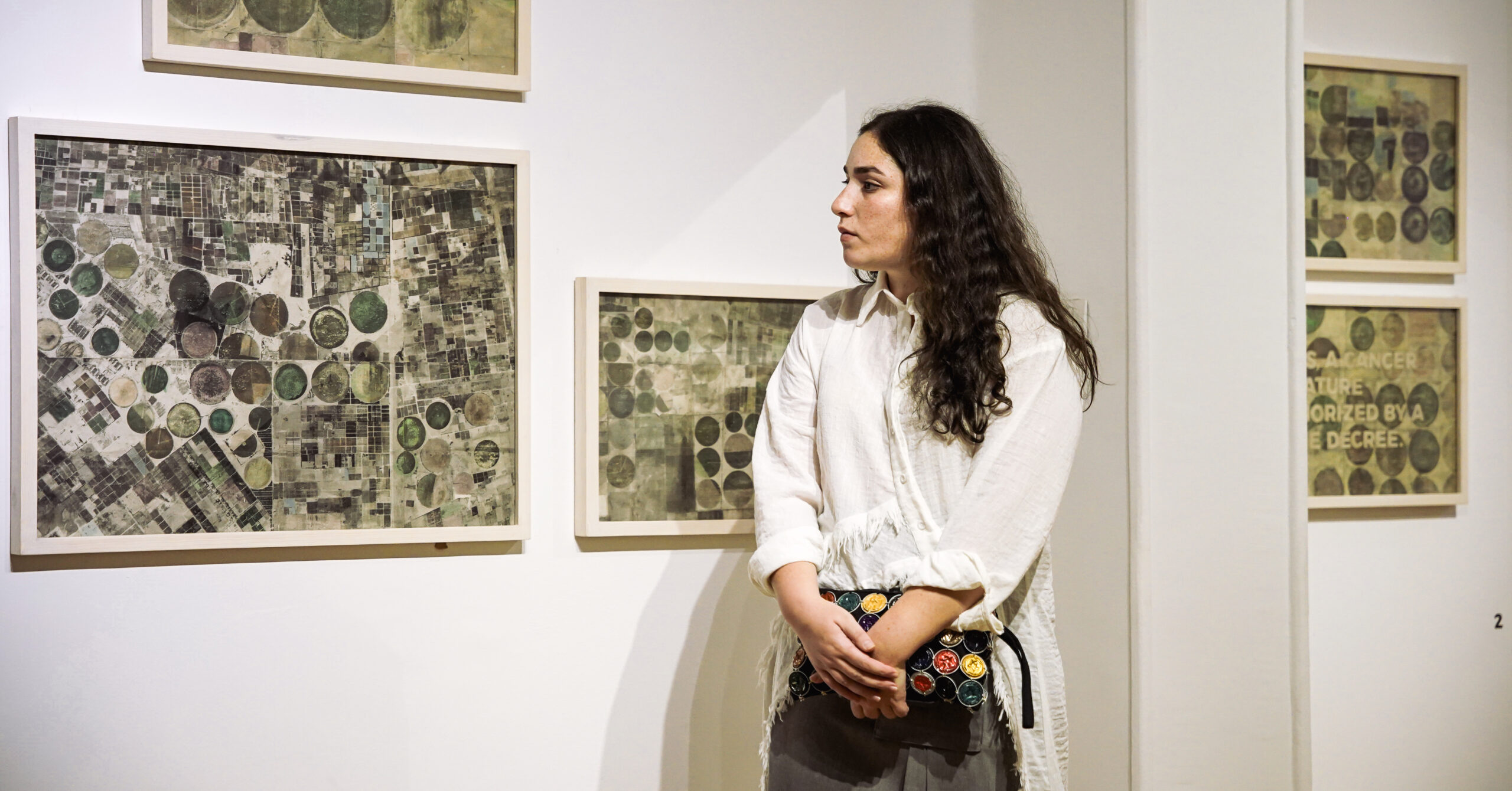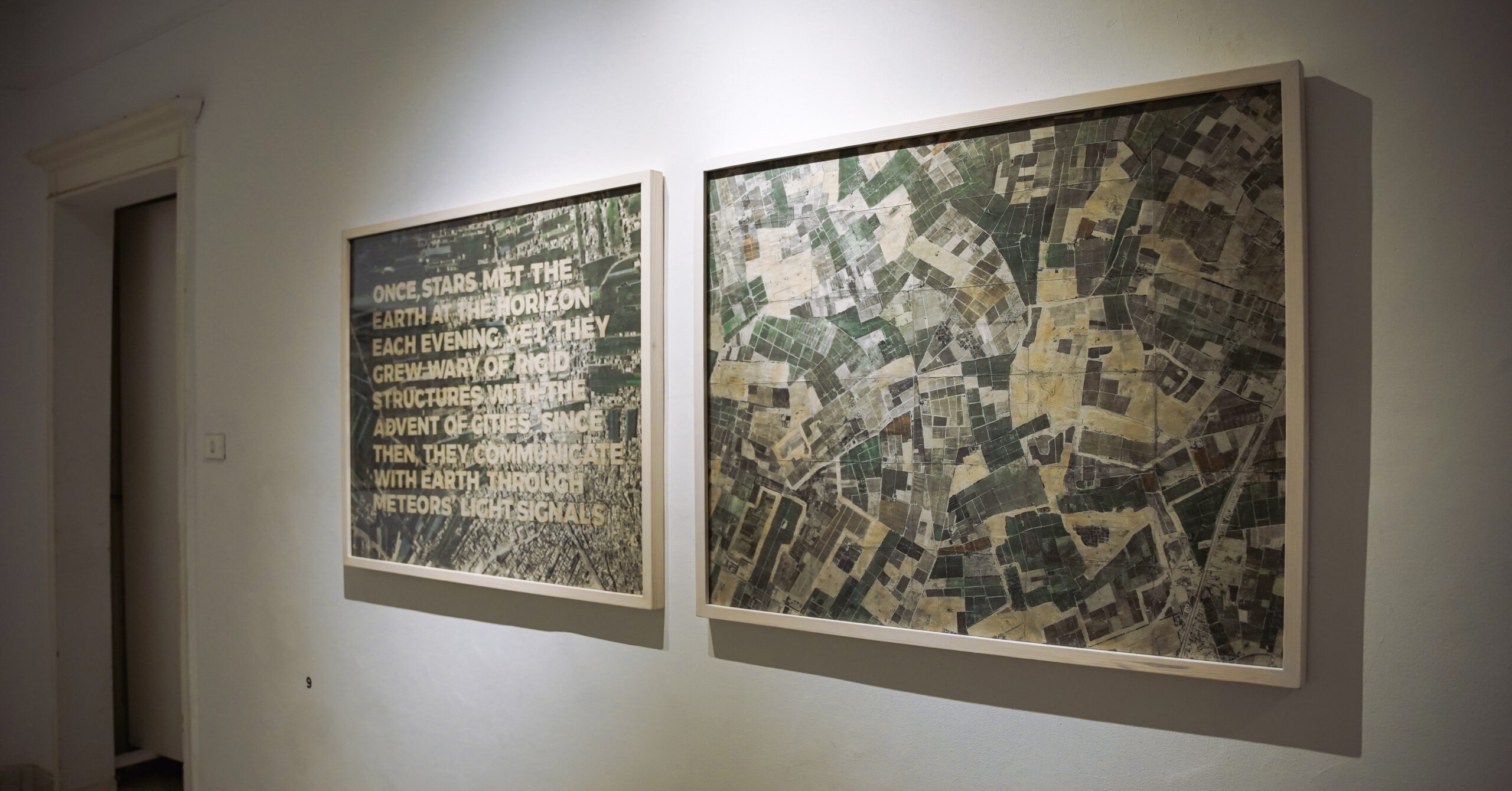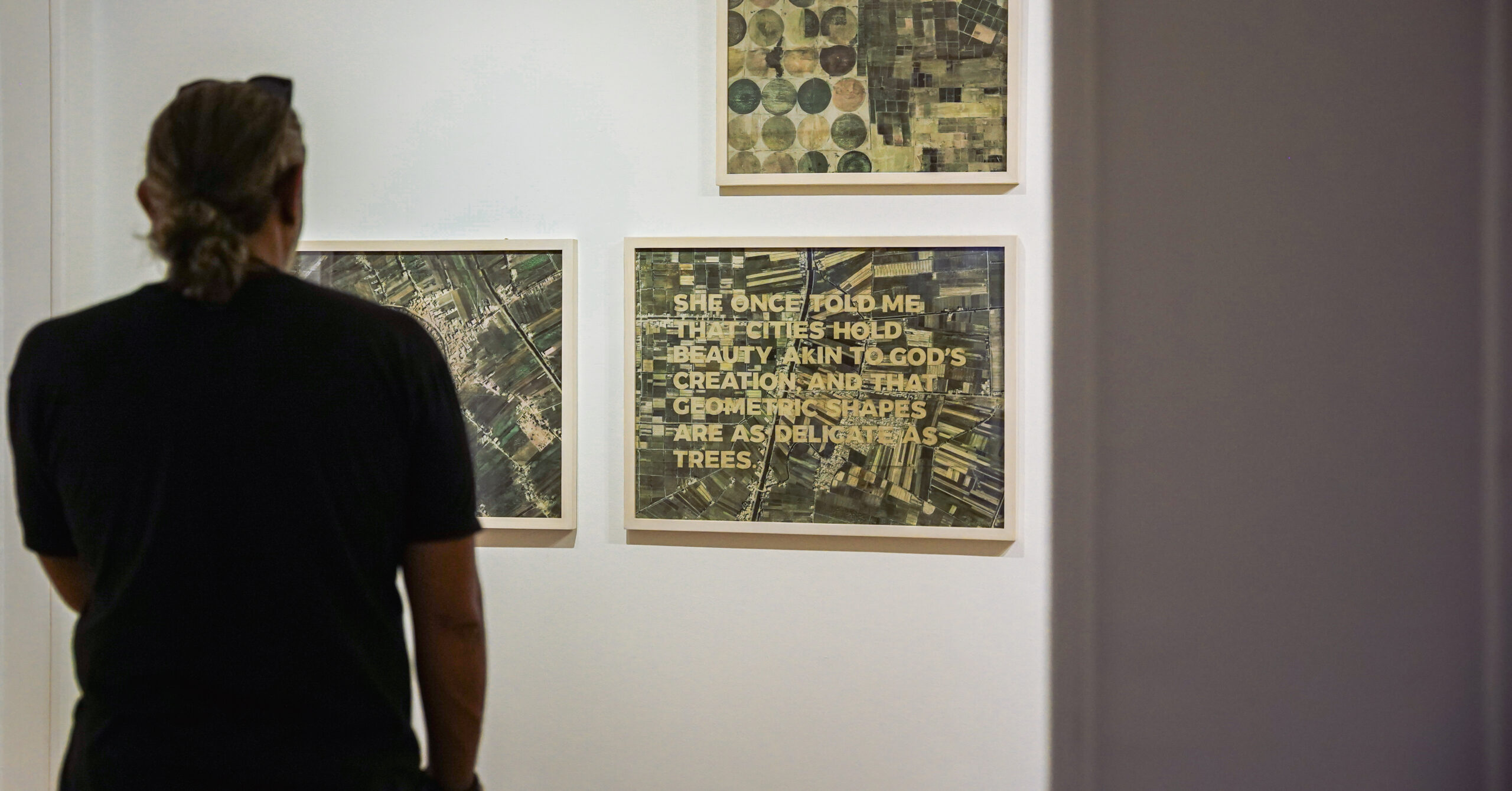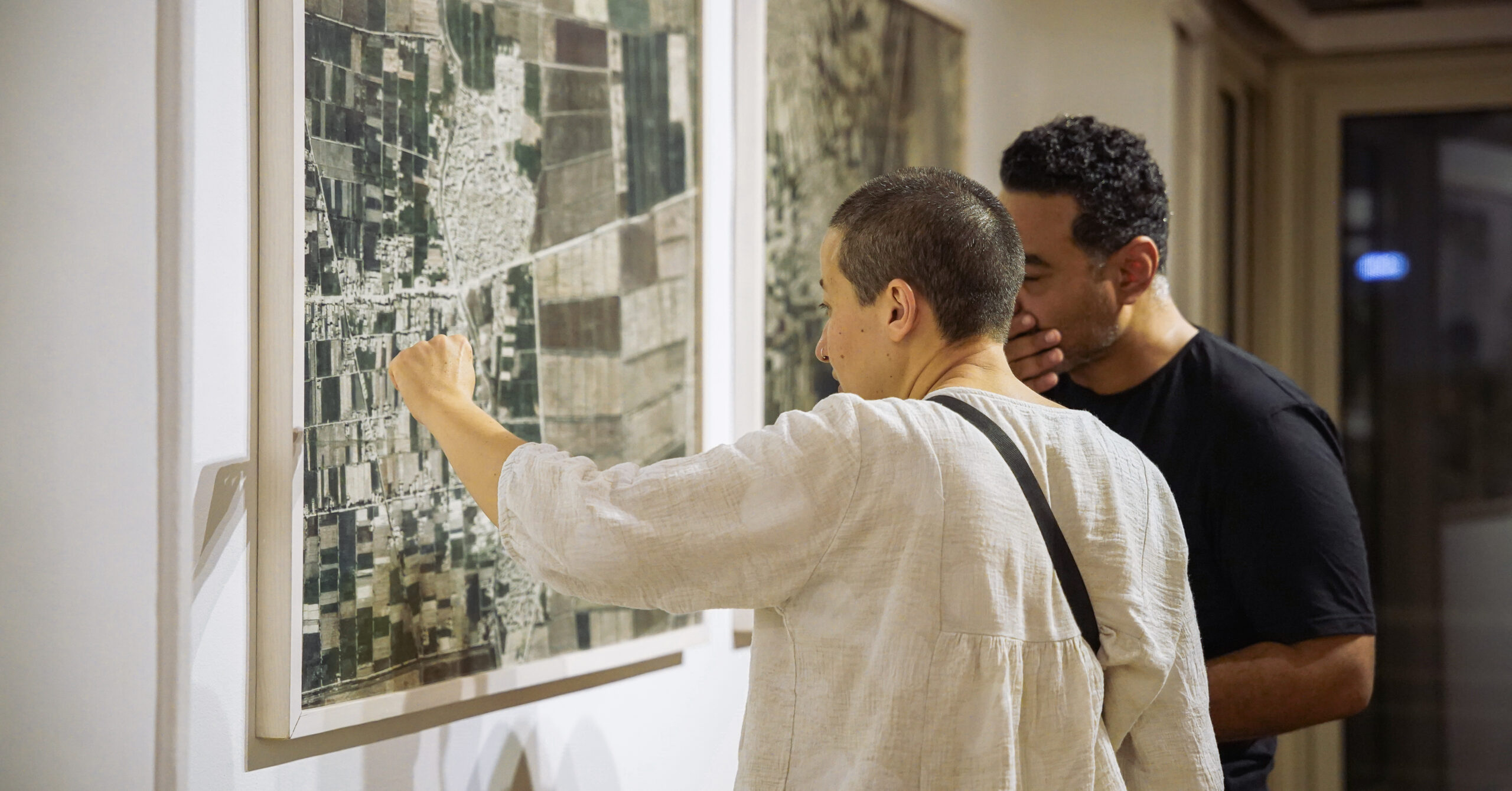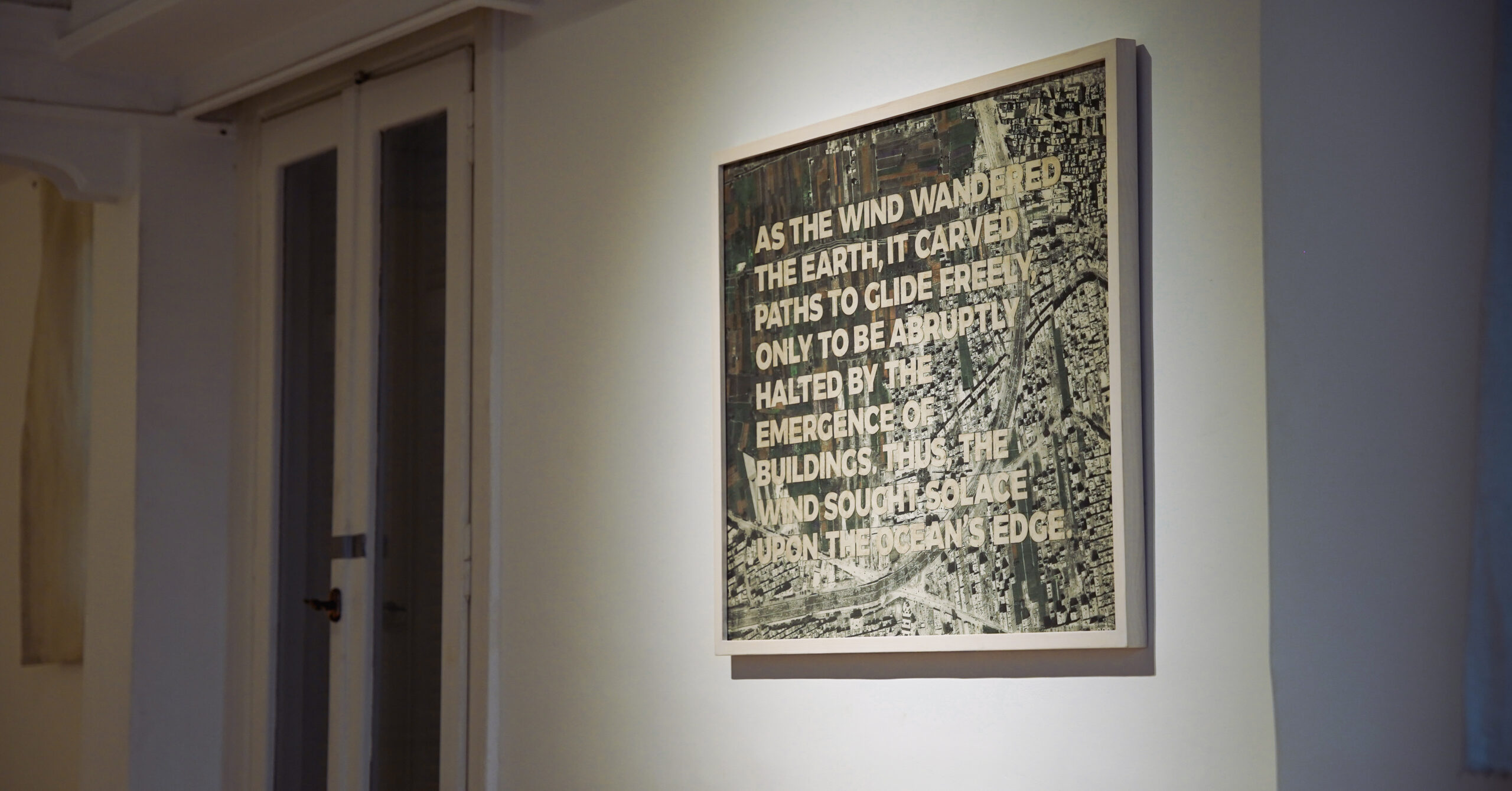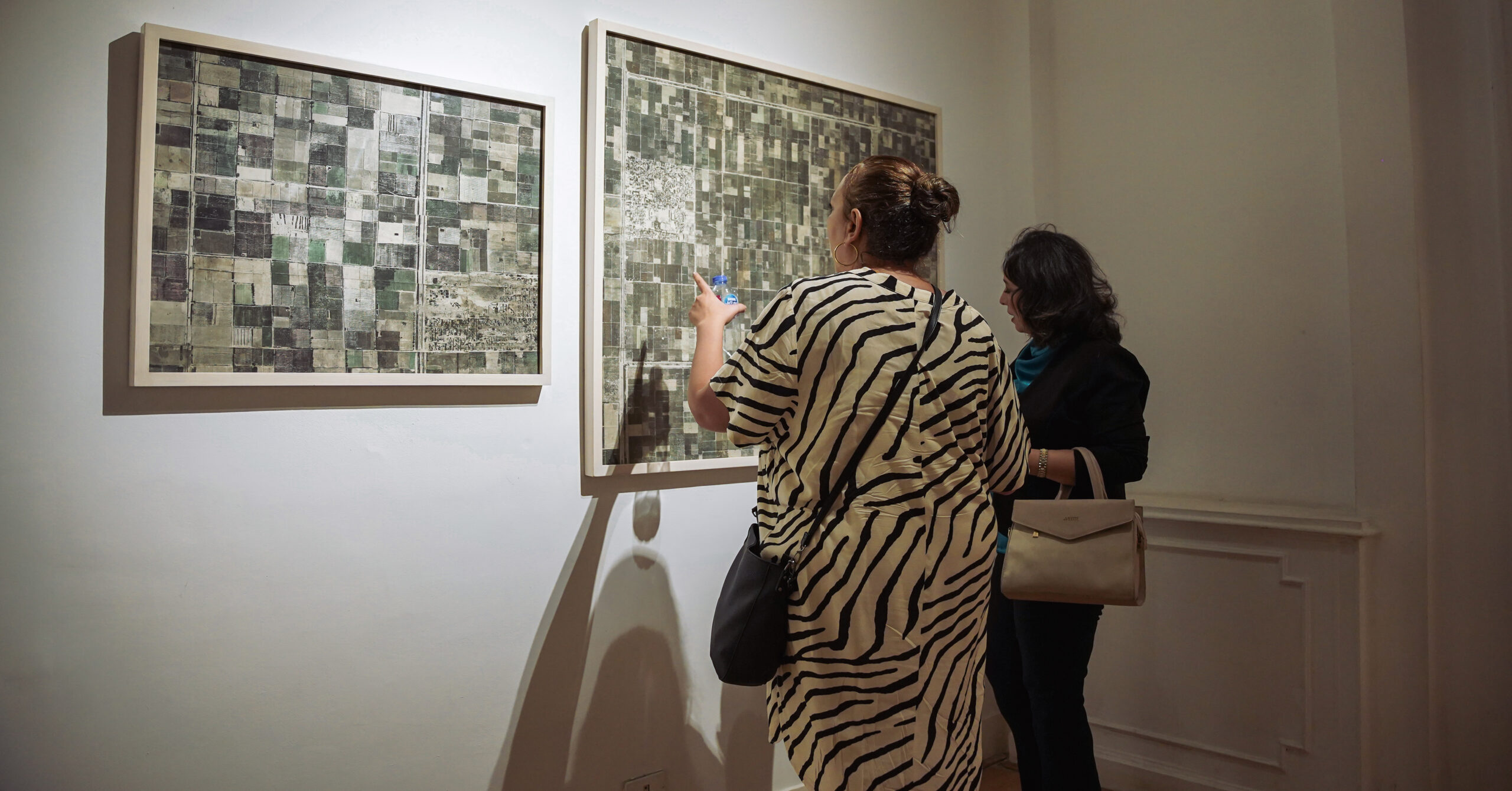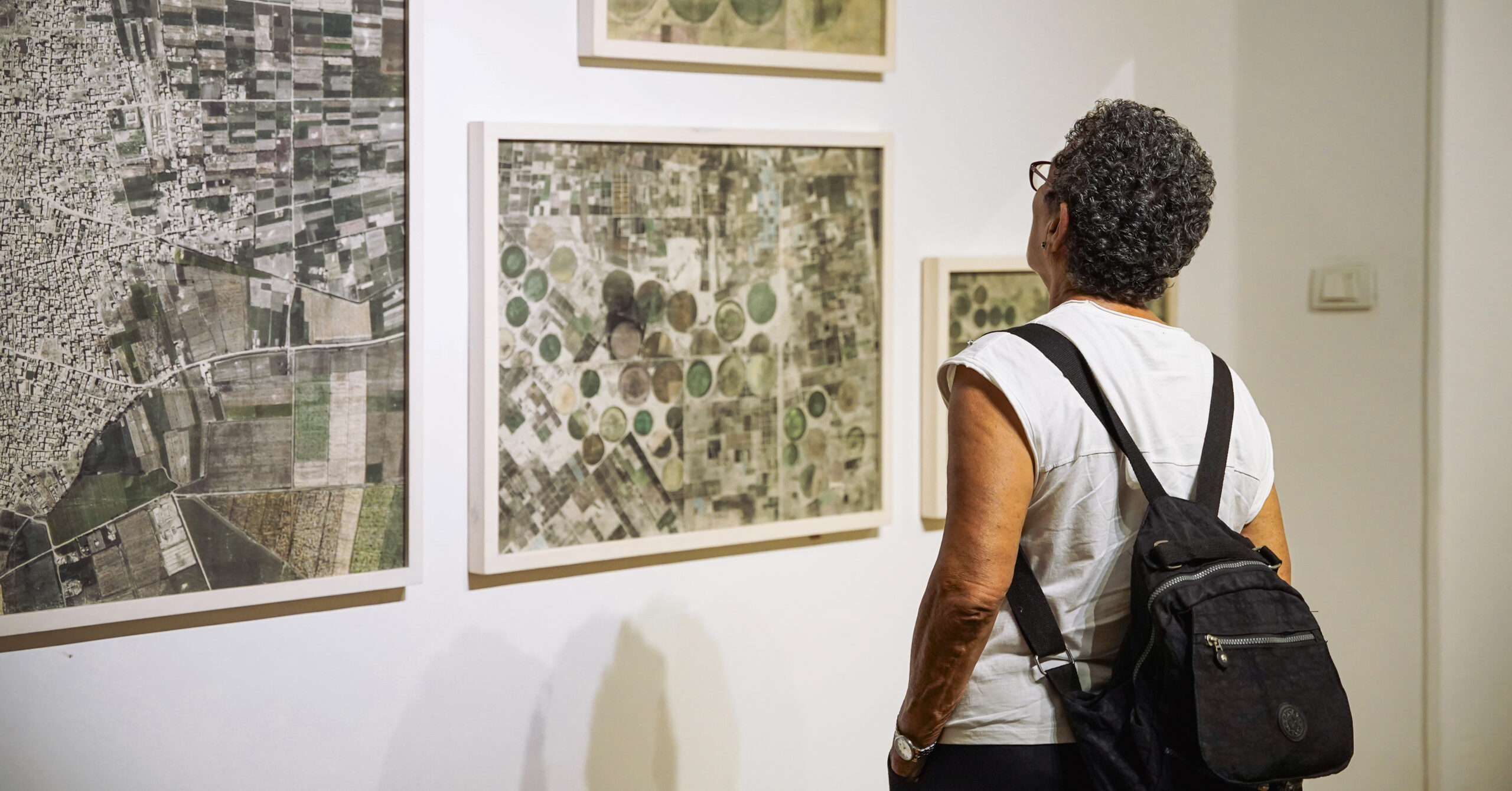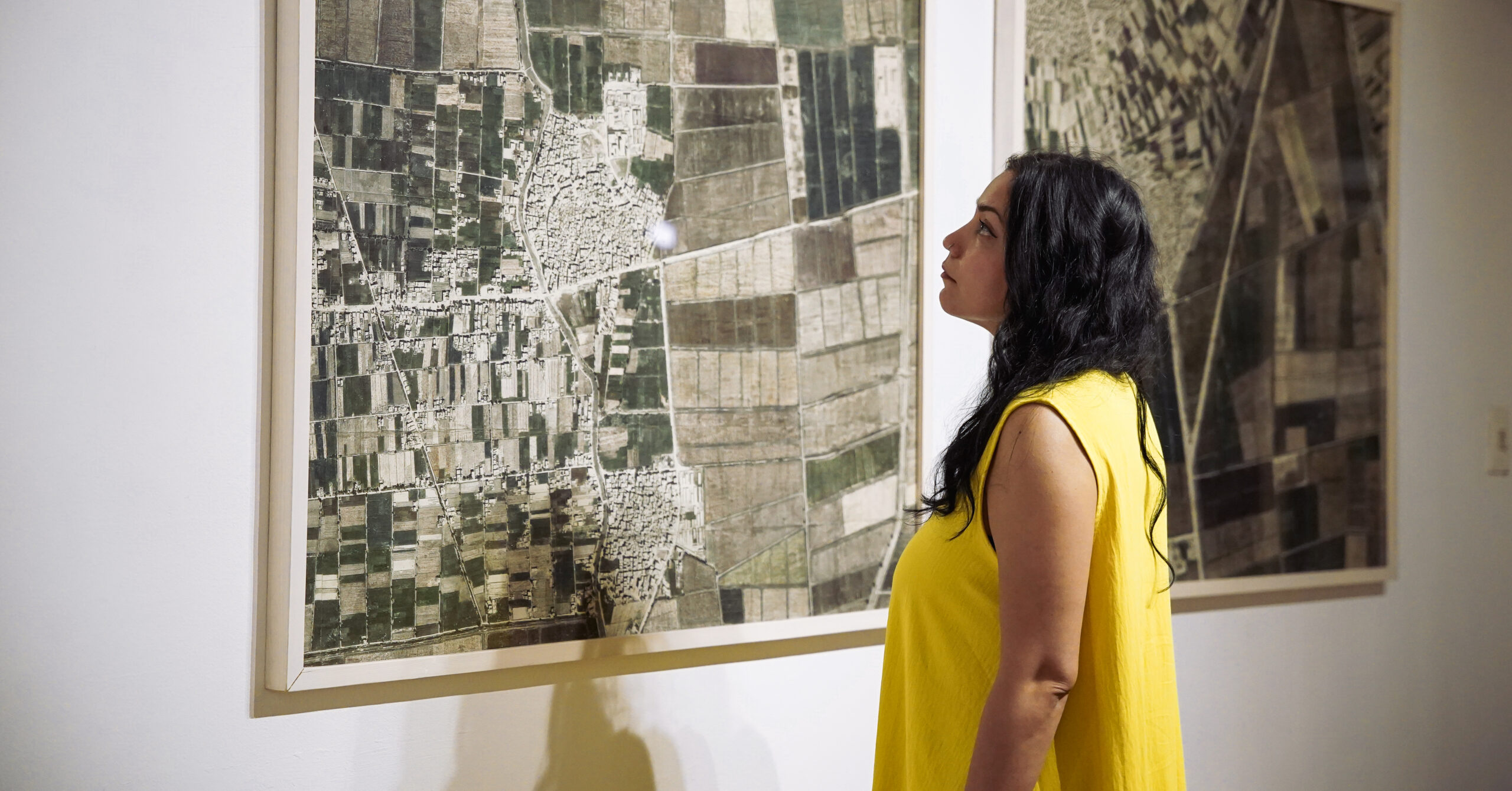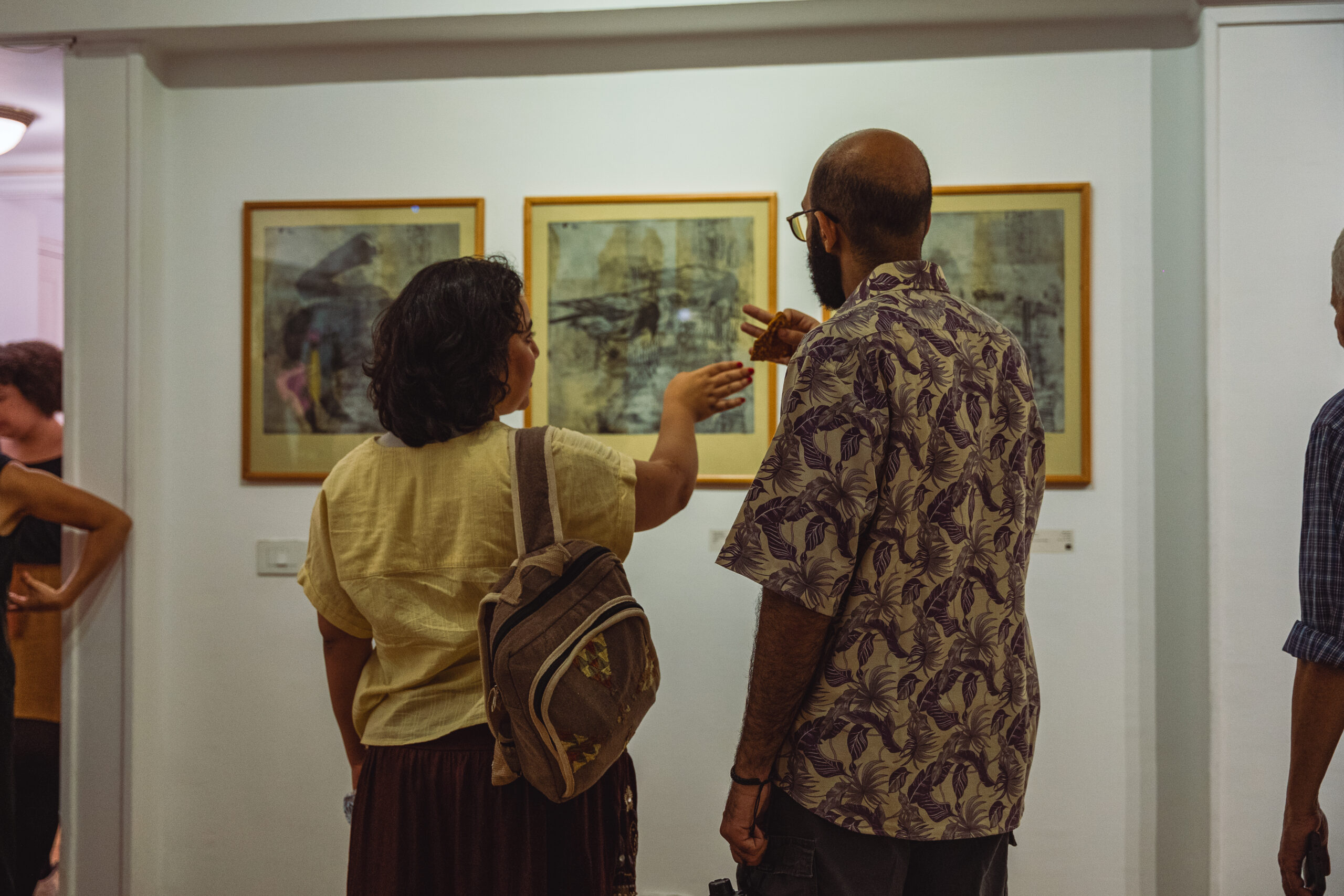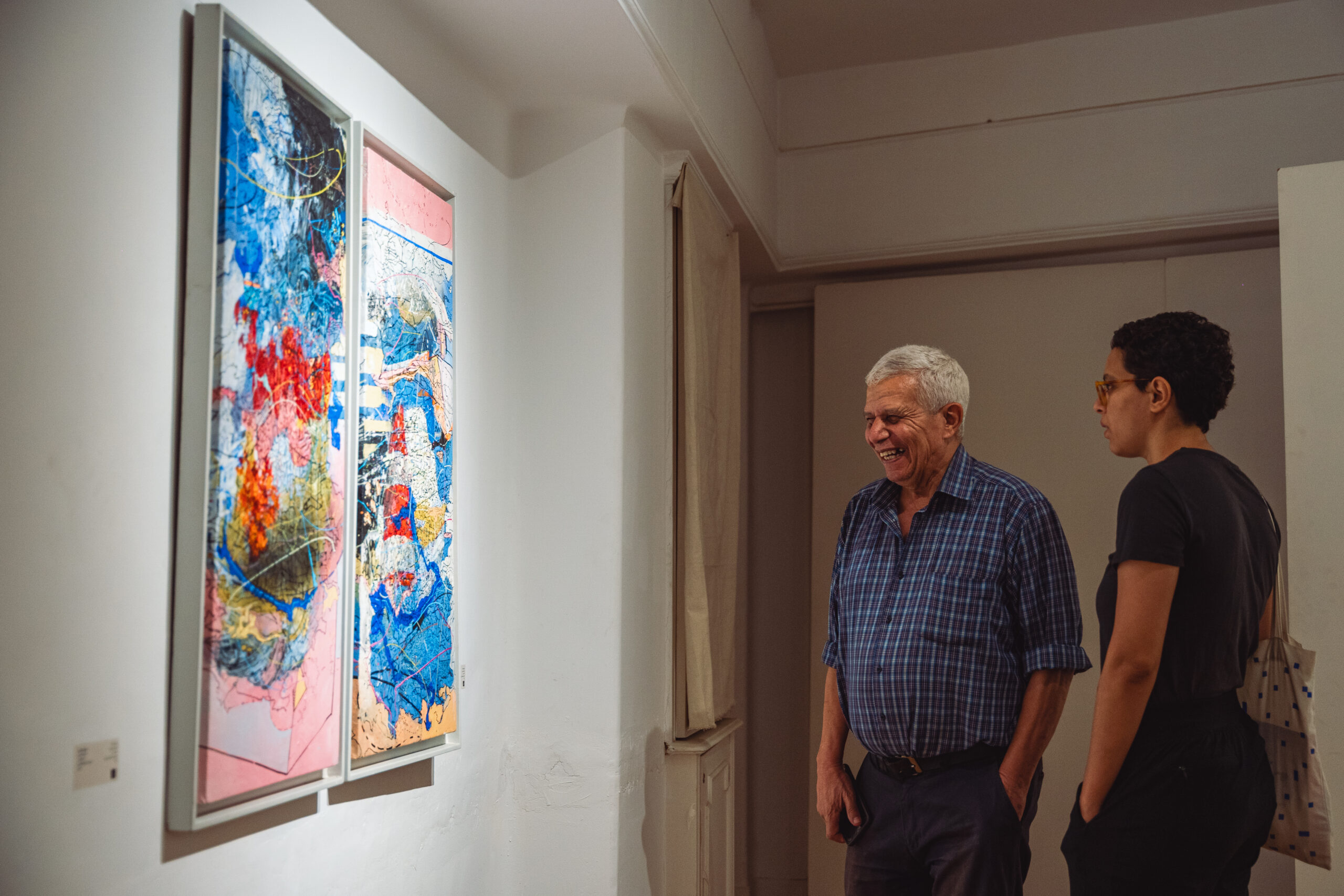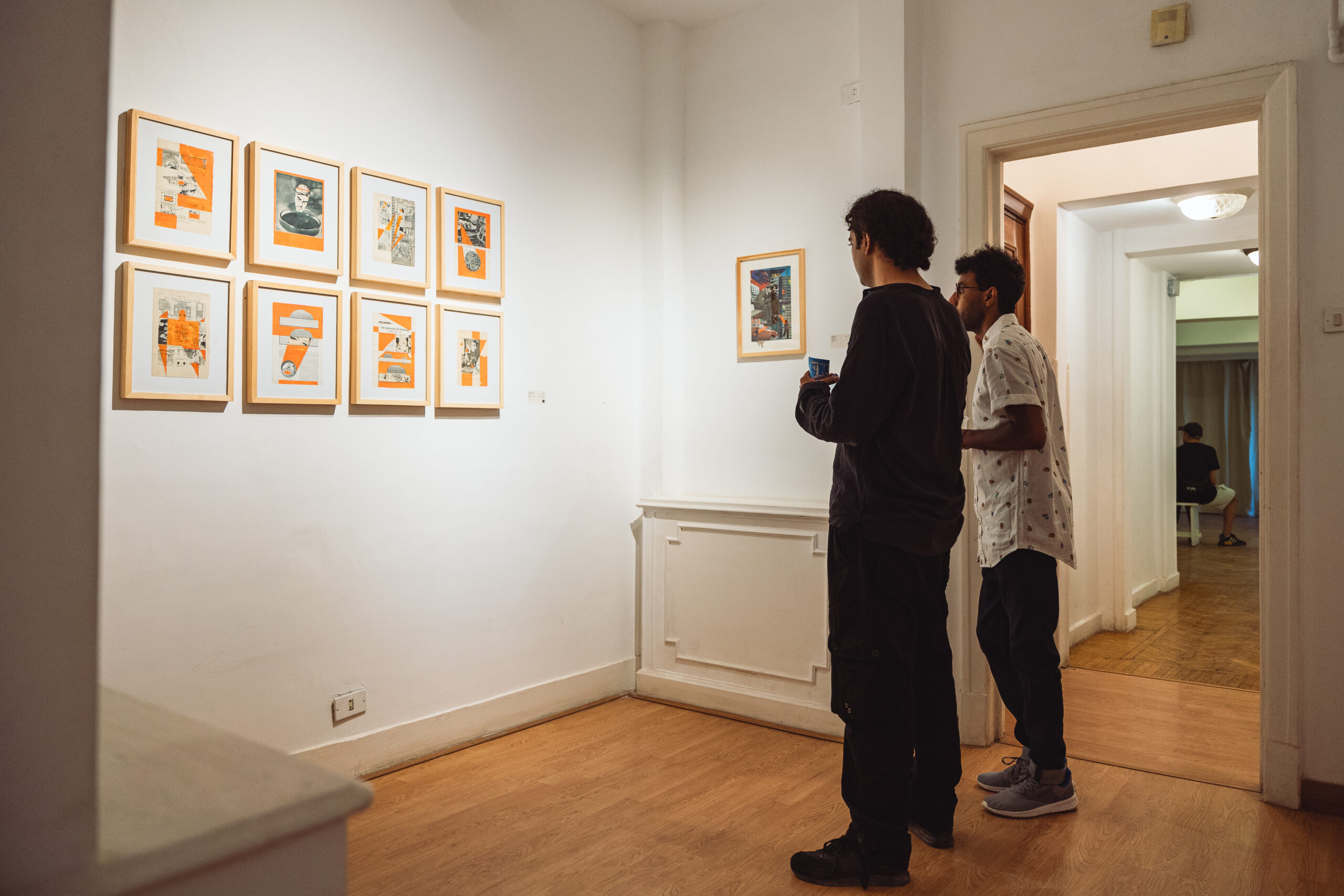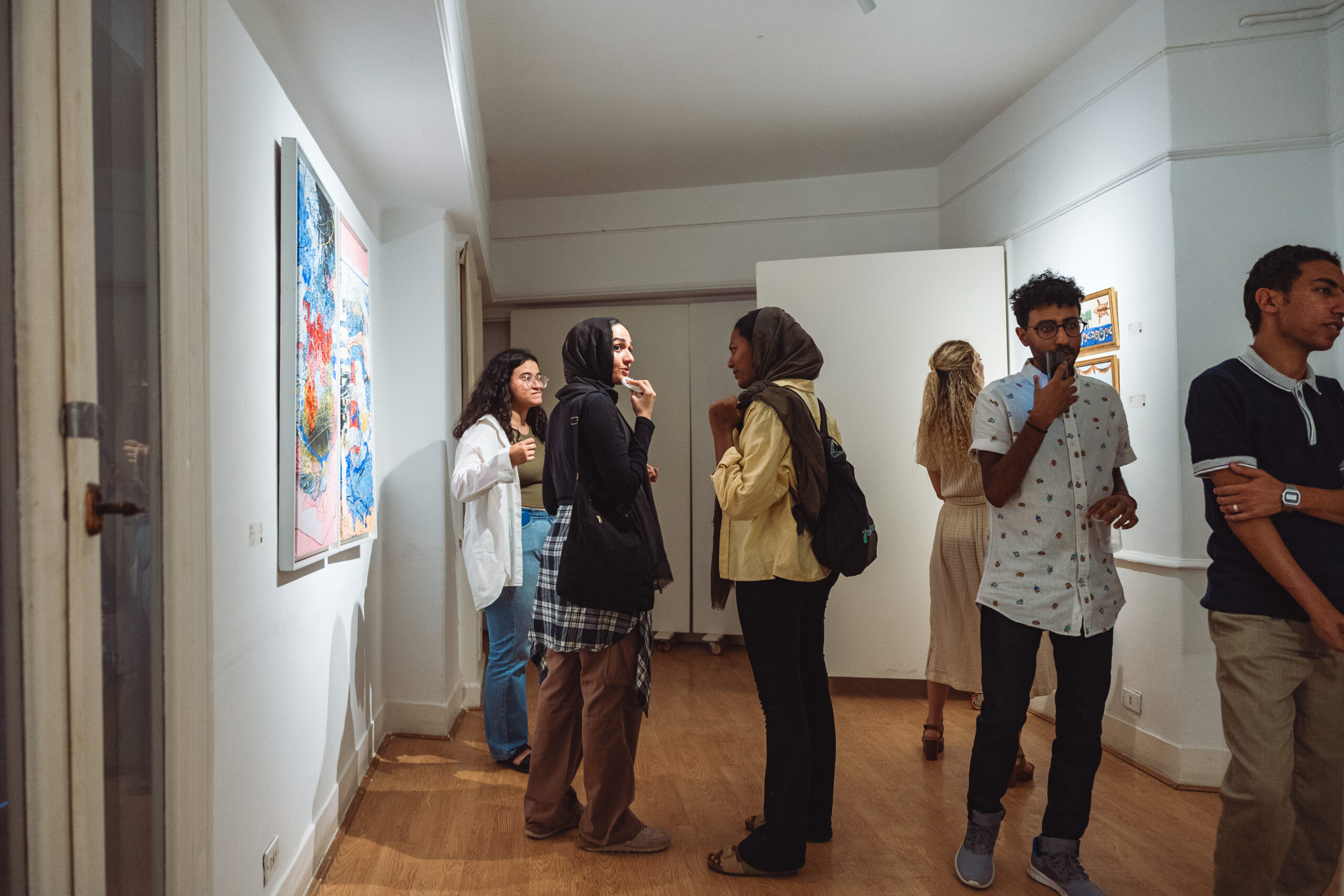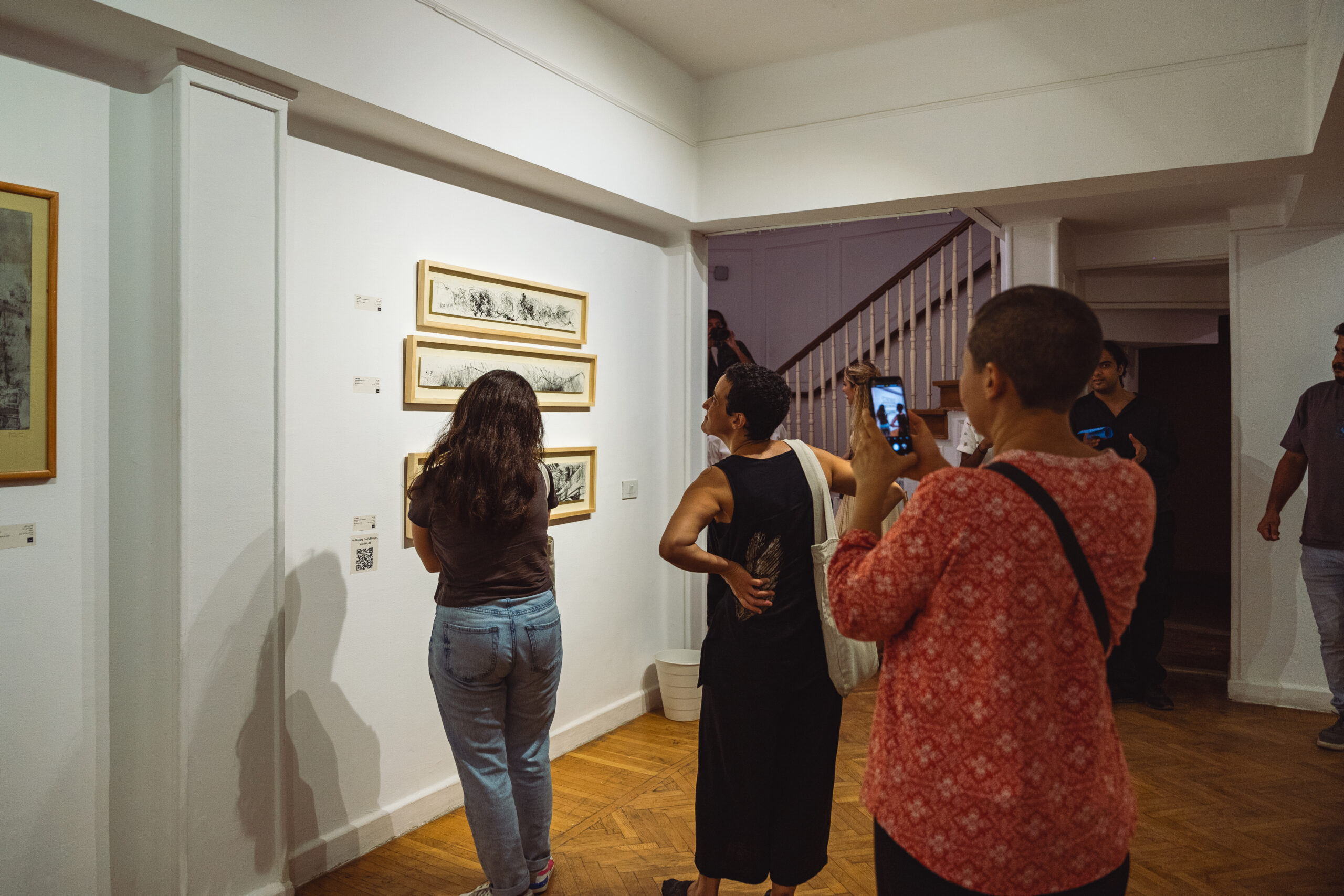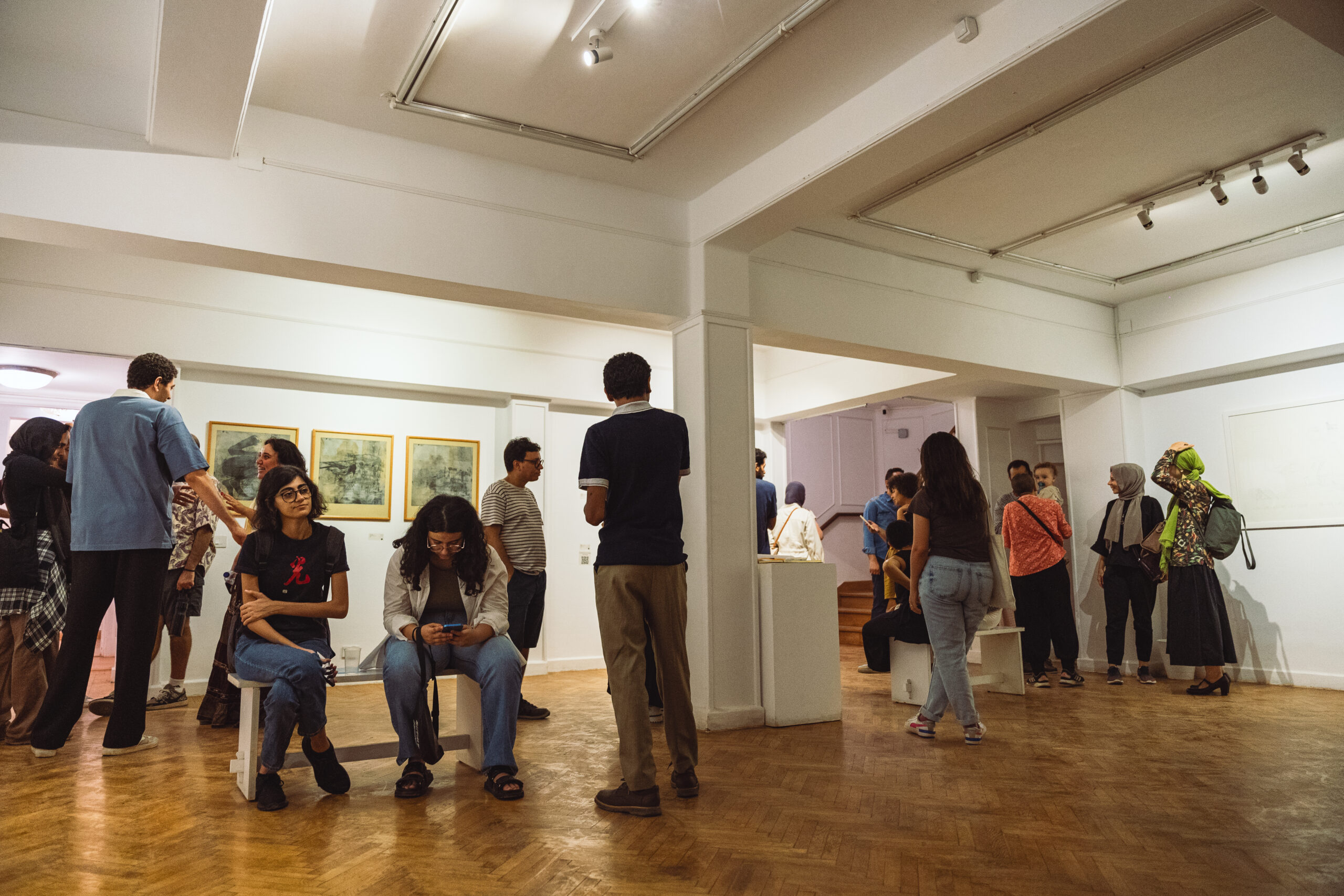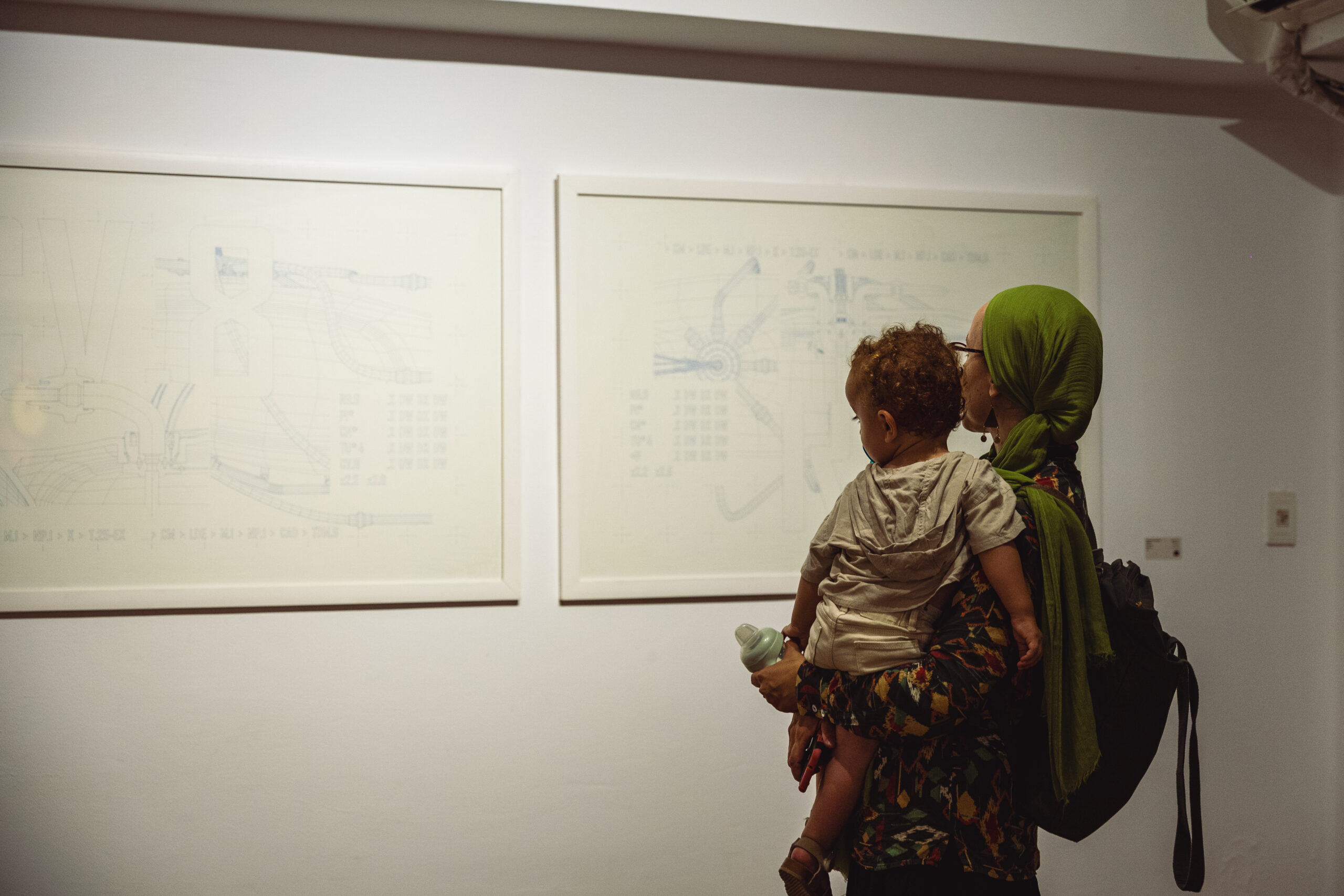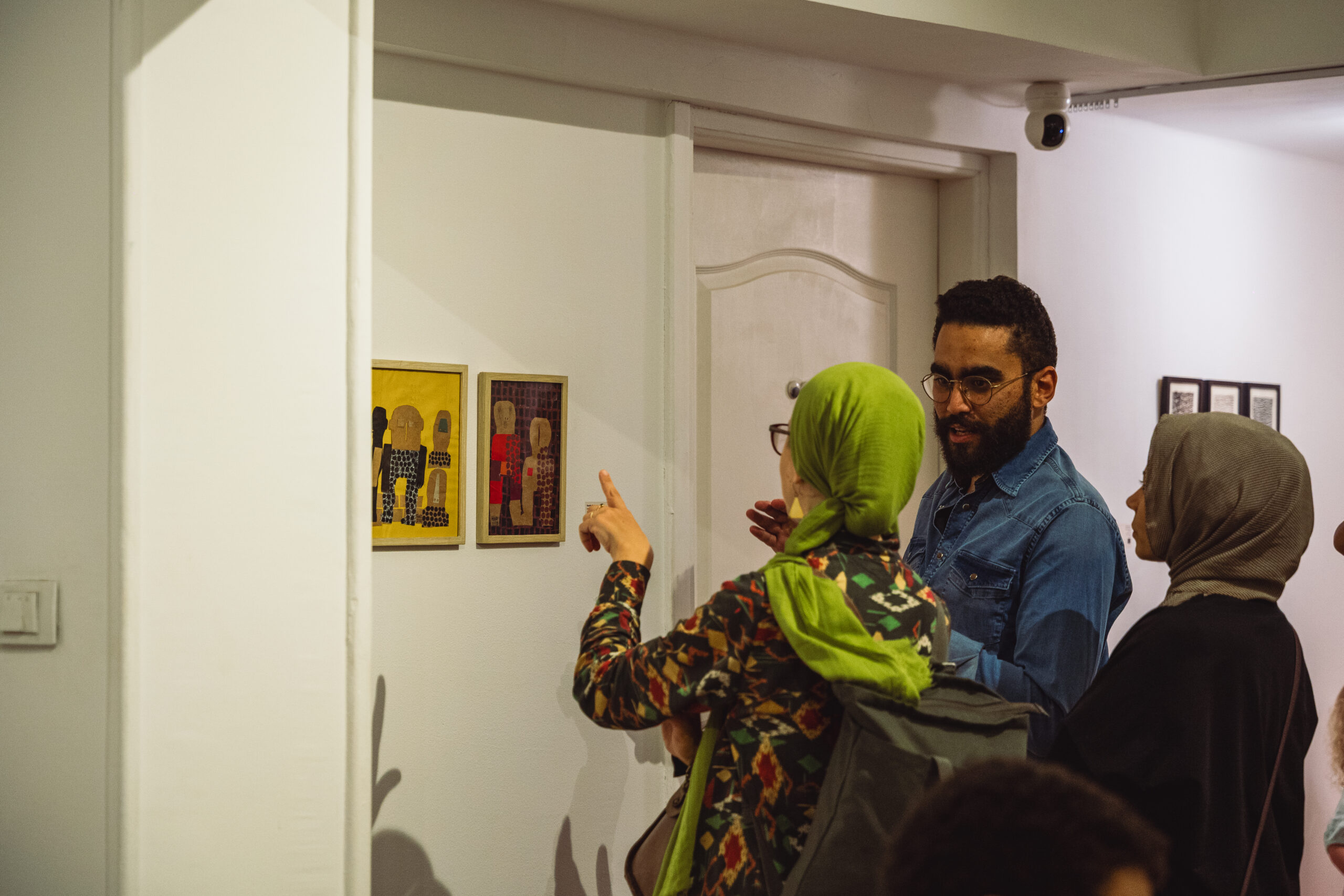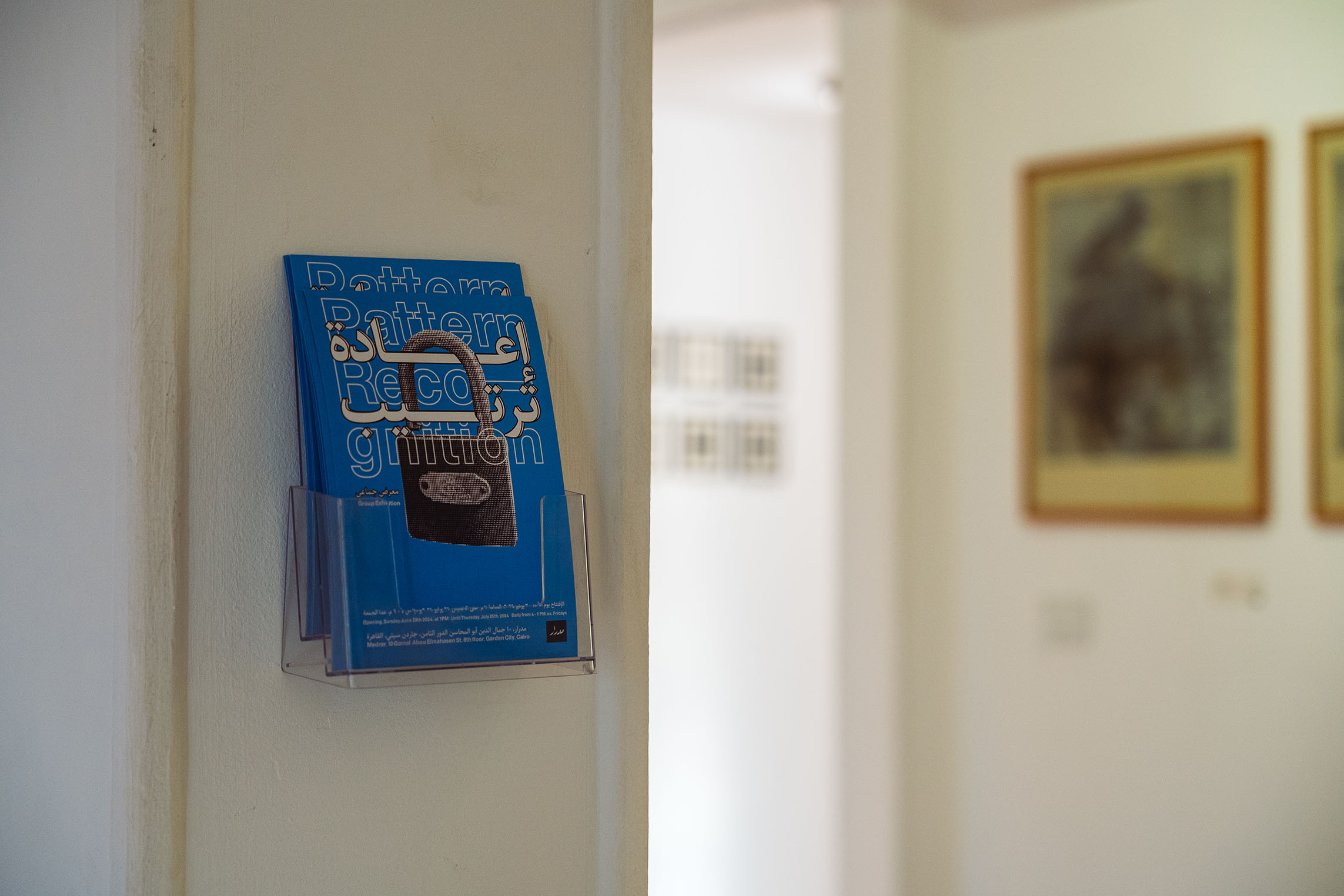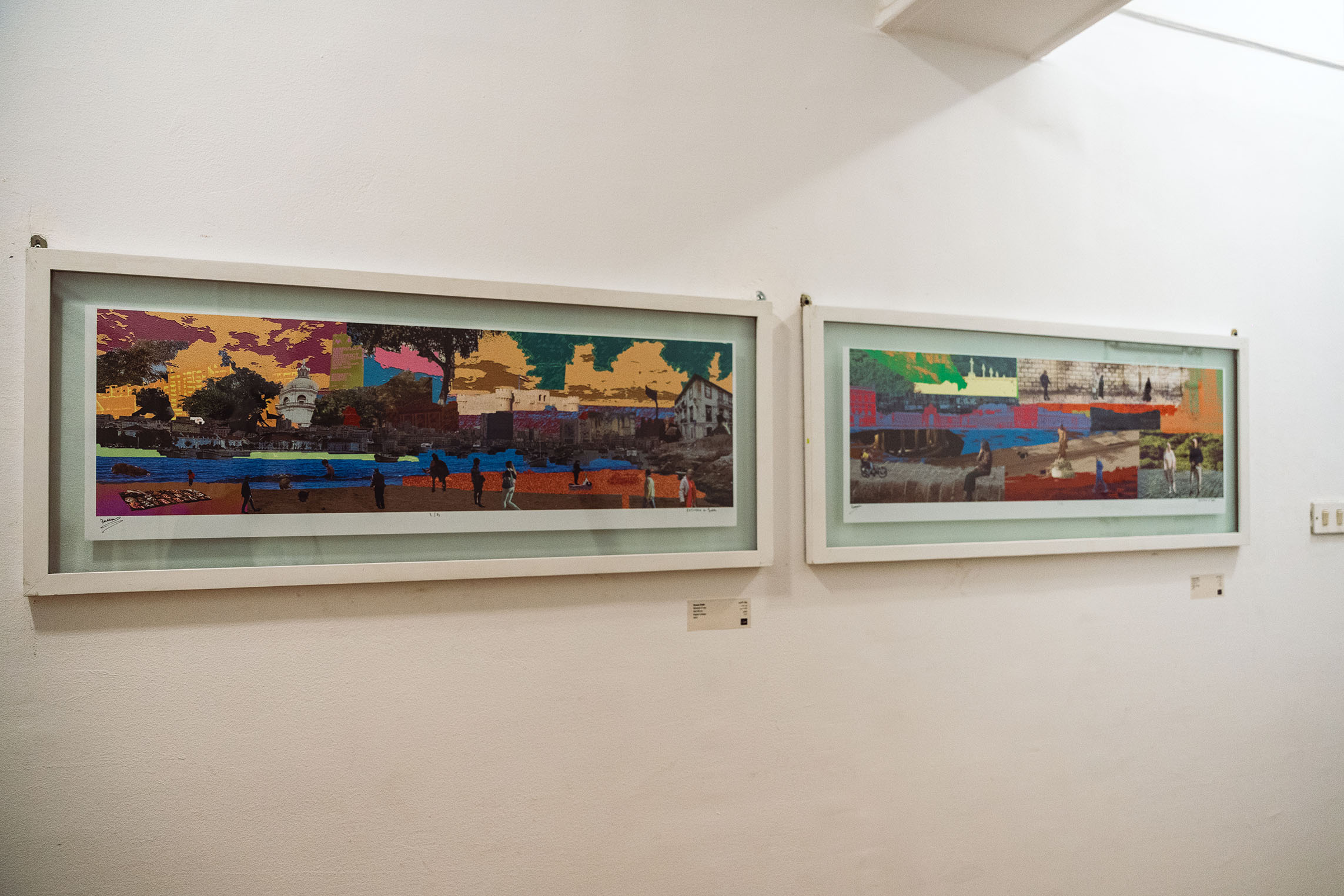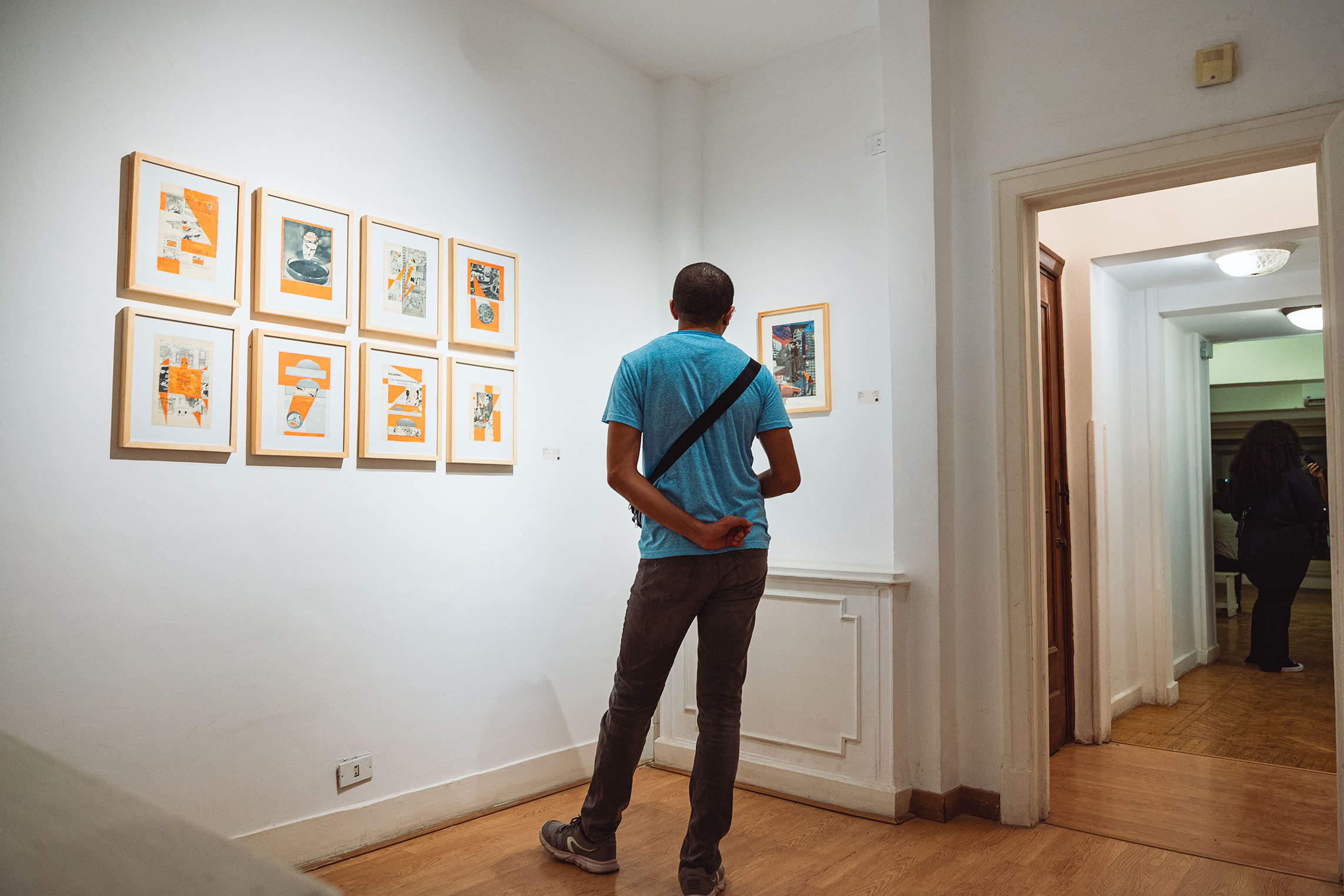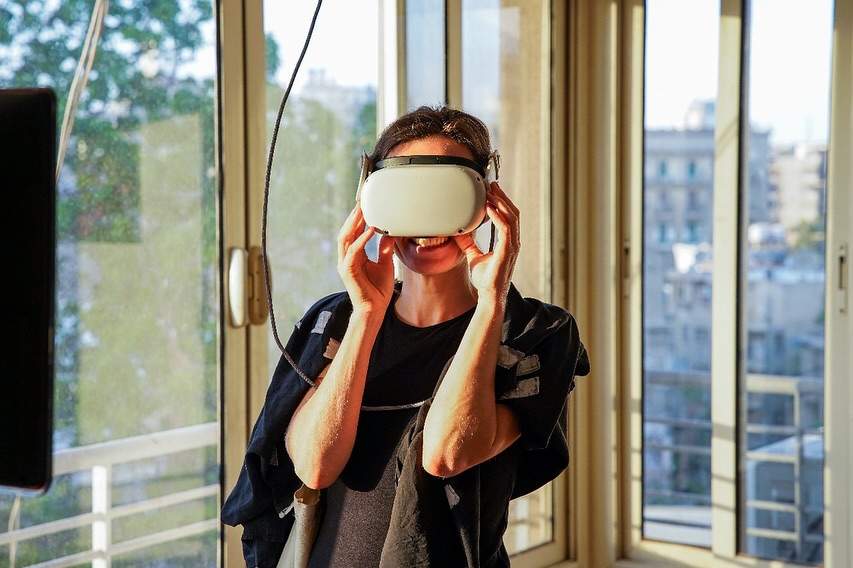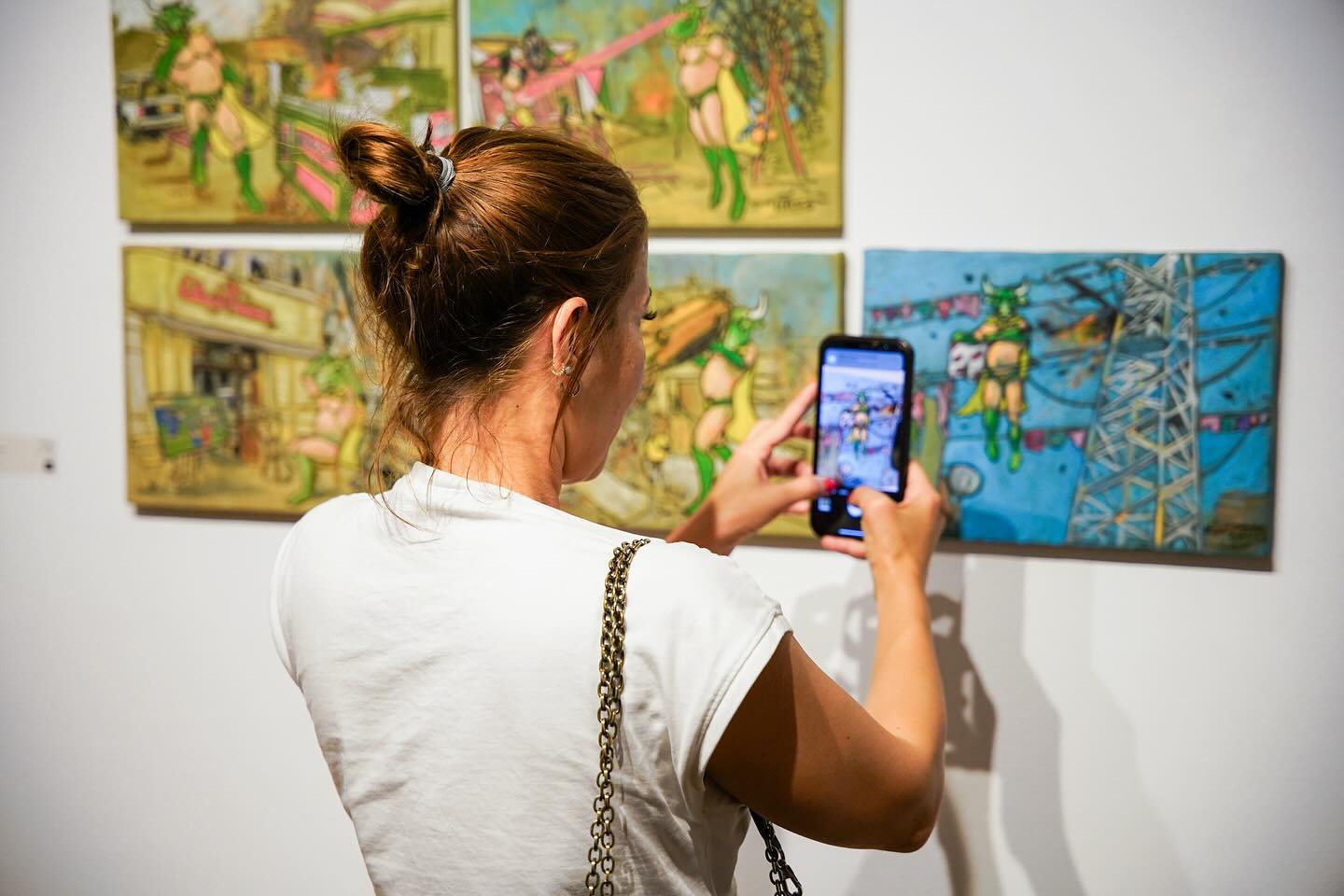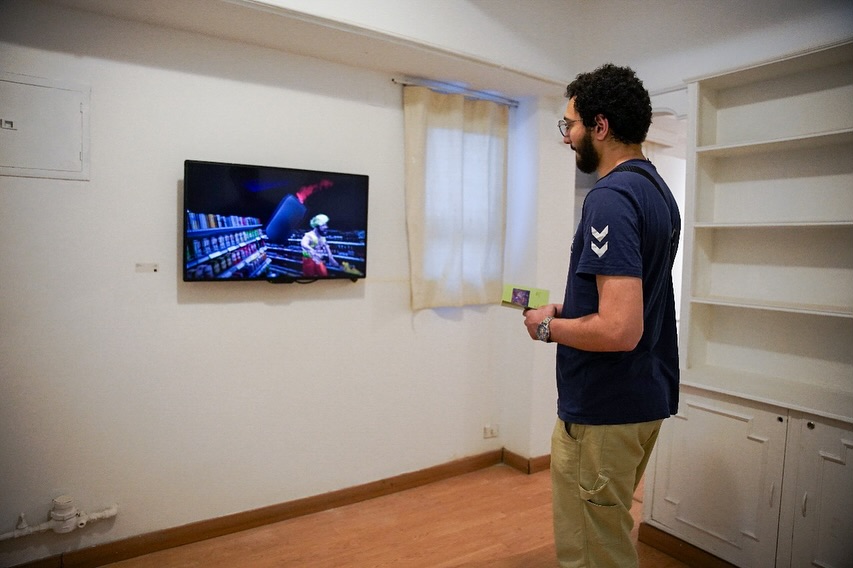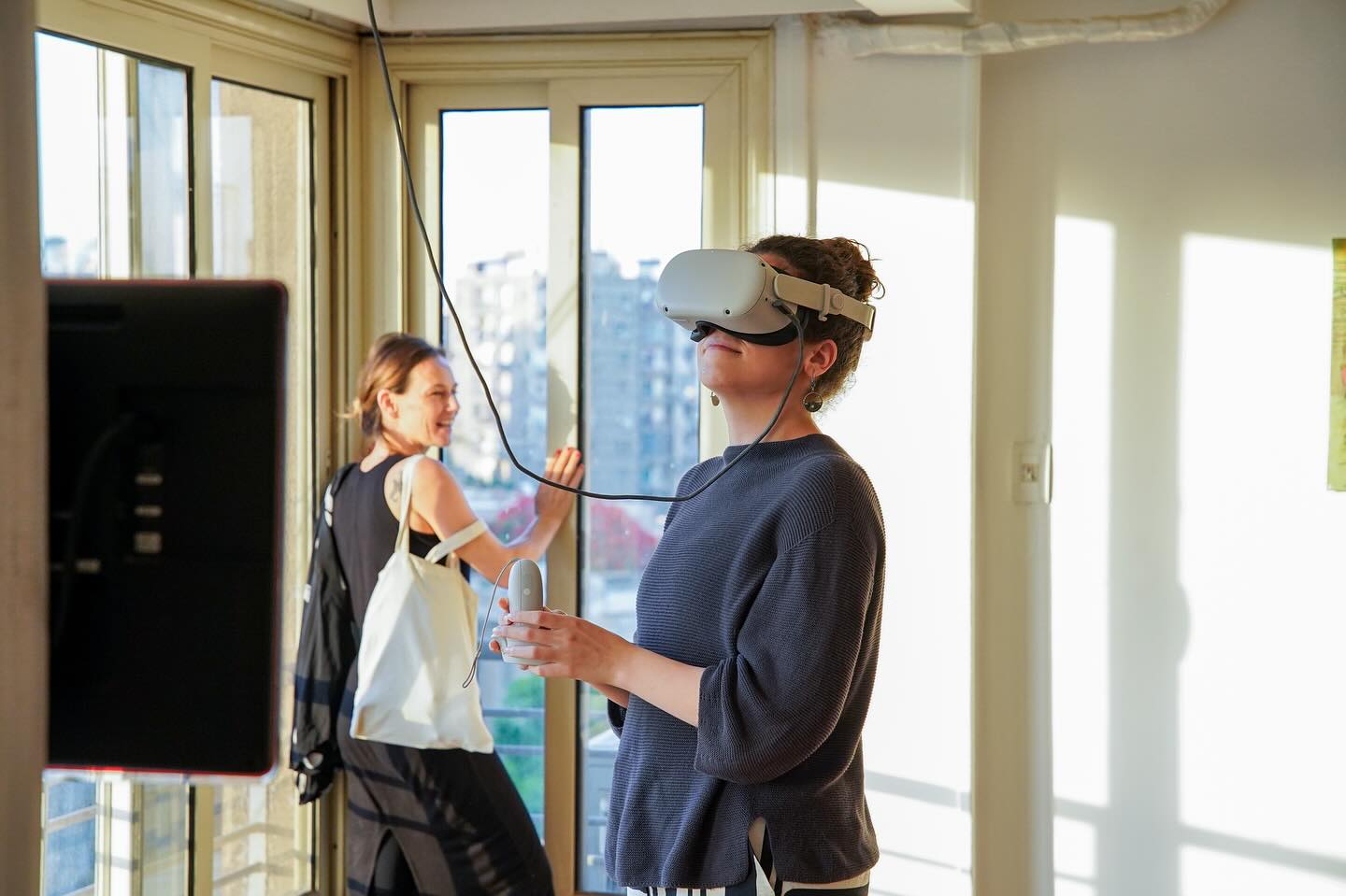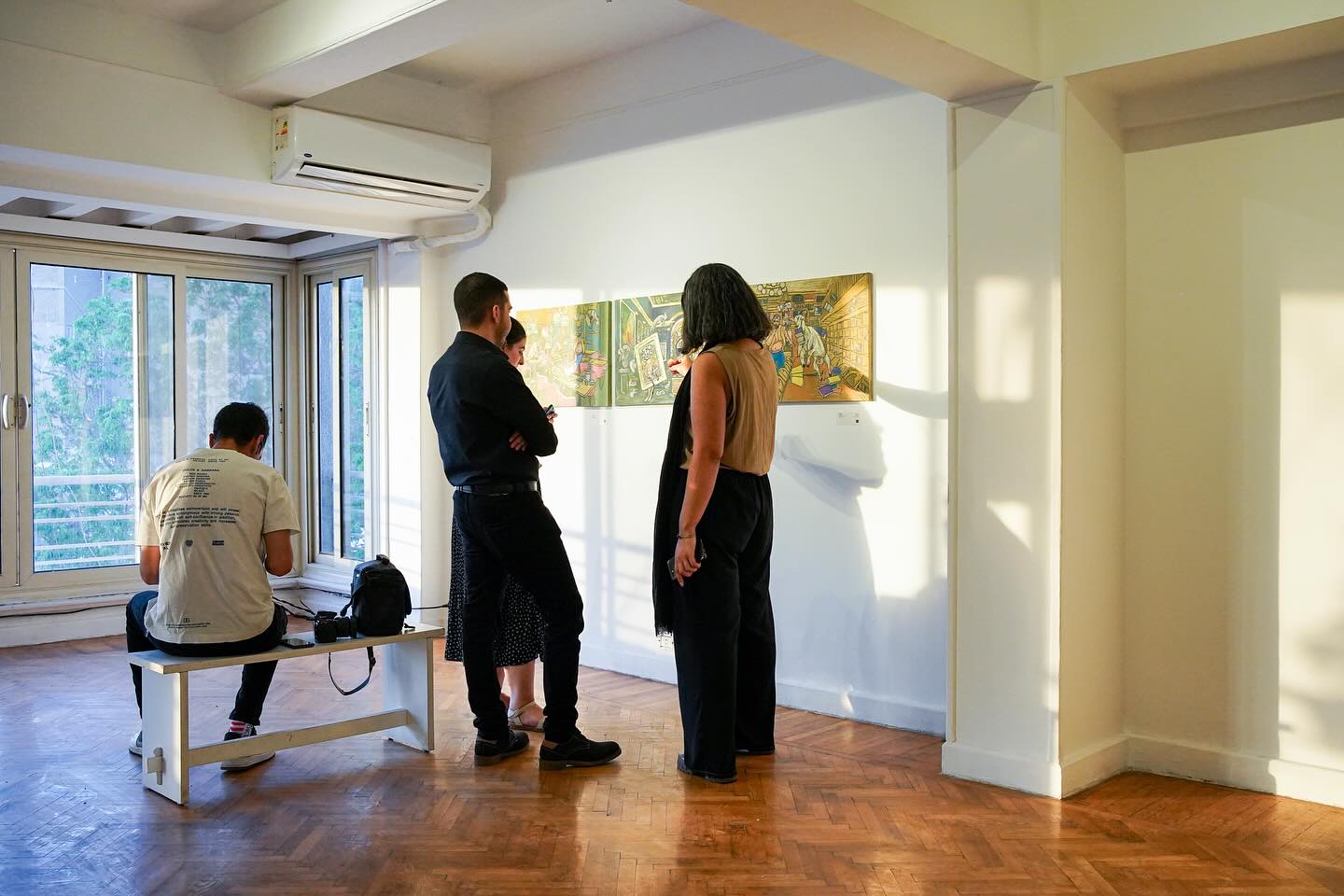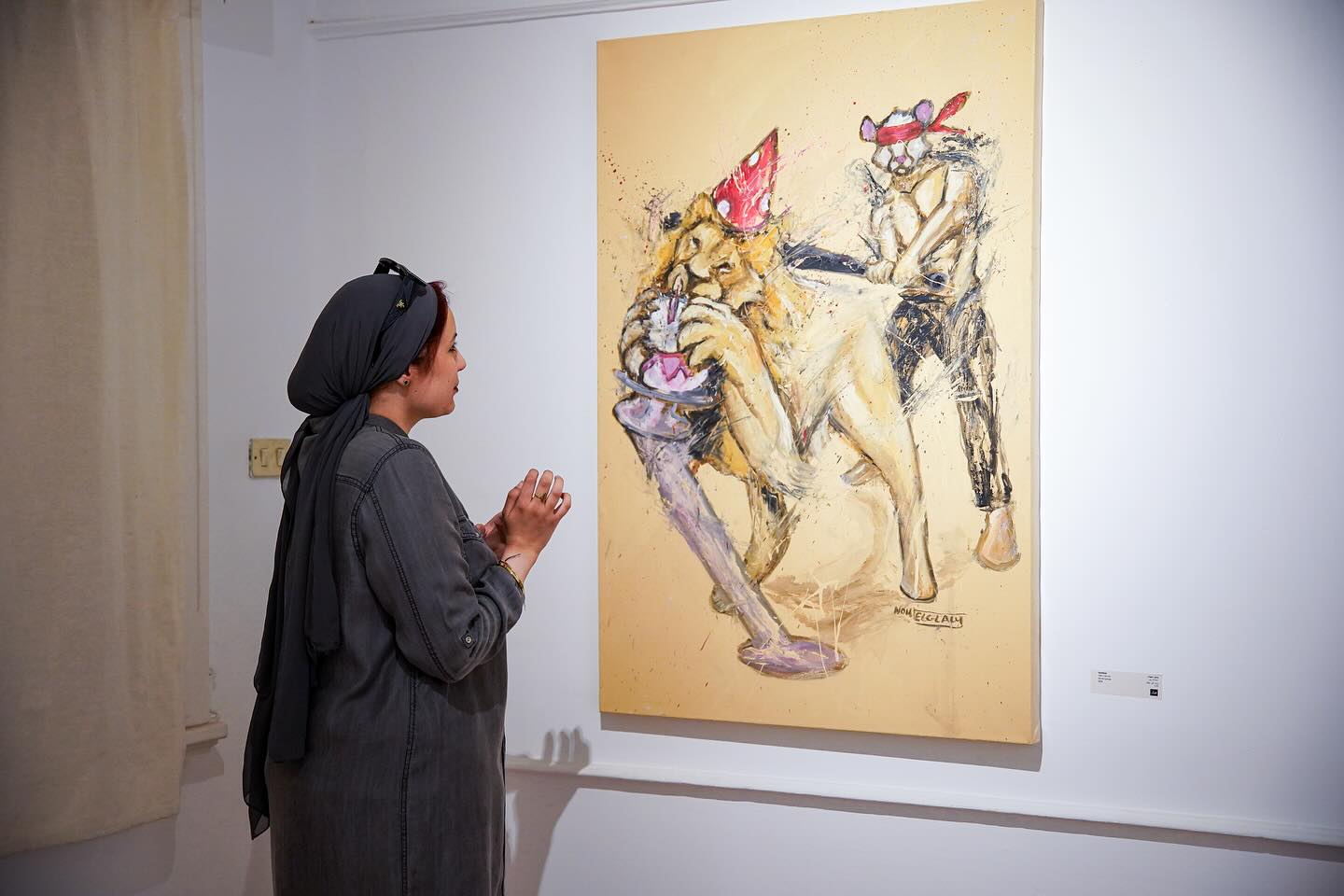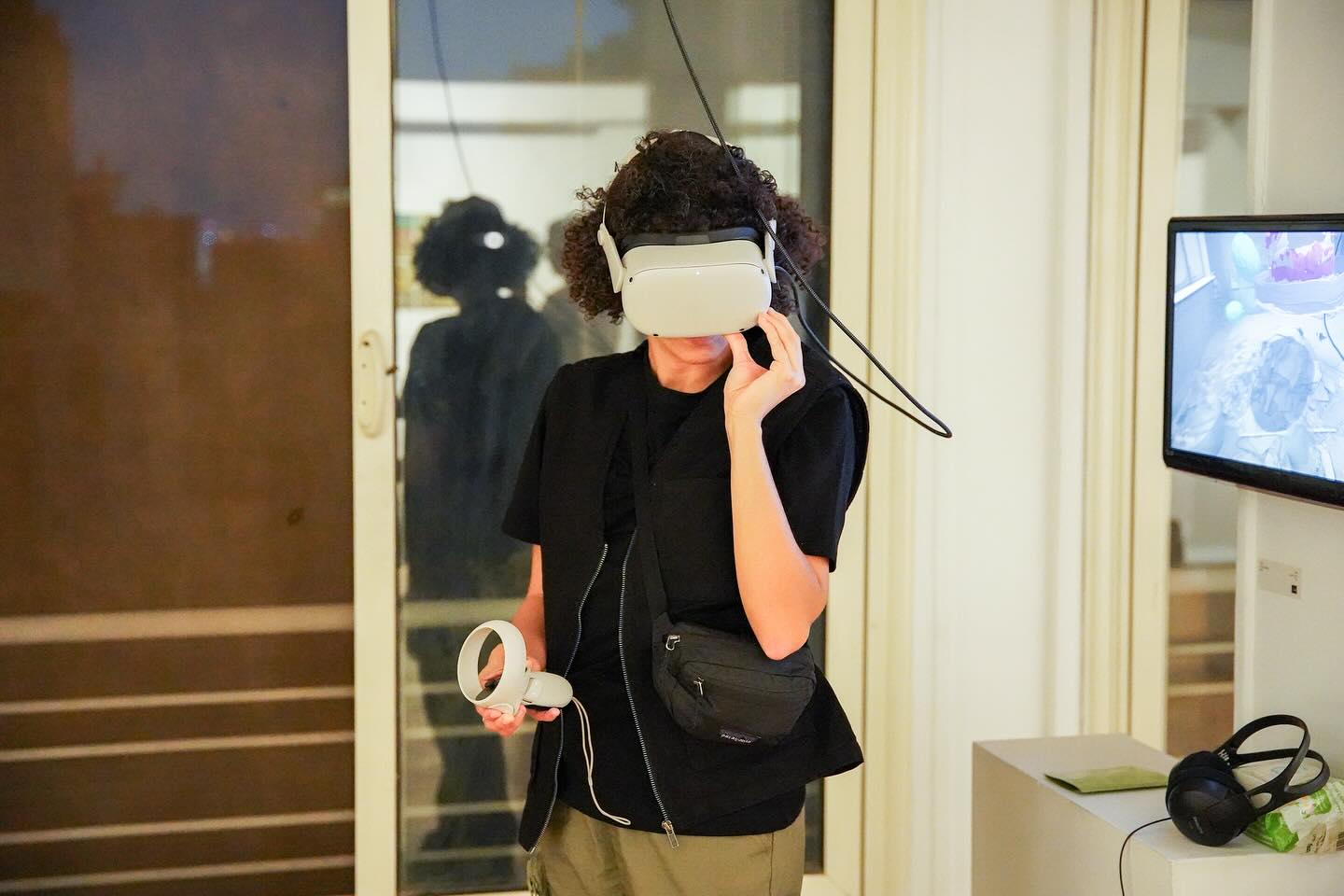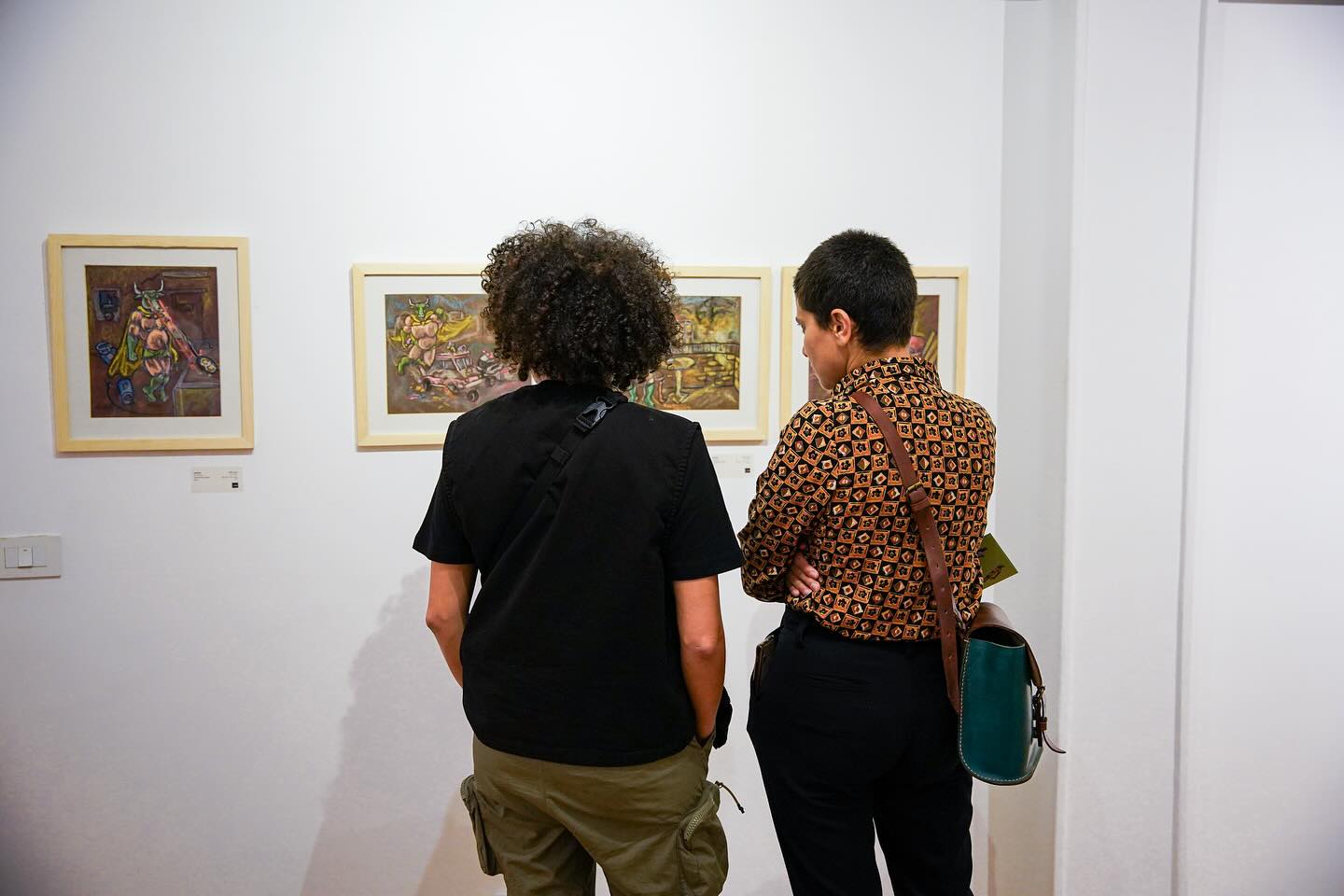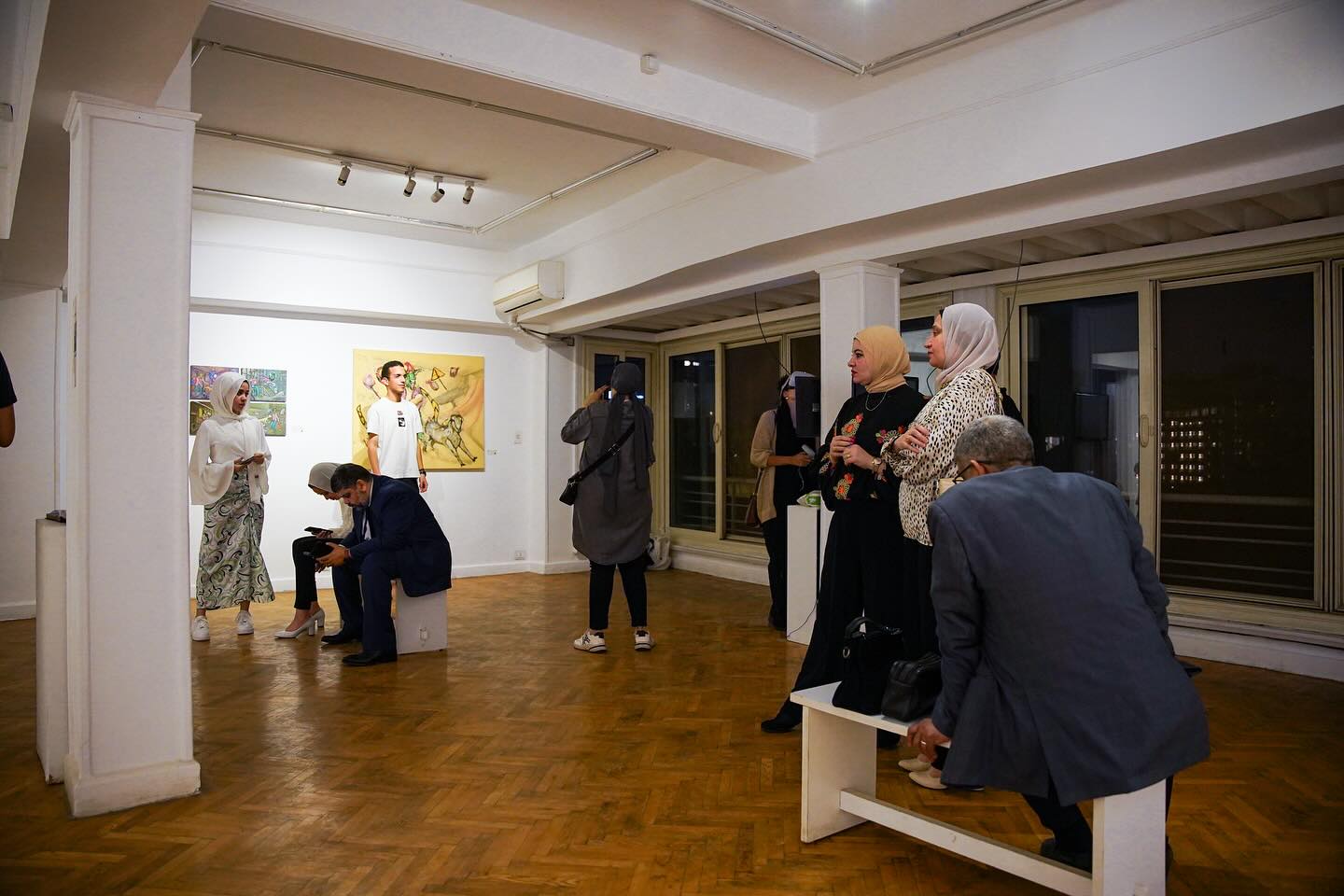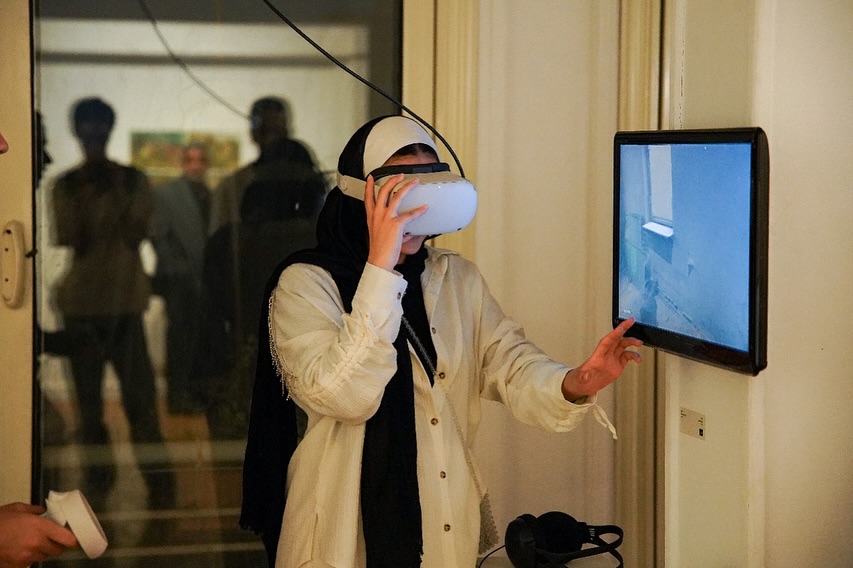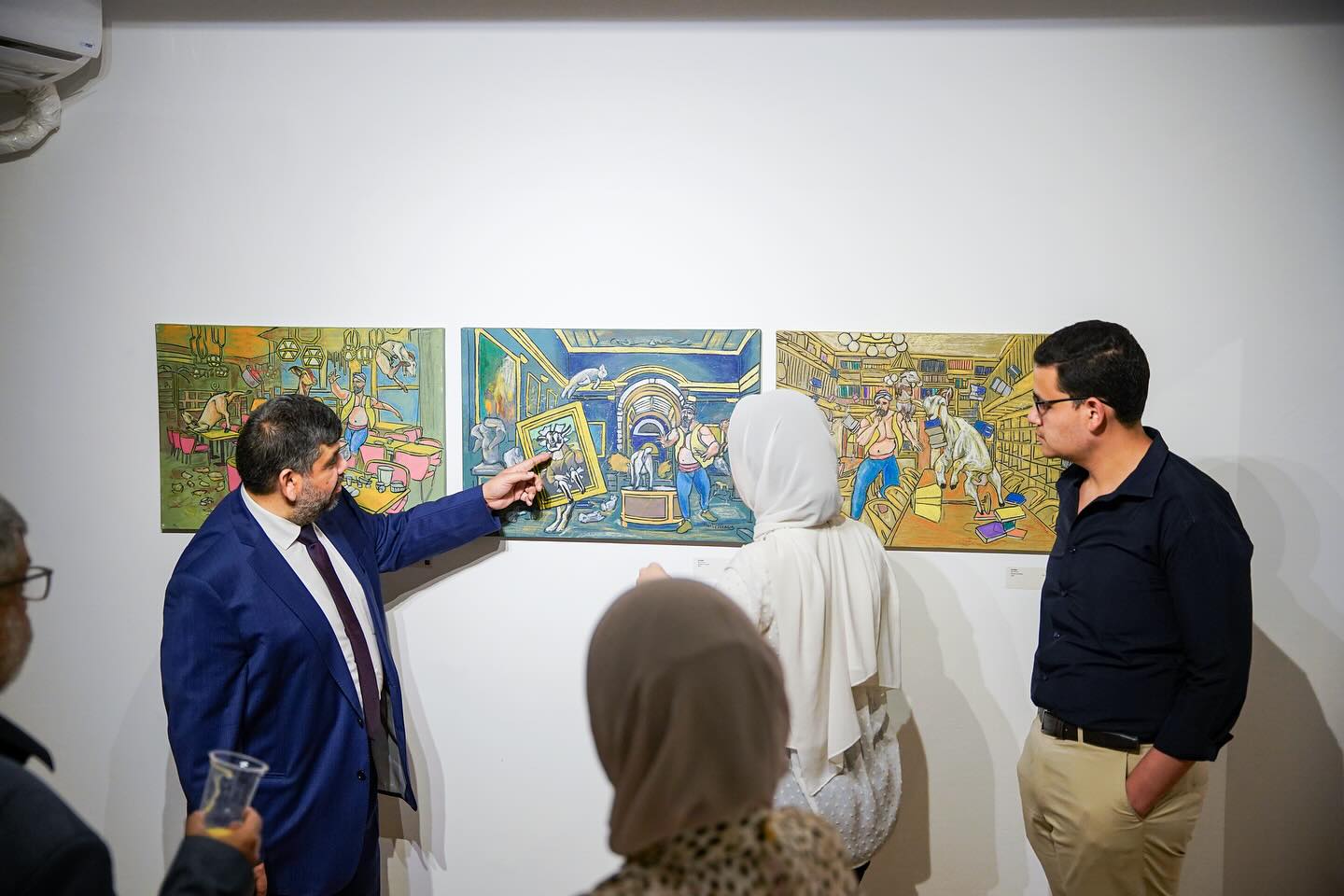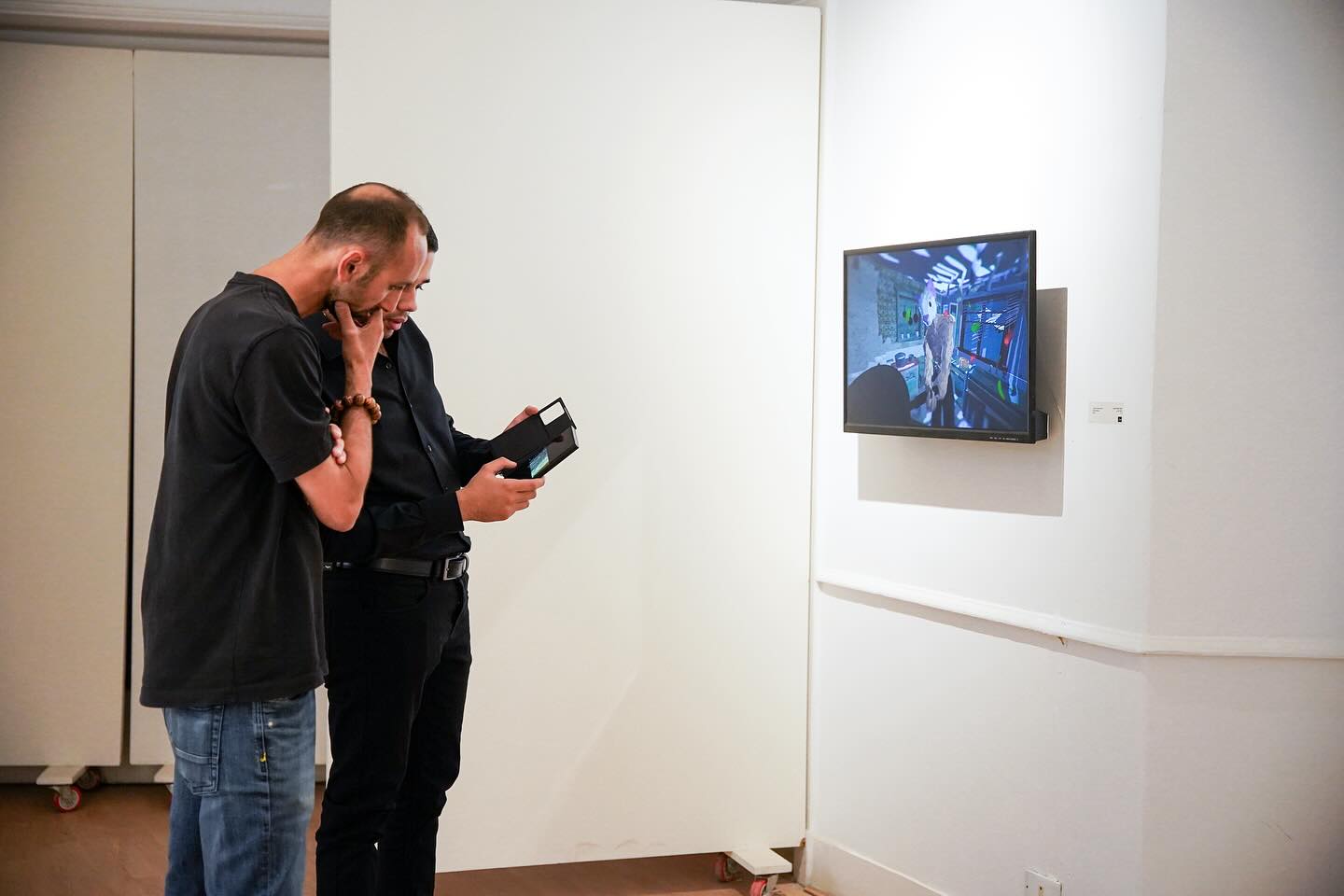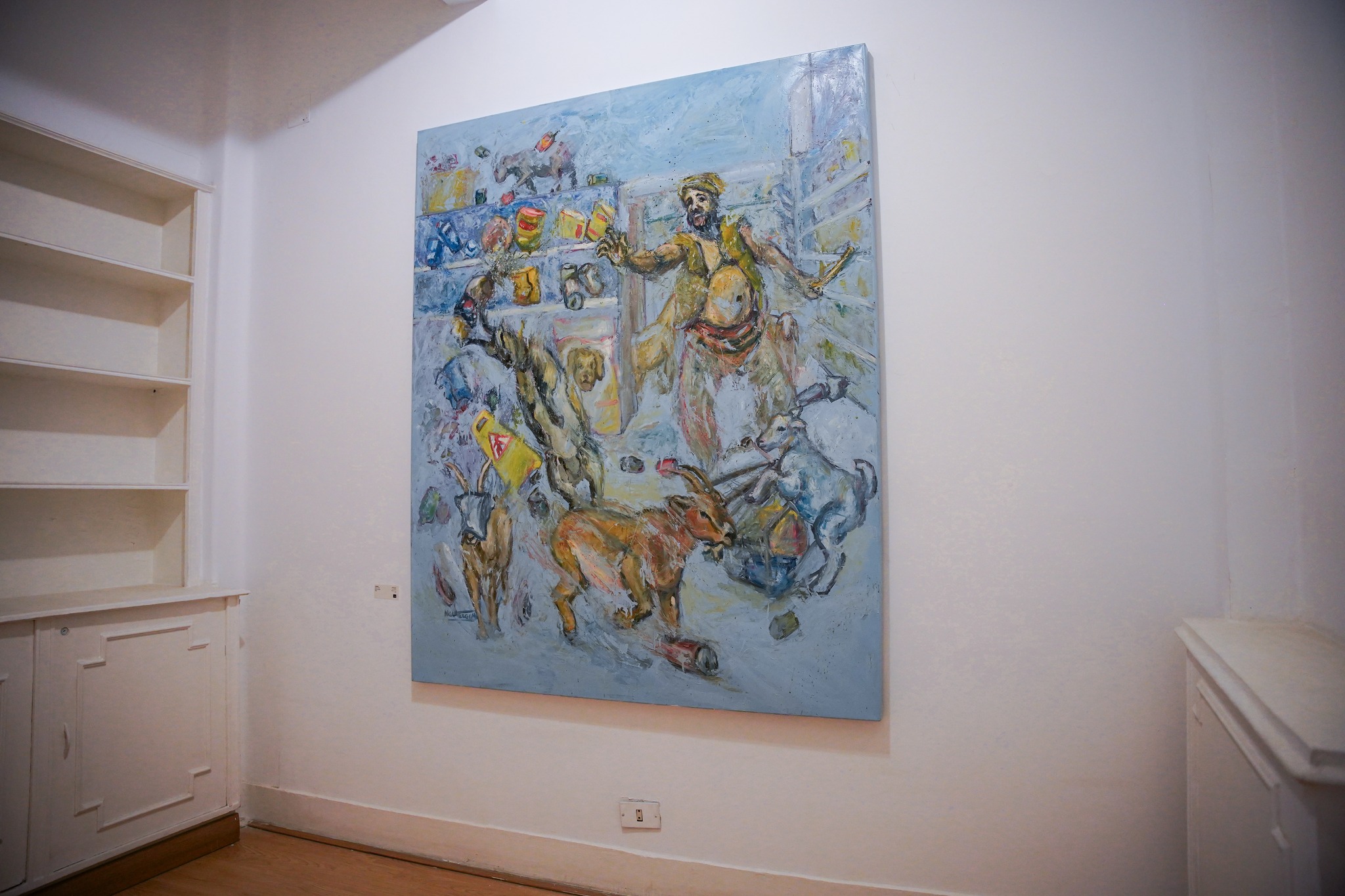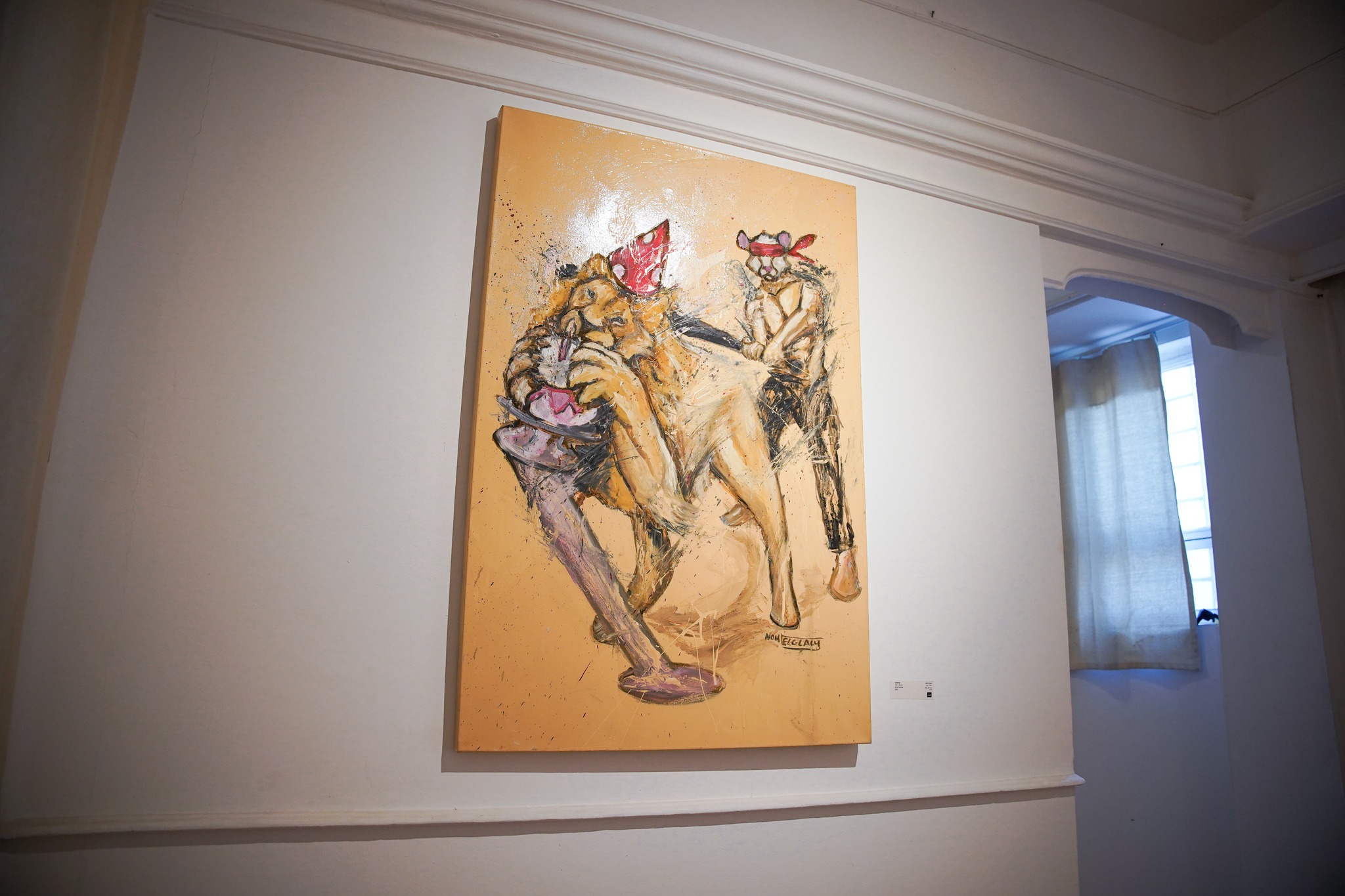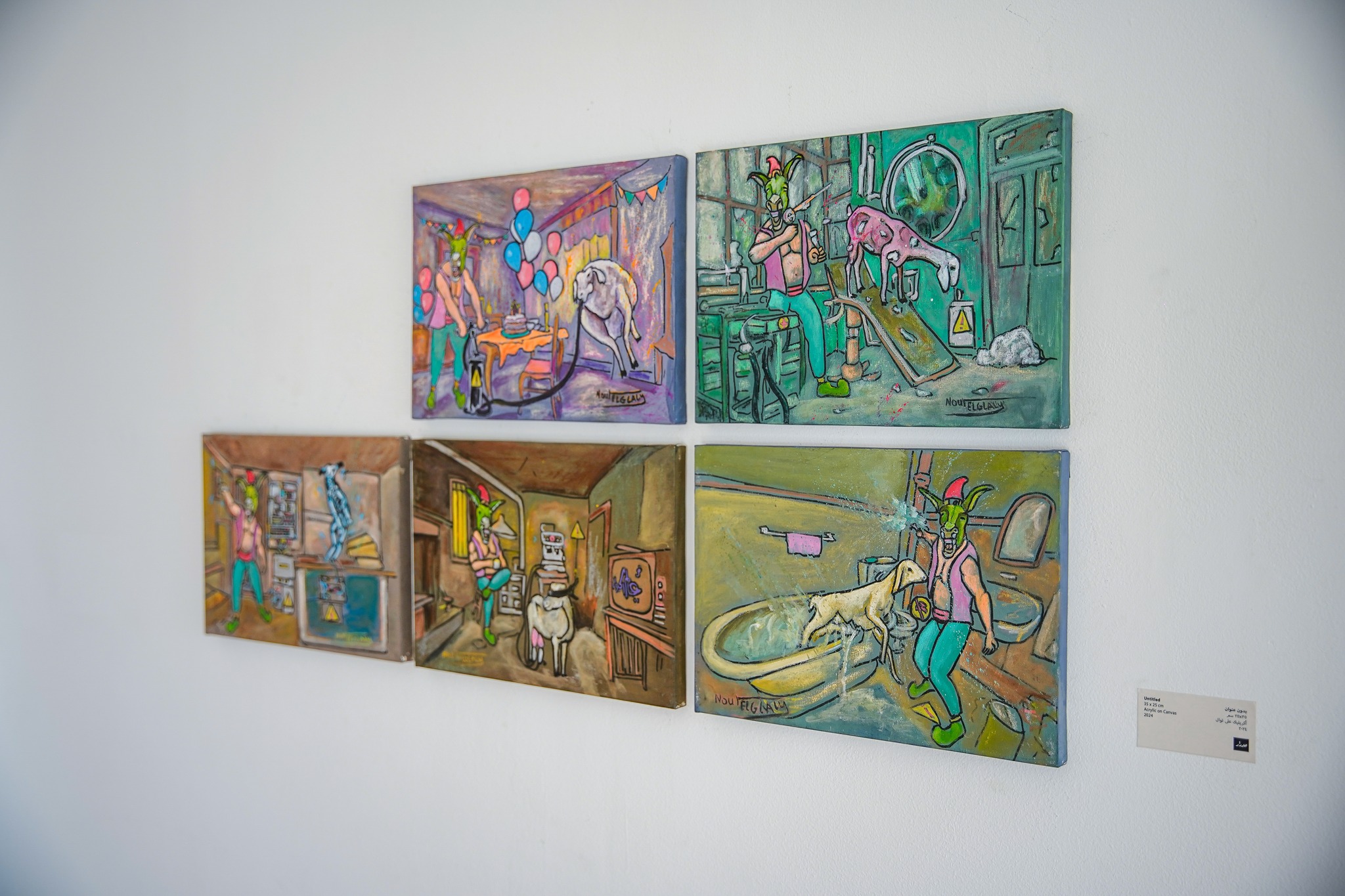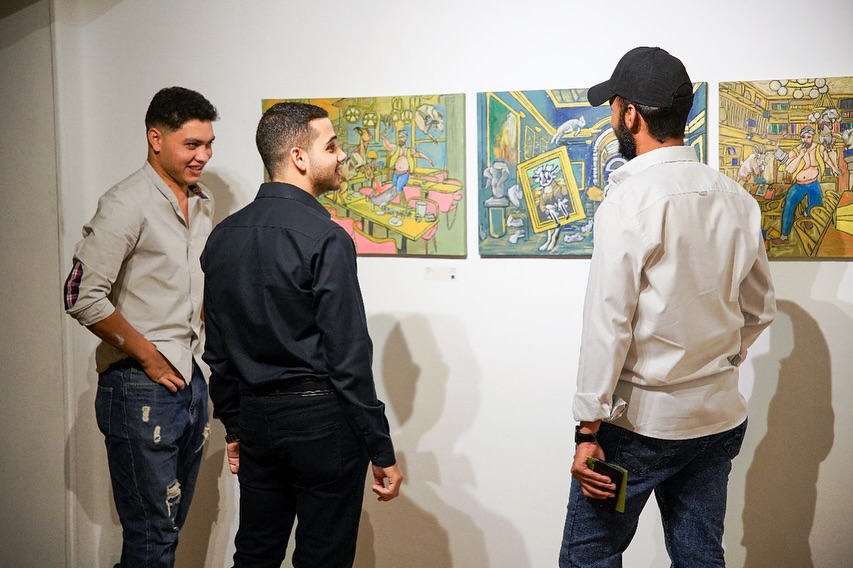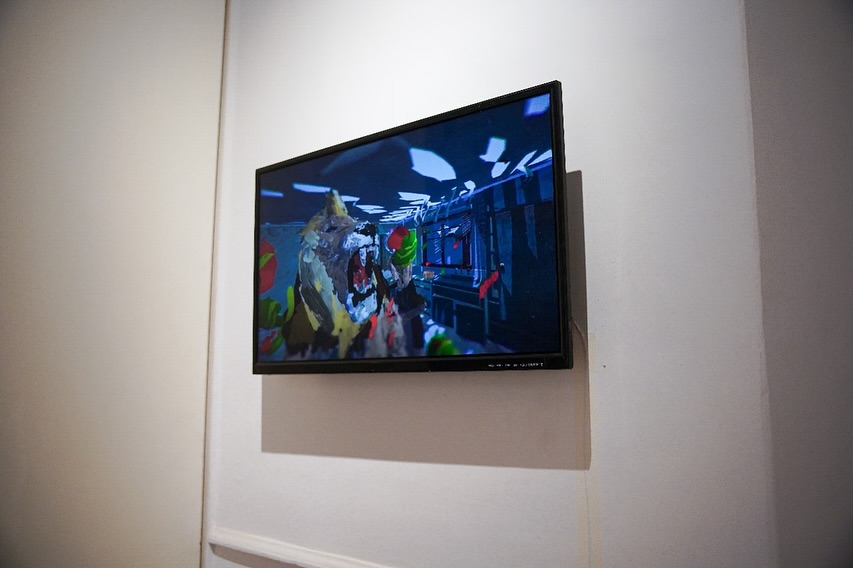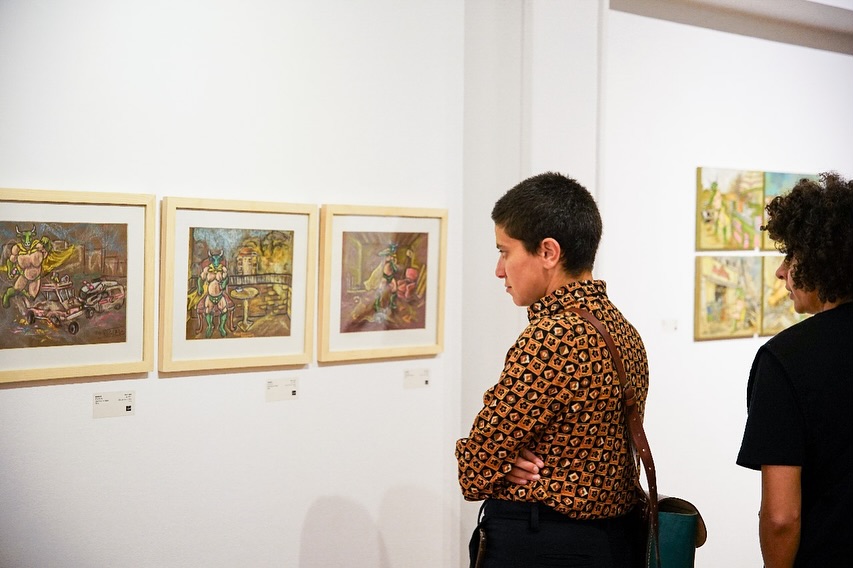Join us for the opening night, on Sunday,12th of January, 2025, at 7 PM at Medrar.
While public space functions as a realm for social interaction, it simultaneously acts as a contested field where forces of order and freedom intersect, in which the dynamics between urban design, surveillance, and street culture intertwine, reshaping the concepts of center and periphery.
“Along the Way” examines the power dynamics within the city, questioning the nature of public space and how rapid transformations reshape its role in everyday life. The exhibition explores the politics of land and place, shifts in urban planning, and the contradictions between order and chaos, freedom and authority, providing a critical perspective on the interaction between urban design and alternative forms of engagement, such as self-organization, improvisation, and irony.
The exhibition features works by three artists: Tawfig, Abdelrahman Mahmoud, and Dalila Hassanein. In Tawfig’s works, stories emerge from characters of various age groups from Upper Egypt, all bound by the shared driving profession. They navigate the same congested, endless roads, yet each has a unique story and a distinct personality. Portrayed in a caricatured style, these narratives balance simplicity and intricacy, through socially charged humor. Relying on a variety of materials, Tawfig highlights the adventures of his characters within a satirical social context: figures like Uncle Gamil, driving his Chevrolet, and Uncle Naiel, at the wheel of his Peugeot 504, are both marked by carefree simplicity. Meanwhile, Abu Elala, a young bulldozer operator and debris removal worker, appears proficient in his craft yet distant from realizing a more fulfilling life. In his work, Tawfig employs digital drawing techniques, and experiments with ink on book pages and printed paper.
Abdelrahman Mahmoud’s work reflects his personal experiences navigating the city and its diverse spaces, observing the contradictions that surround him—where chaos and freedom intersect. He raises questions about the impact of these tensions and the influence of the urban environment on shaping his perceptions of the city as a space for existence. For Mahmoud, the city transforms into a living stage, unraveling meanings of freedom and disorder. His compositions are filled with interwoven lines, using oil paint on layered paper cutouts to document the individuals he encounters during his journeys. His works adopt a dreamlike effect, reflecting scenes that evoke fragmented memories and embody personal visions.
As for Dalila Hassanein, she offers an alternative perspective on the traffic barriers and cones that dominate Cairo’s streets. And while their design suggests practicality and ease of use, these objects are imbued with connotations of authority and control, shaping the dynamics of public spaces. Hassanein explores the compatibility between European urban design and local practices, questioning how tools, originally intended for regulation, often end up symbolizing urban chaos and social strain. Using fragile materials, and to highlight the intangible restrictions imposed by such objects on everyday life, Hassanein constructs installations that echo the city’s streetscape, subtly disrupting movement to mirror urban realities. Her works critique the subtle mechanisms of control inherent in everyday infrastructure, reflecting gestures of apathy and resistance that are etched into the surfaces and walls of the urban landscape.
The exhibition runs until Sunday, 2nd of February, 2025, Open daily from 4 to 9 PM, except Friday.
Address: Medrar, 10 Gamal Eldin Abo ElMahasen, Garden City, Cairo.
